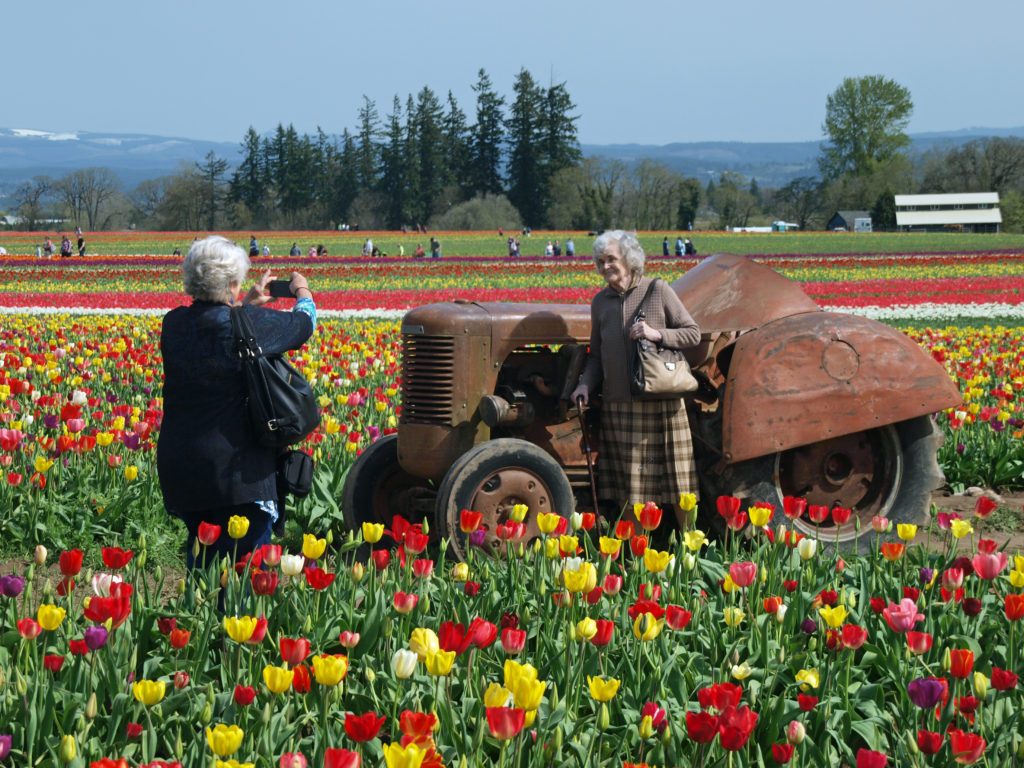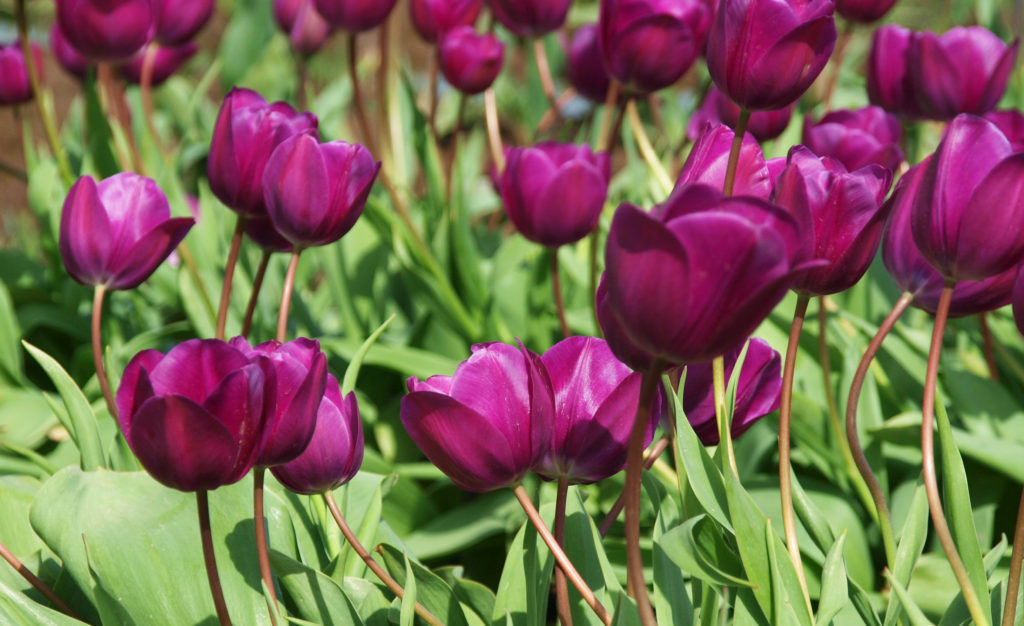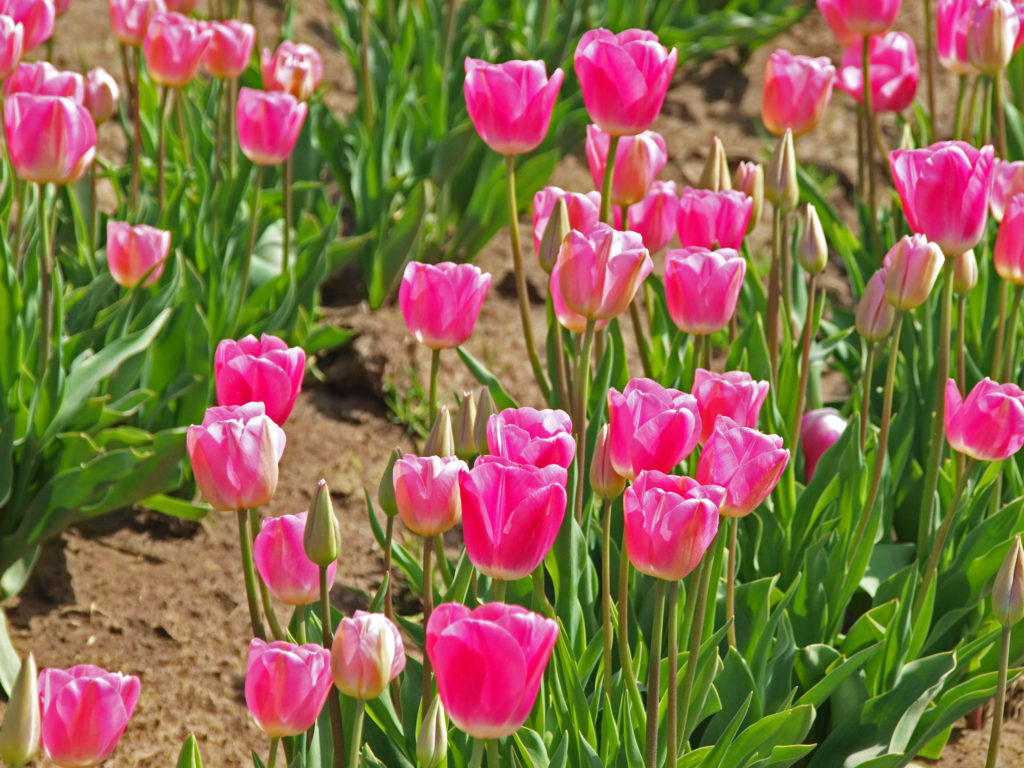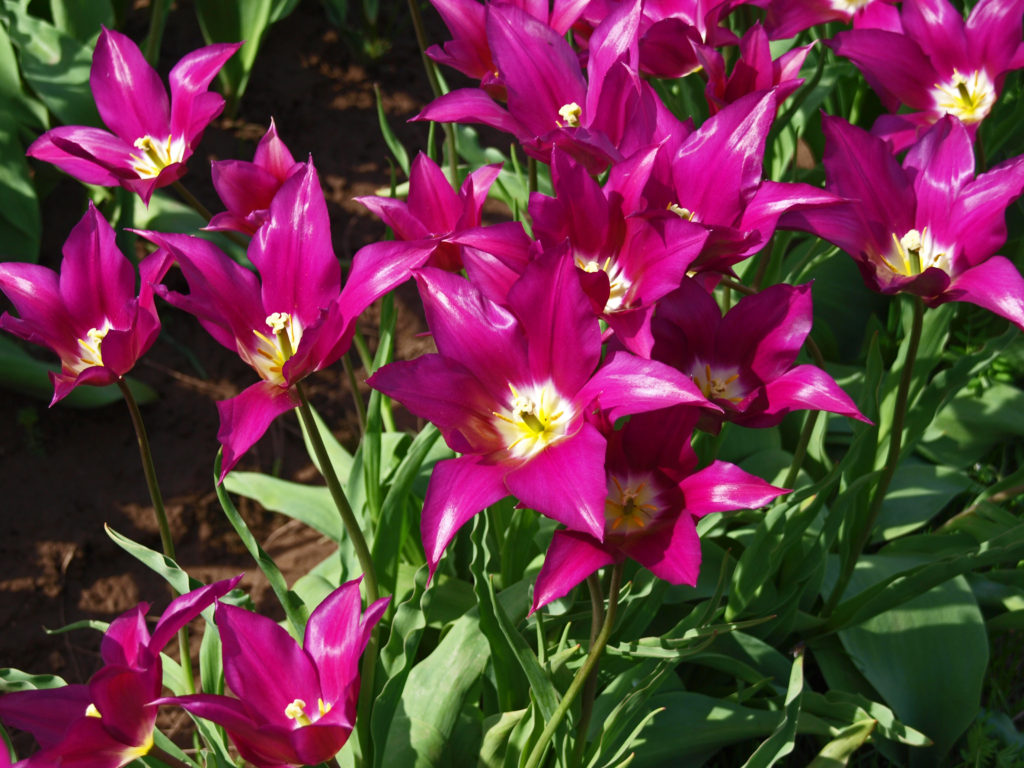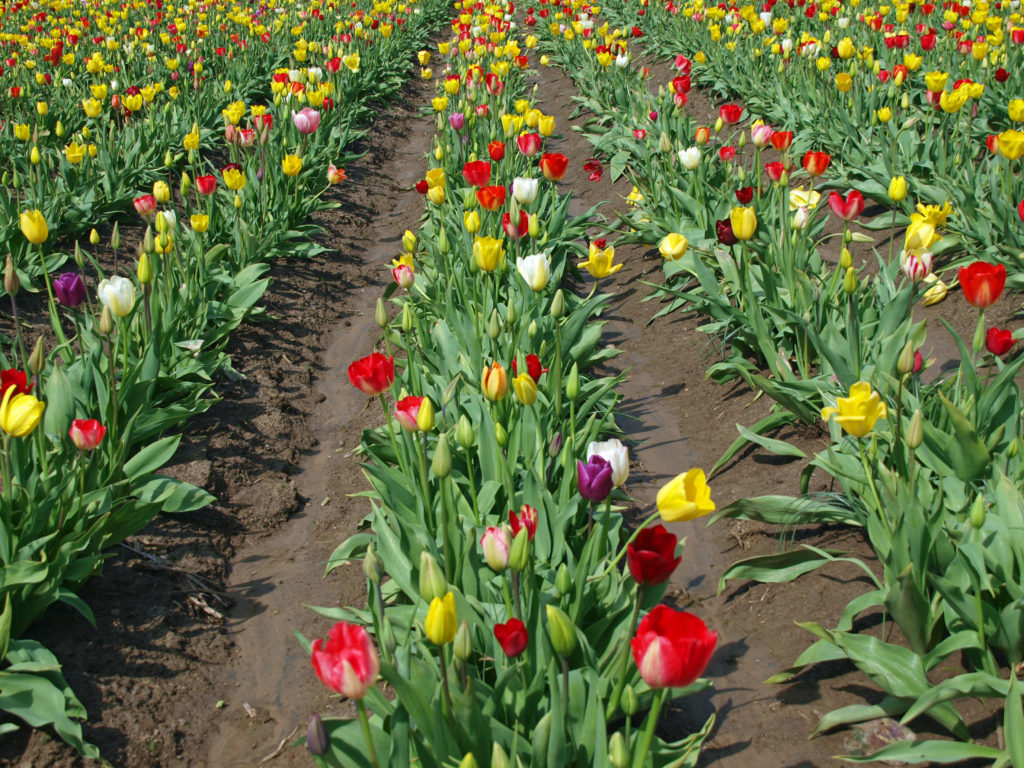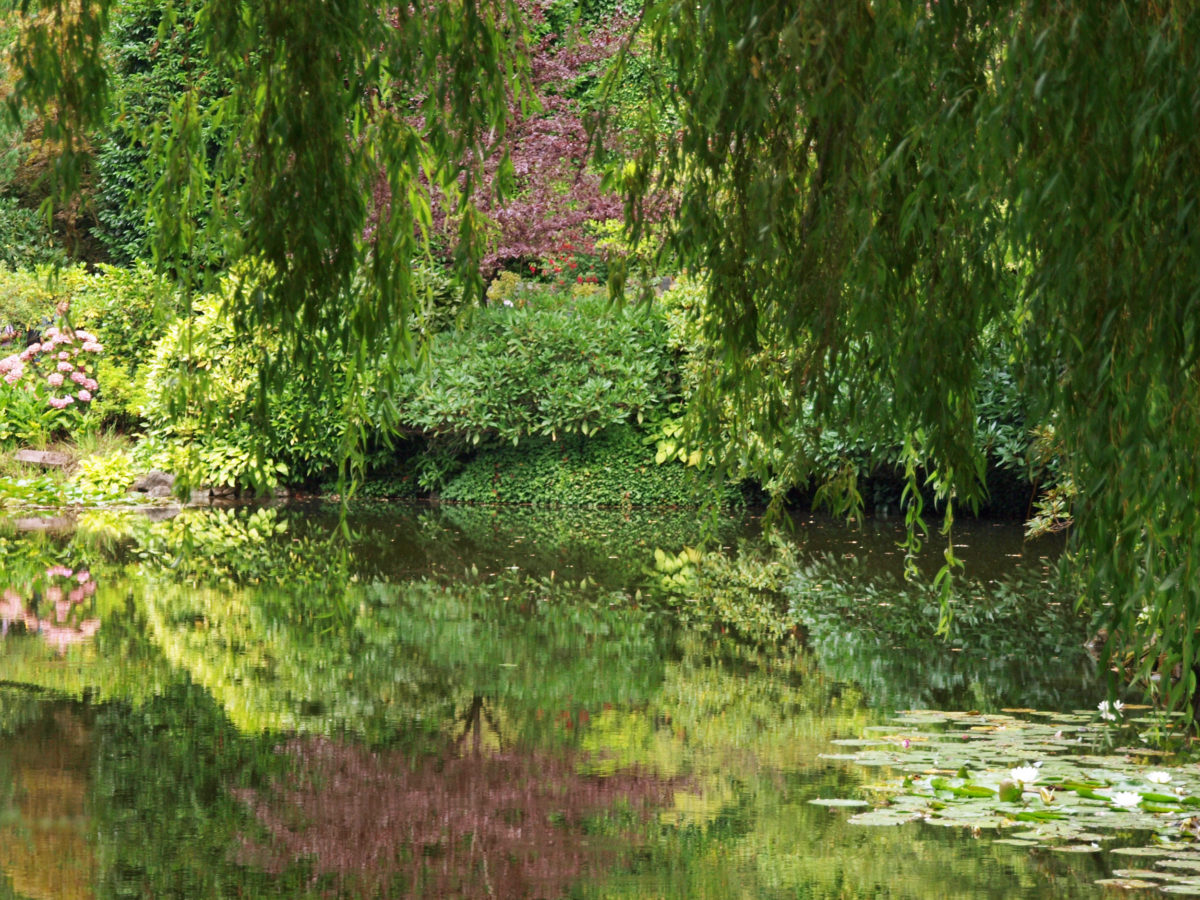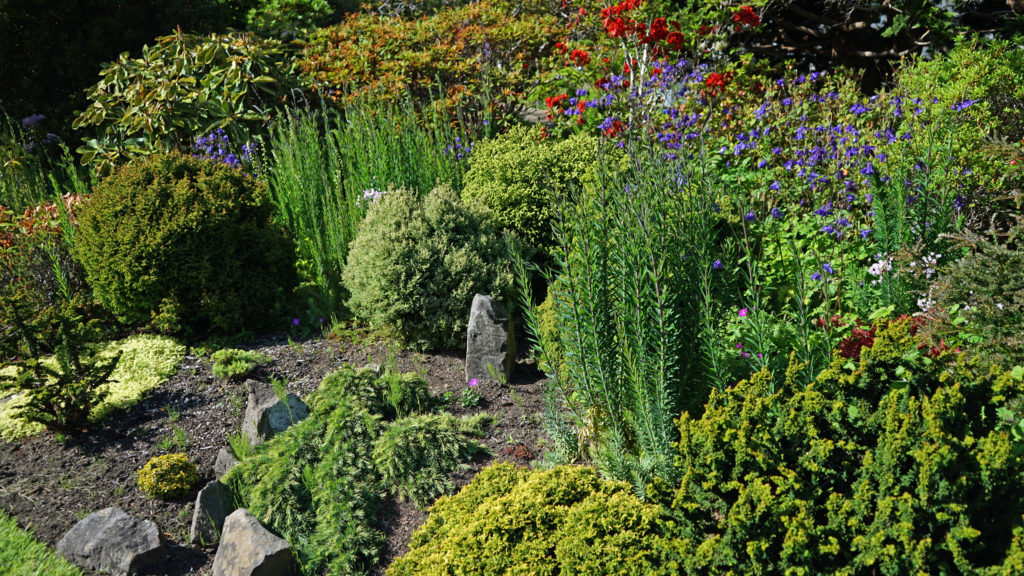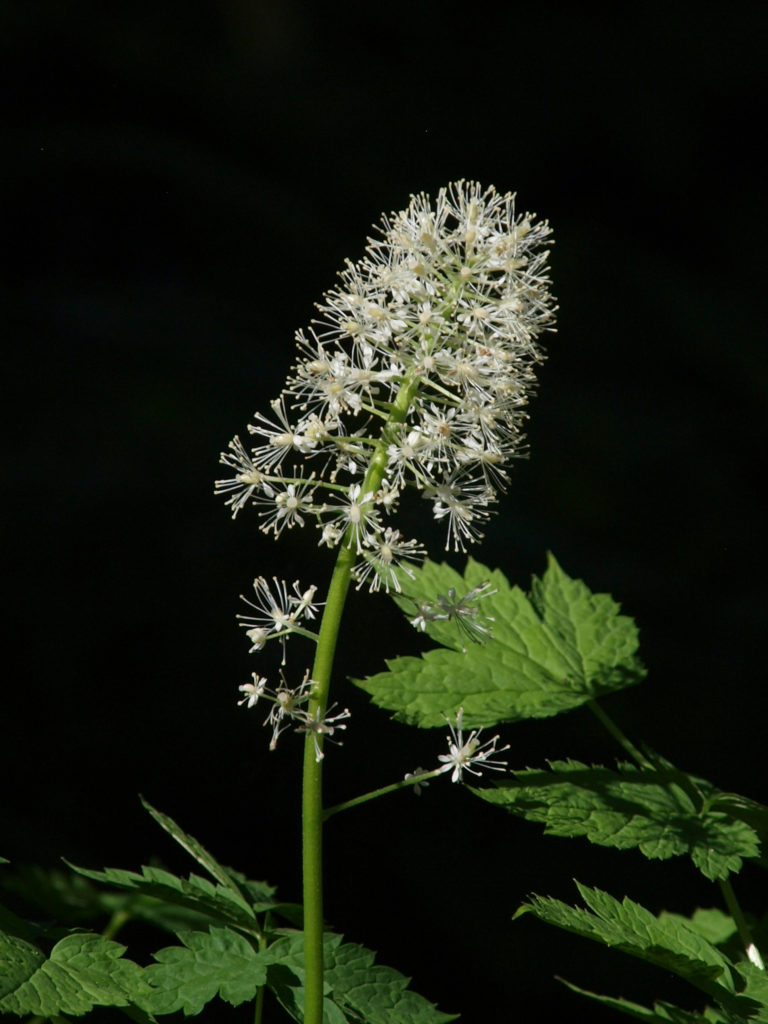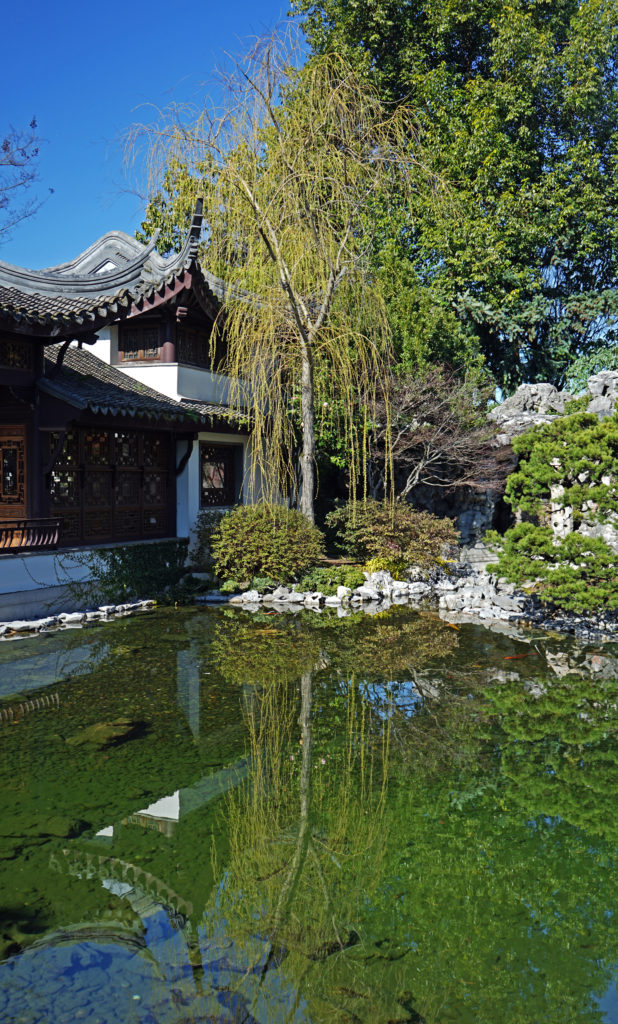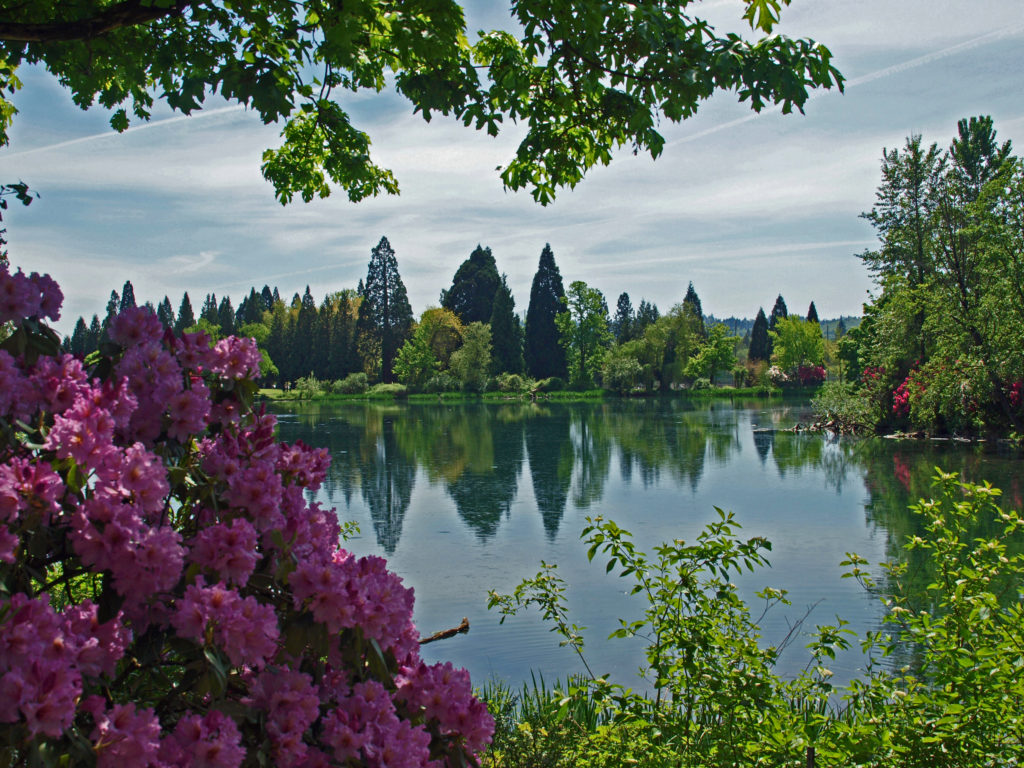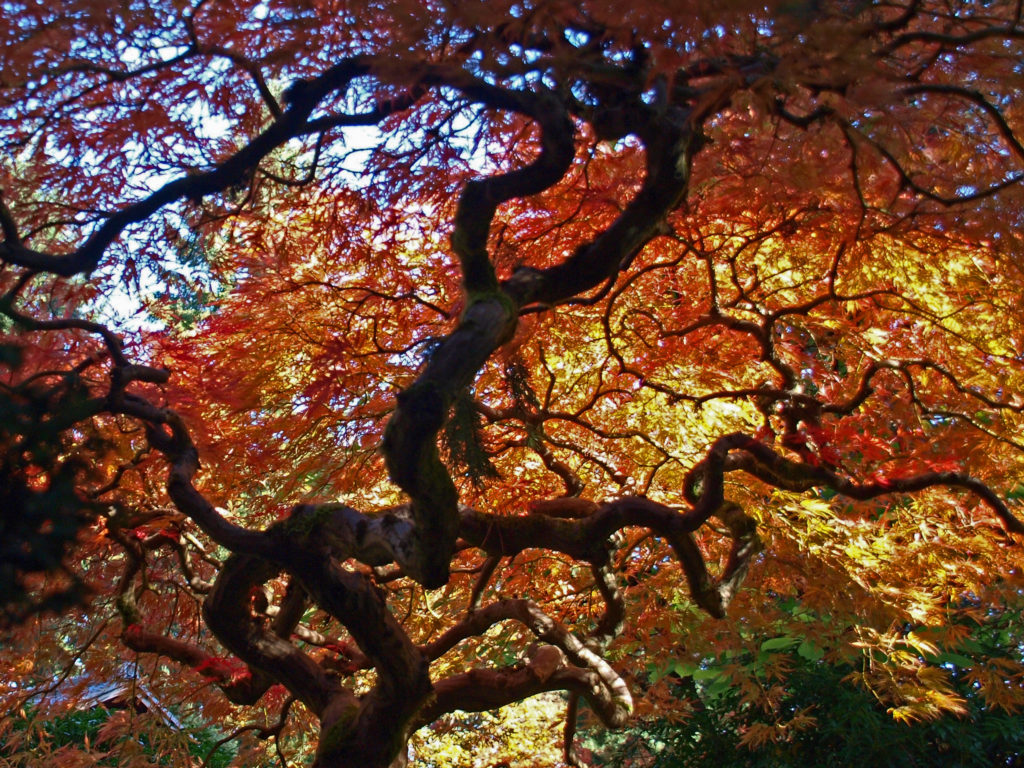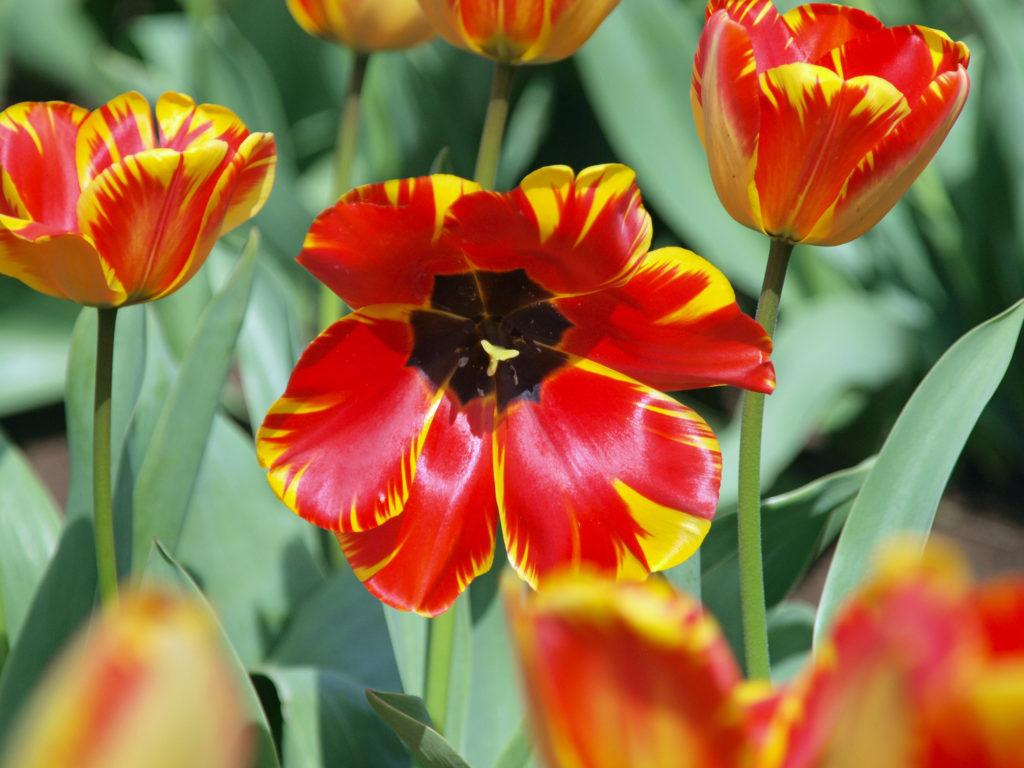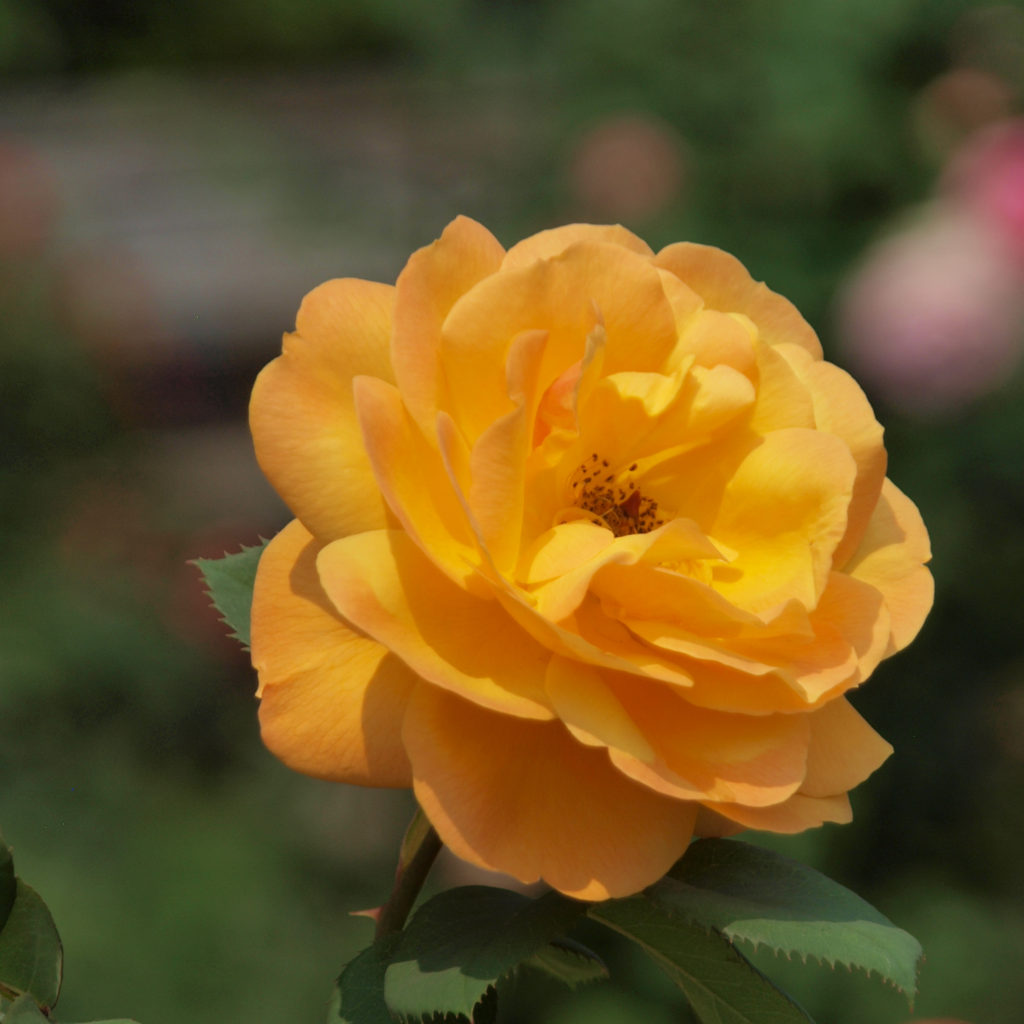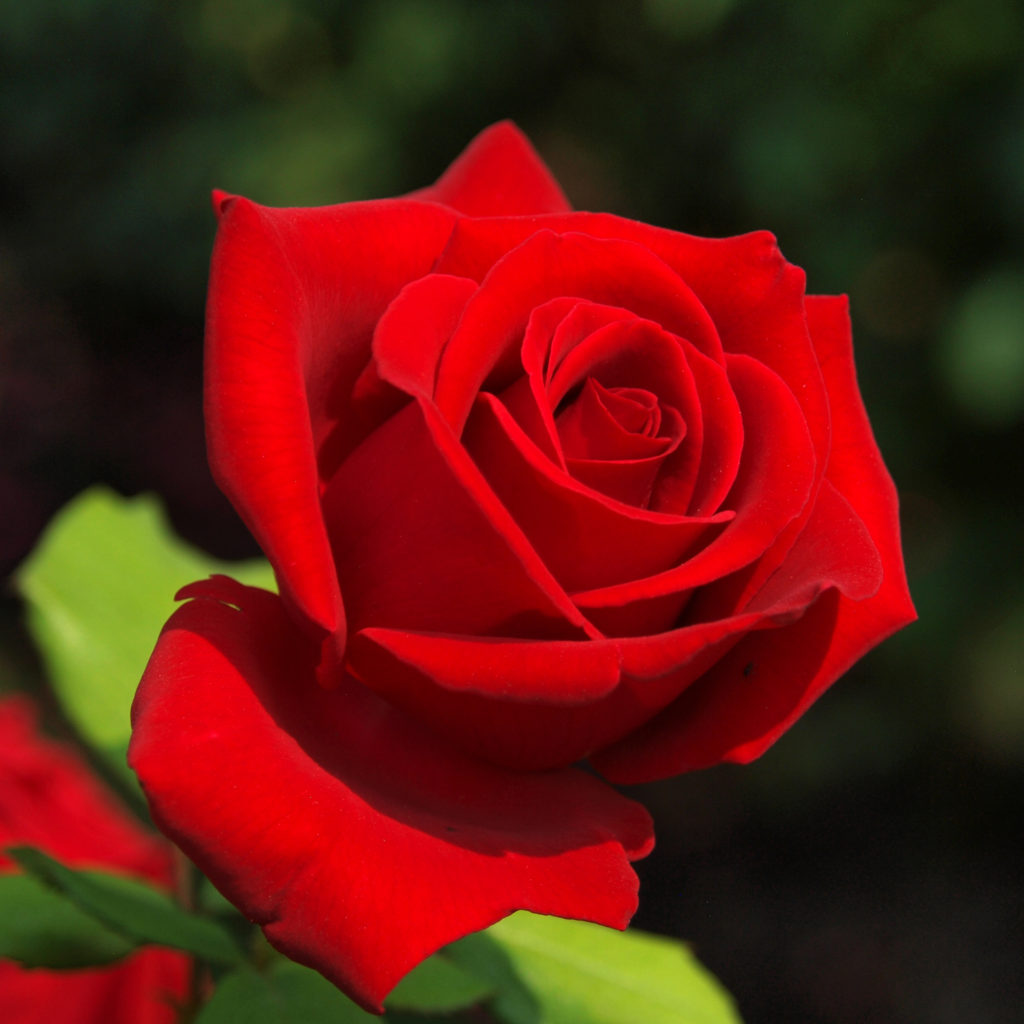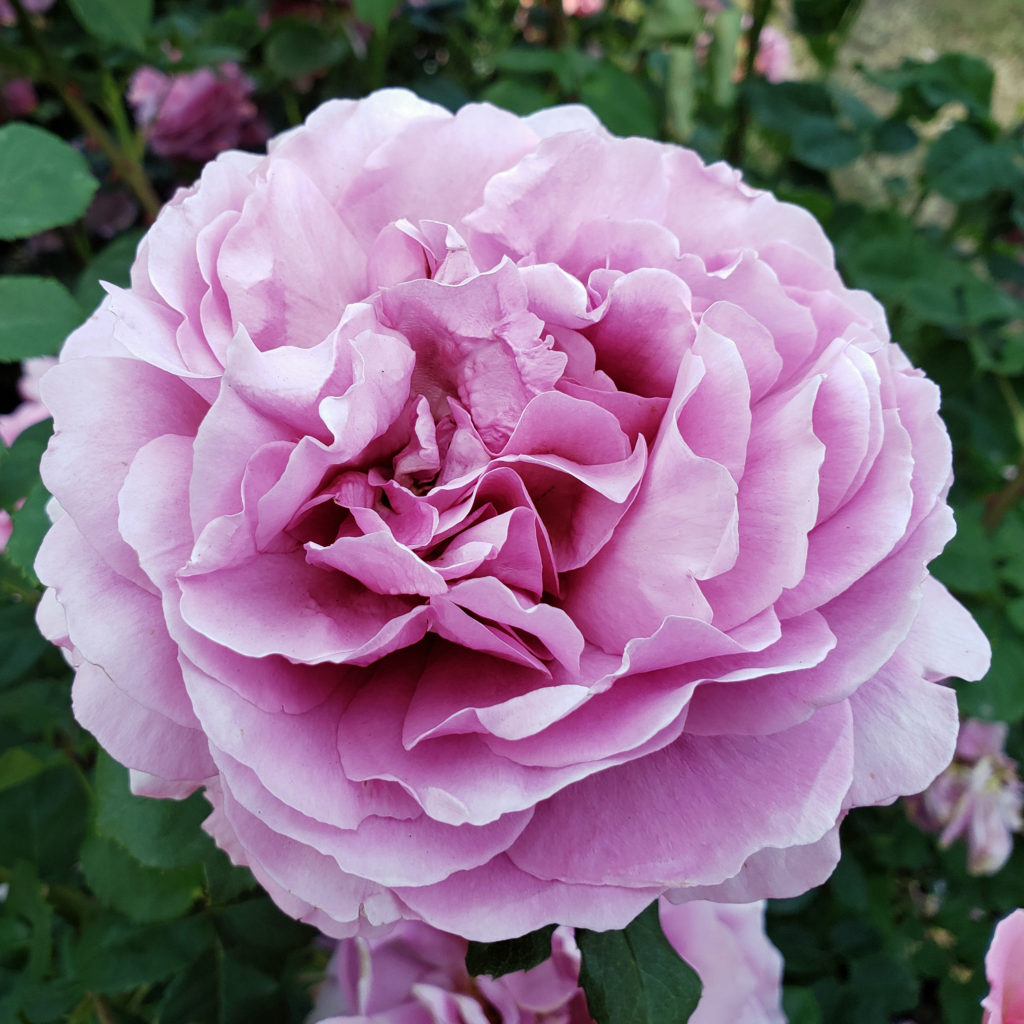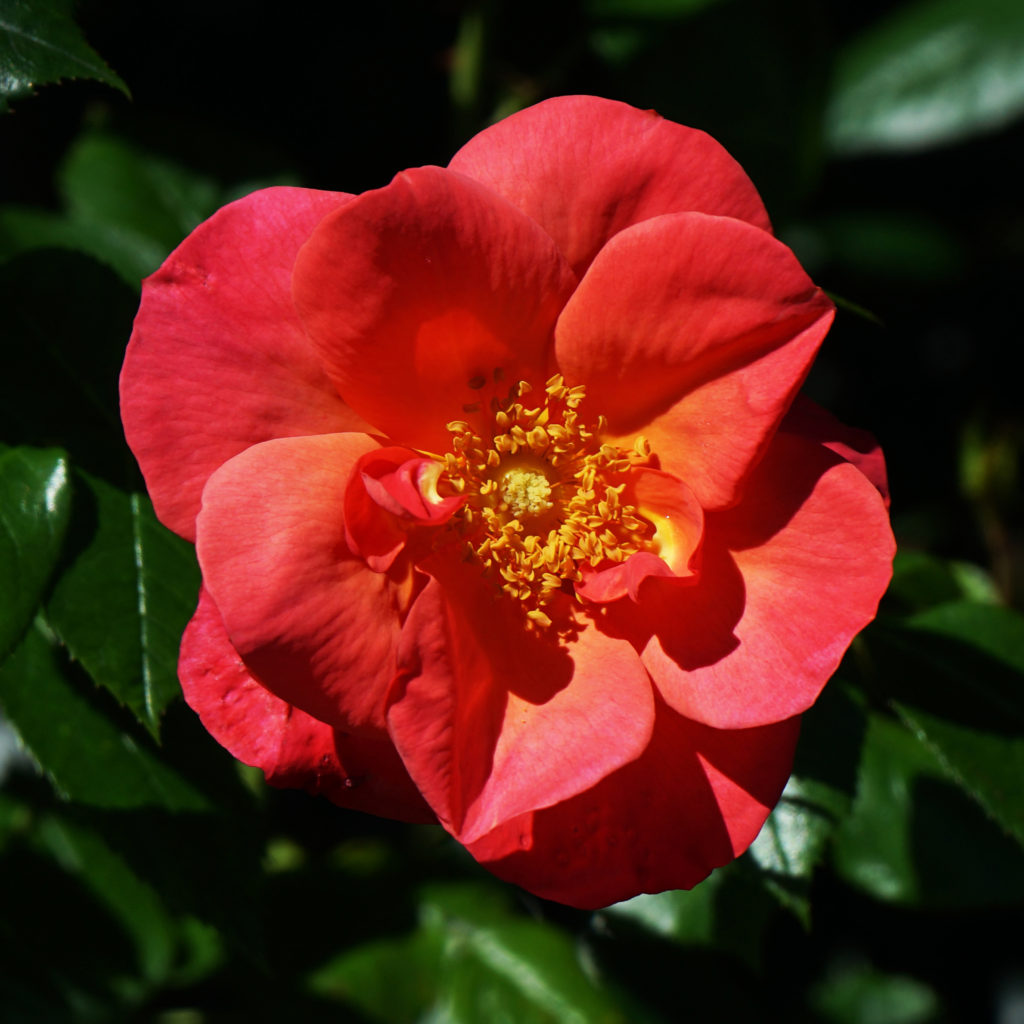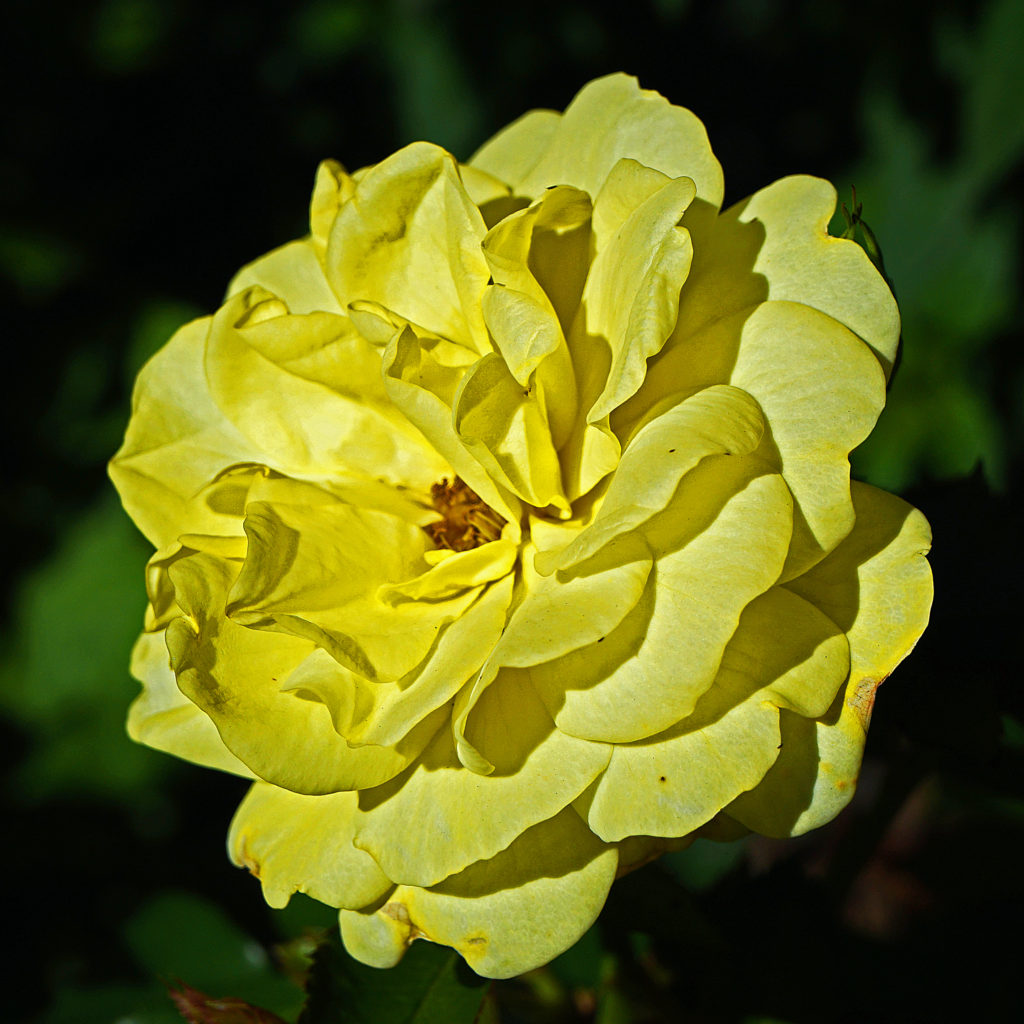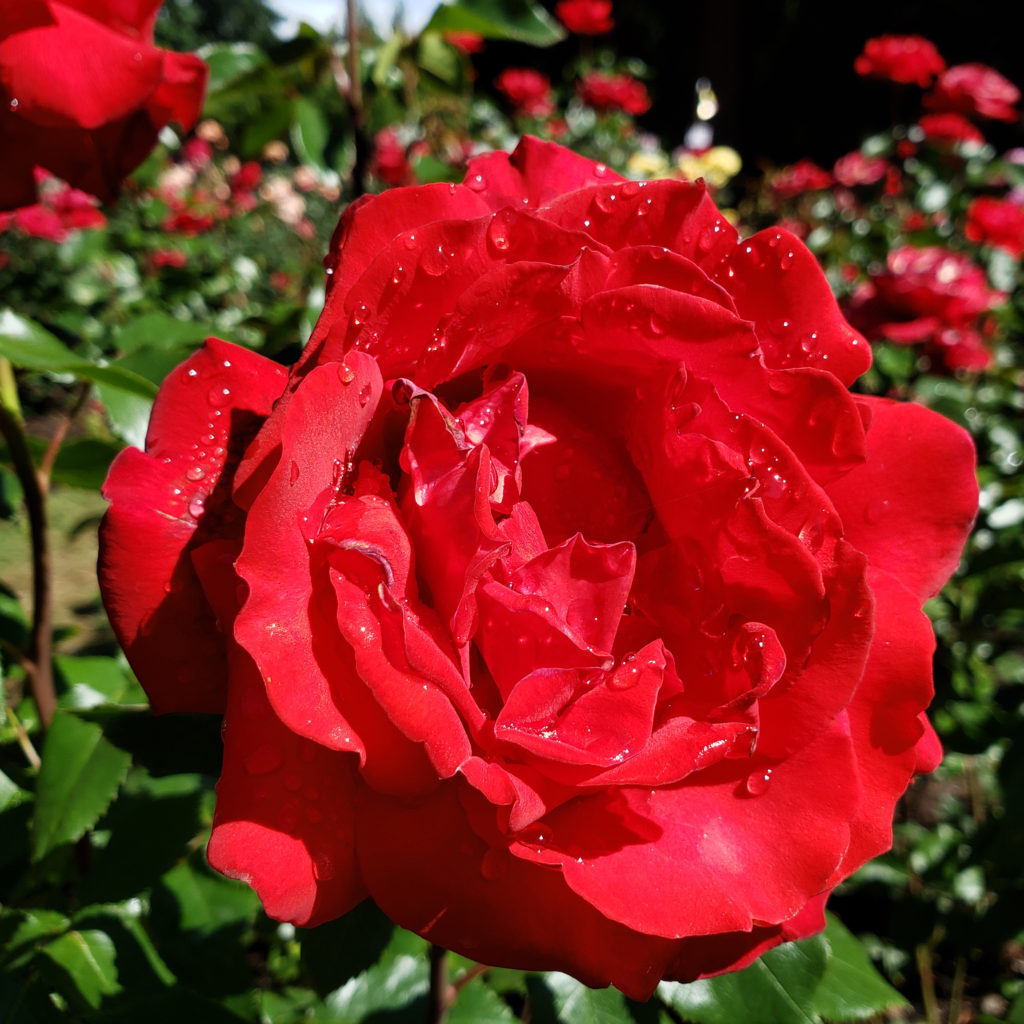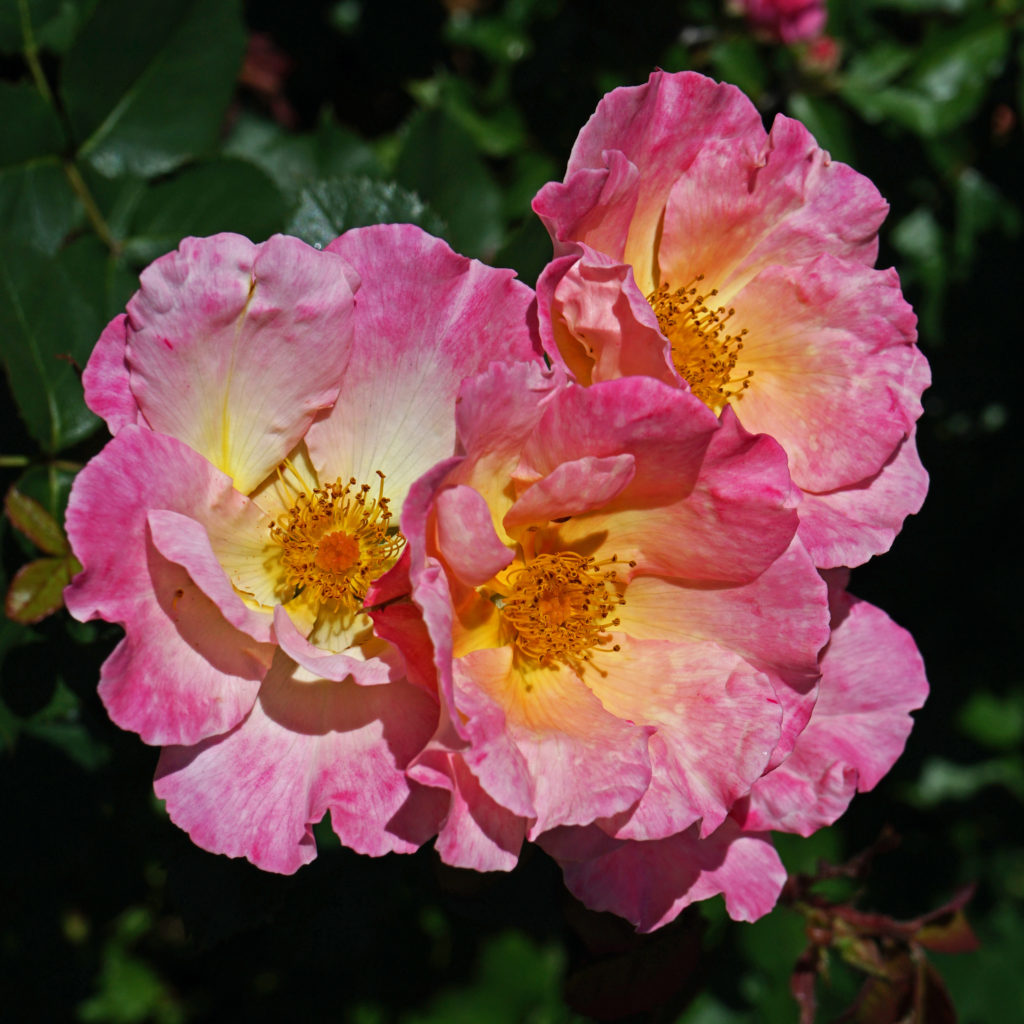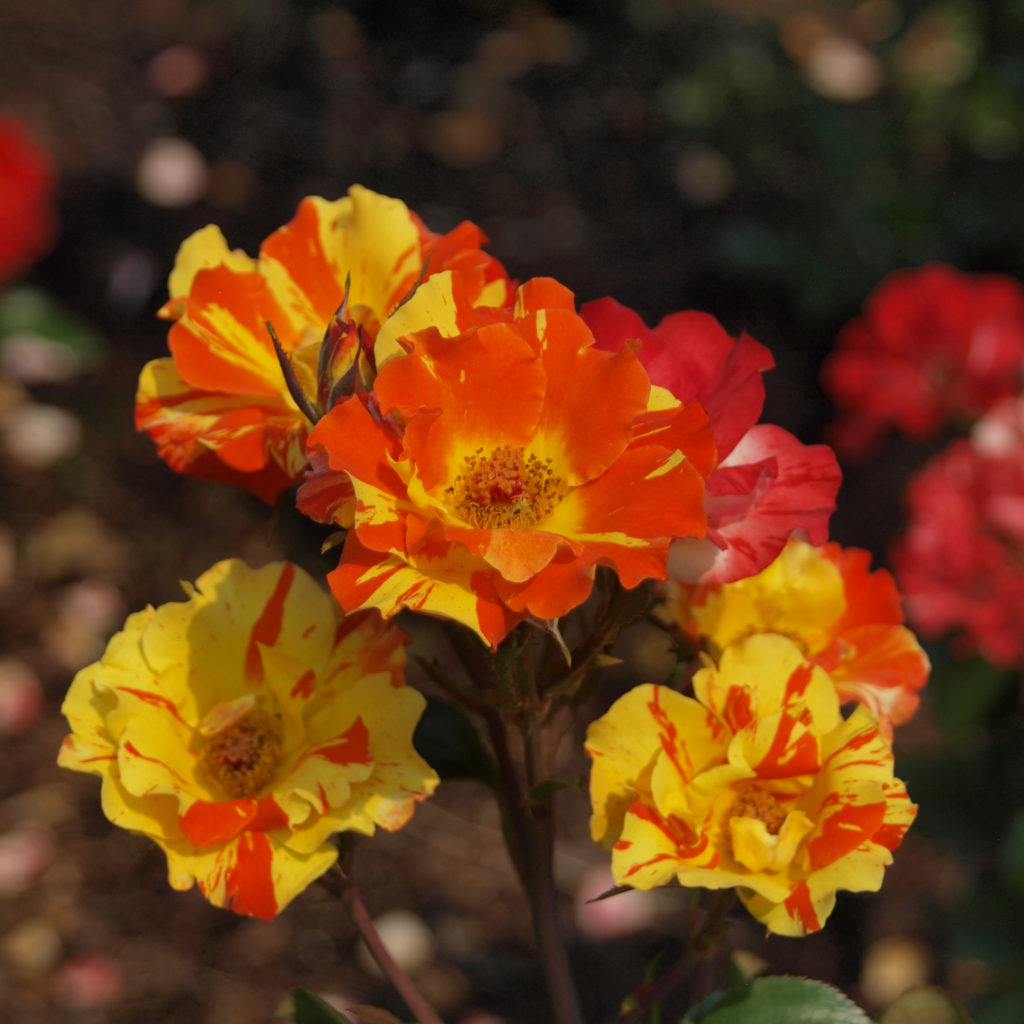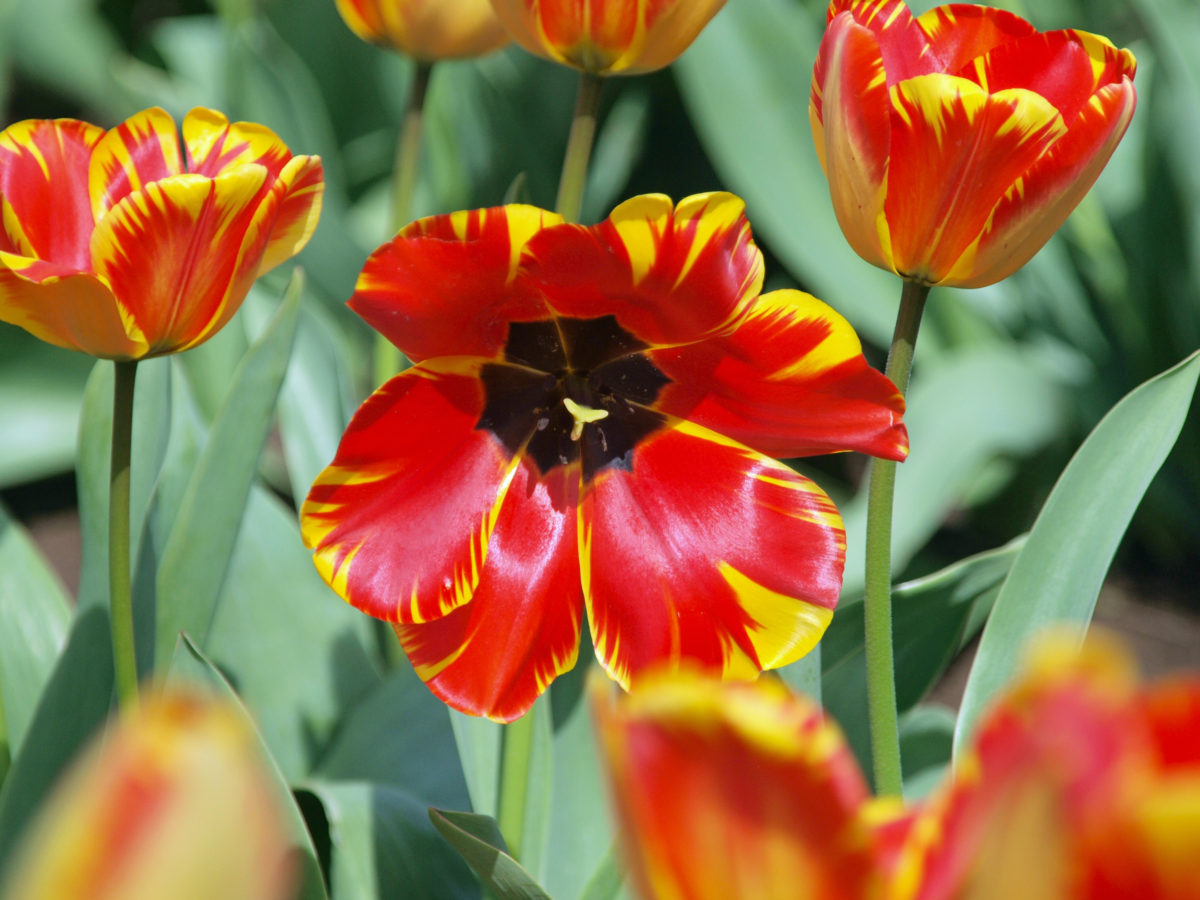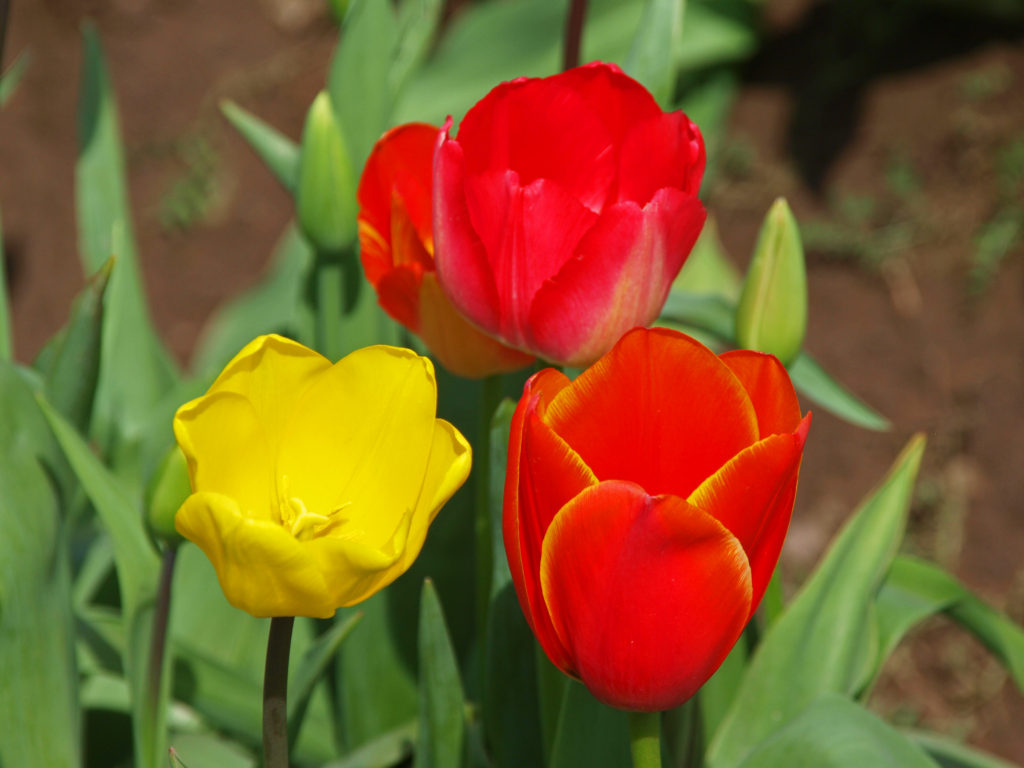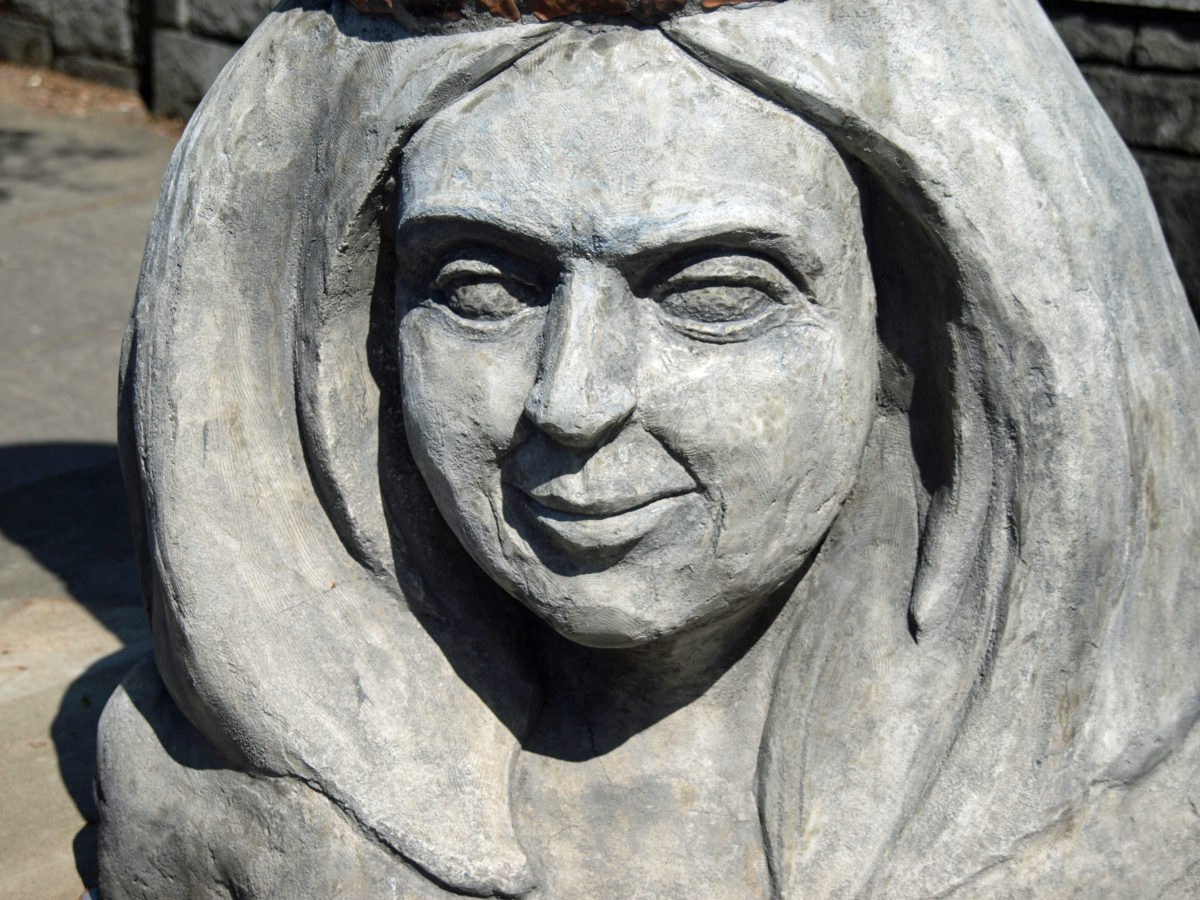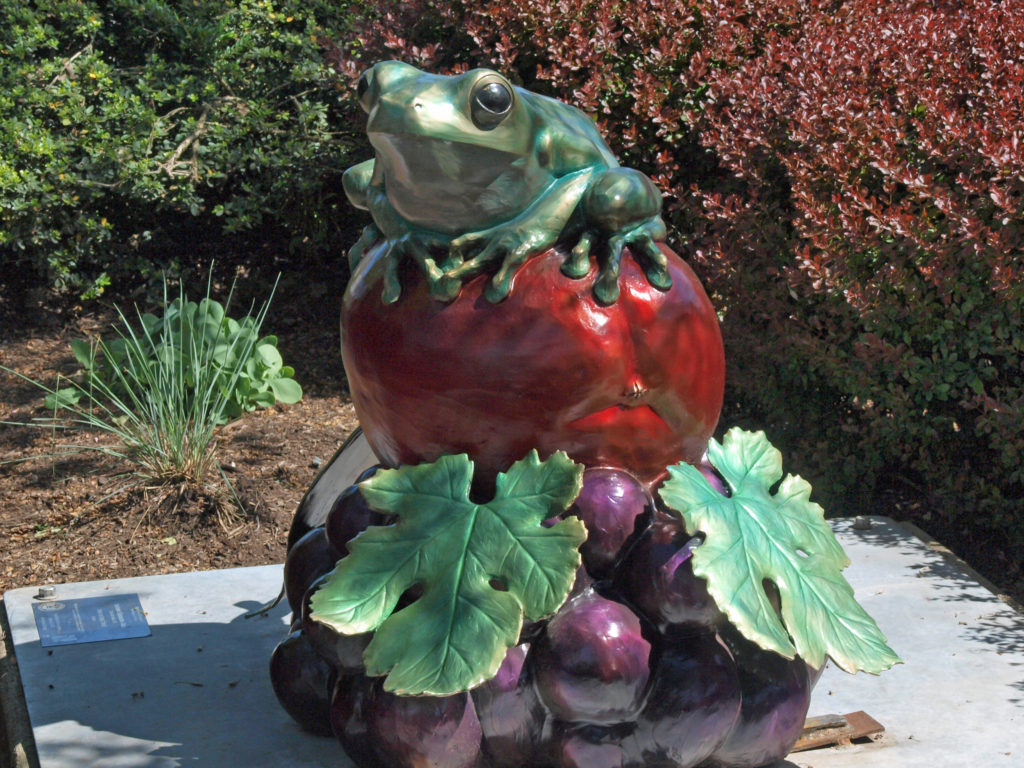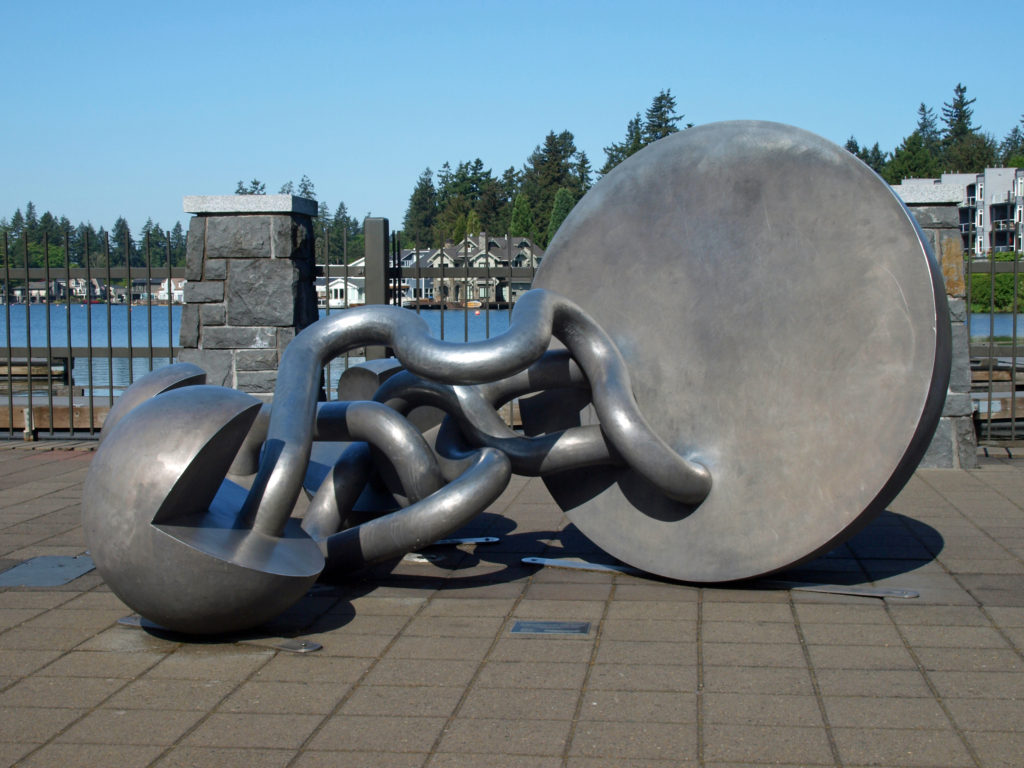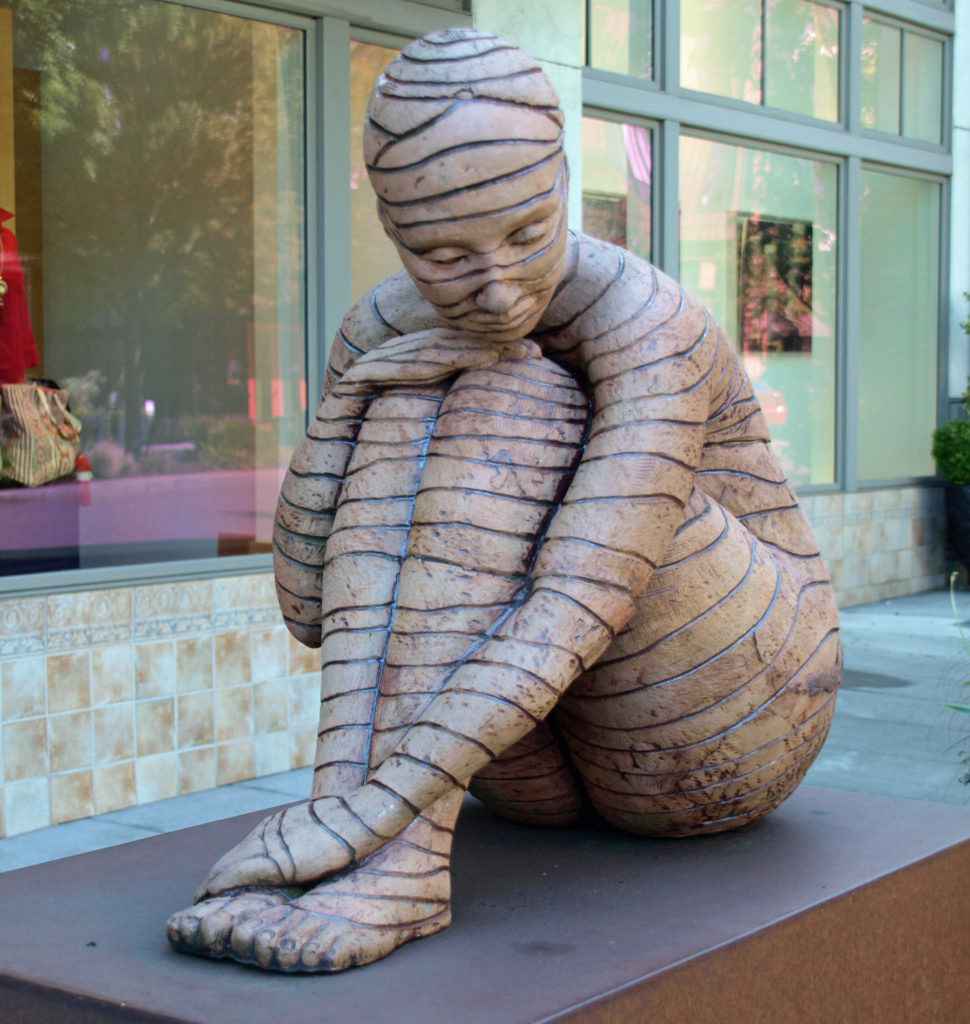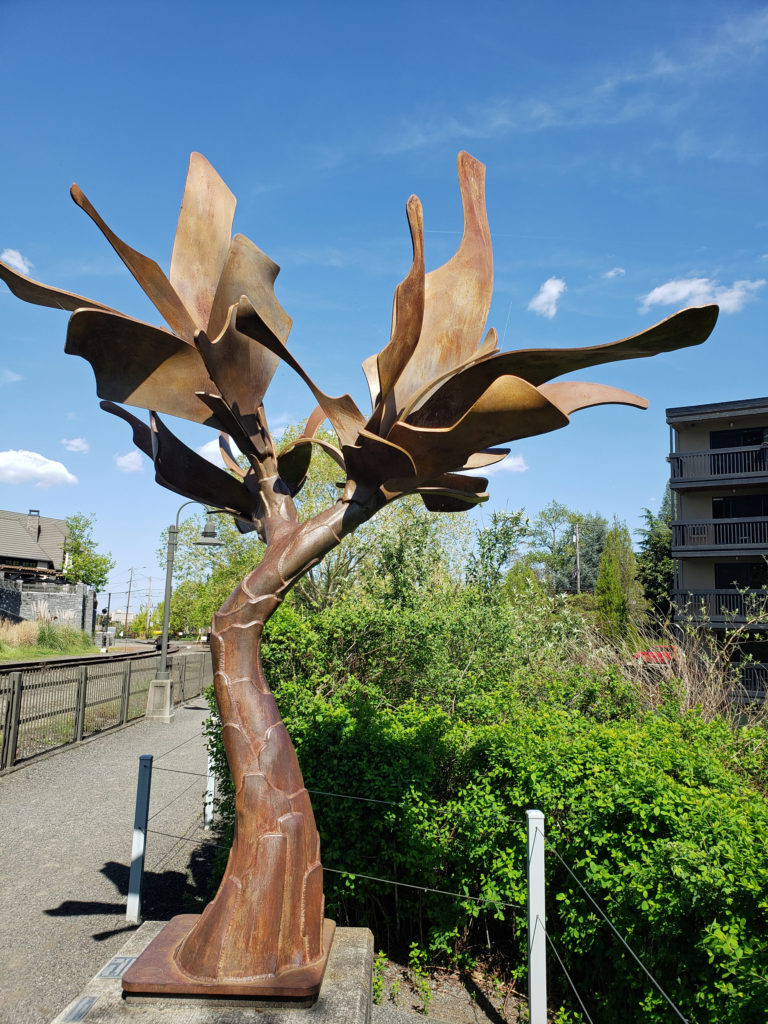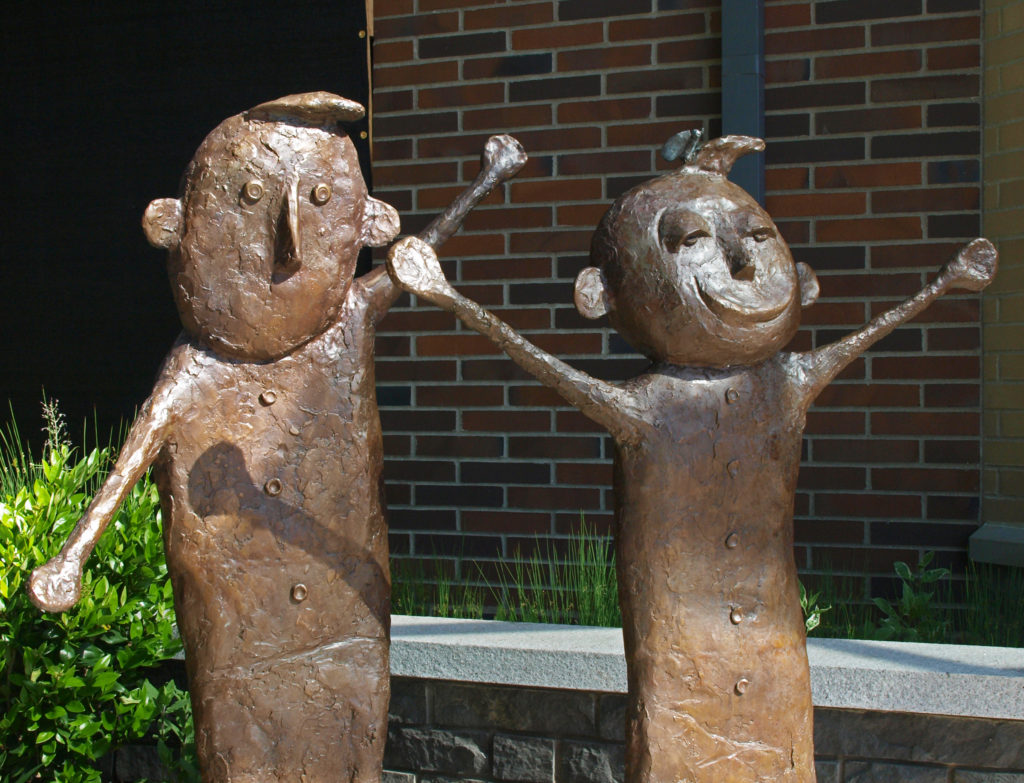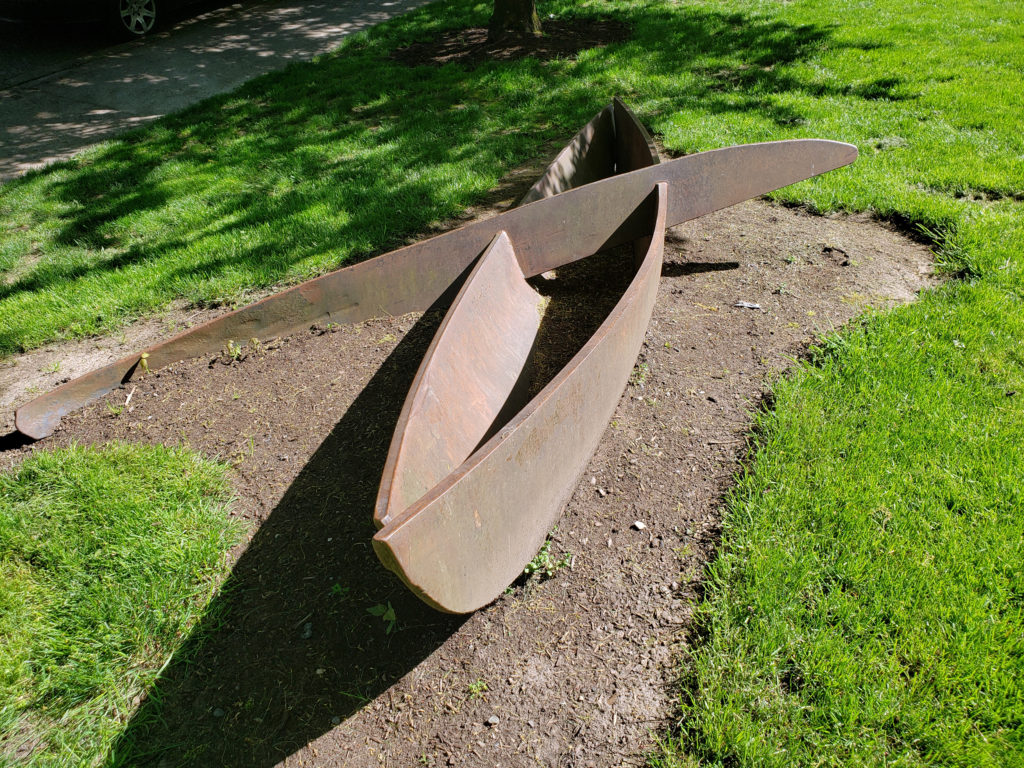by Alan K. Lee
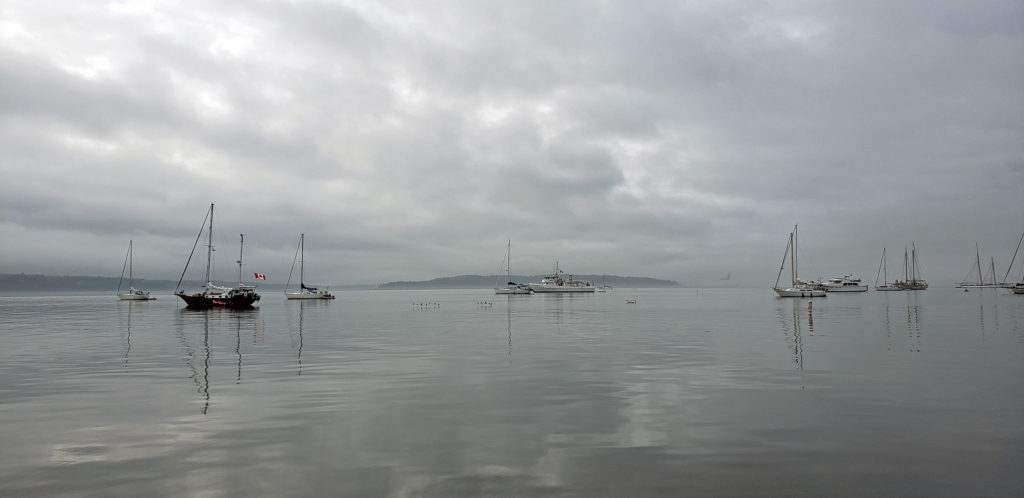
Port Townsend has long been one of my favorite towns in the Pacific Northwest. Port Townsend has it all – a beautiful setting on Puget Sound, some of the best preserved Victorian homes and buildings in the Northwest, an active maritime and boat building industry, a thriving arts community, fine food and drink, and a friendly populace.
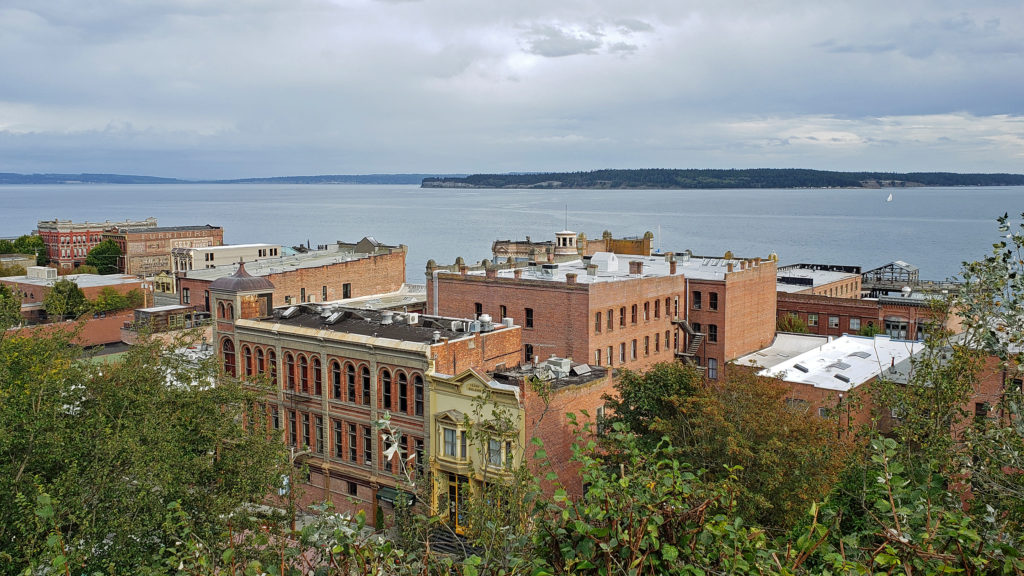
Port Townsend bills itself as a “Victorian Seaport and Arts Community.” The town never became the major seaport that its early promoters envisioned it becoming, but the Victorian character of the town has been well preserved, and the arts community is thriving.
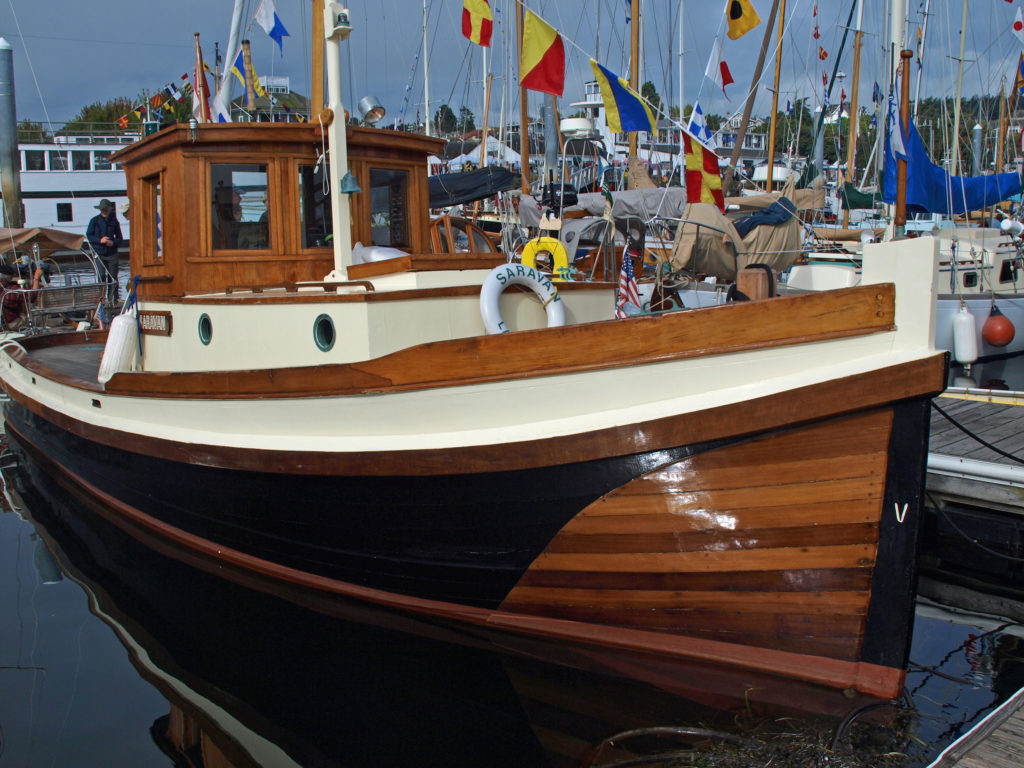
Although Port Townsend is no longer a player in the shipping industry, sailing and the marine trades, and maritime life are ingrained in the town’s culture. The hugely popular Wooden Boat Festival grew out of the revival of interest in wooden boats that began in the 1970s. The festival led to the creation of the Northwest Maritime Center, located in Port Townsend’s historic downtown. Today, the center conducts classes in sailing, maritime skills, and the traditions of maritime life.
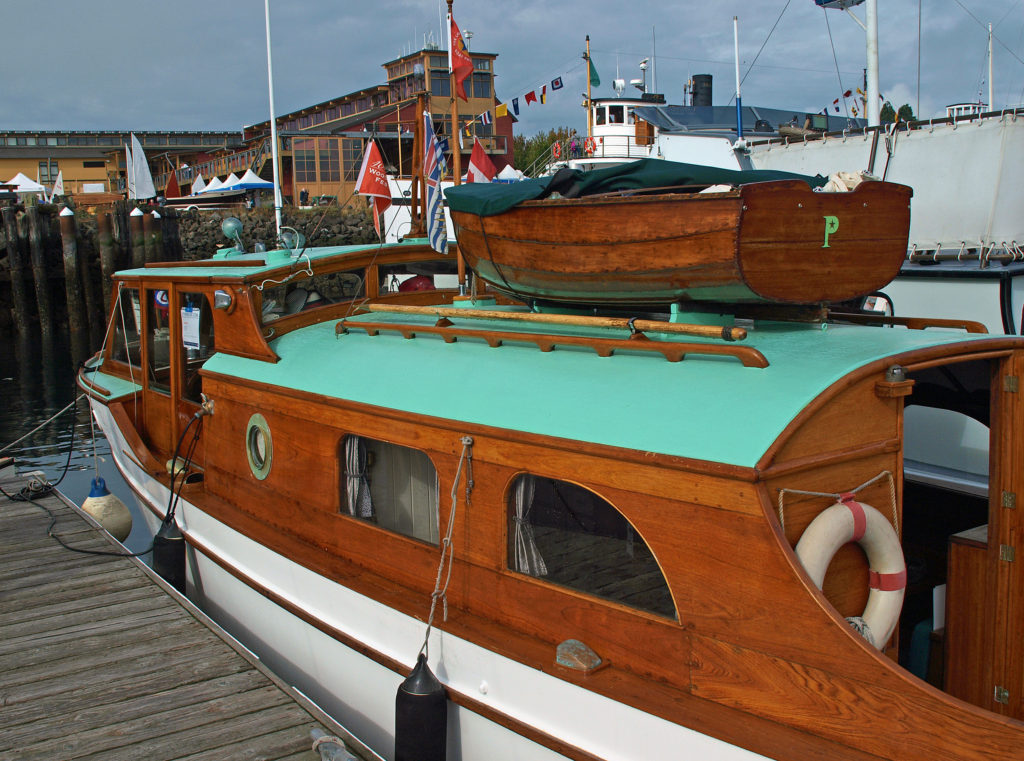
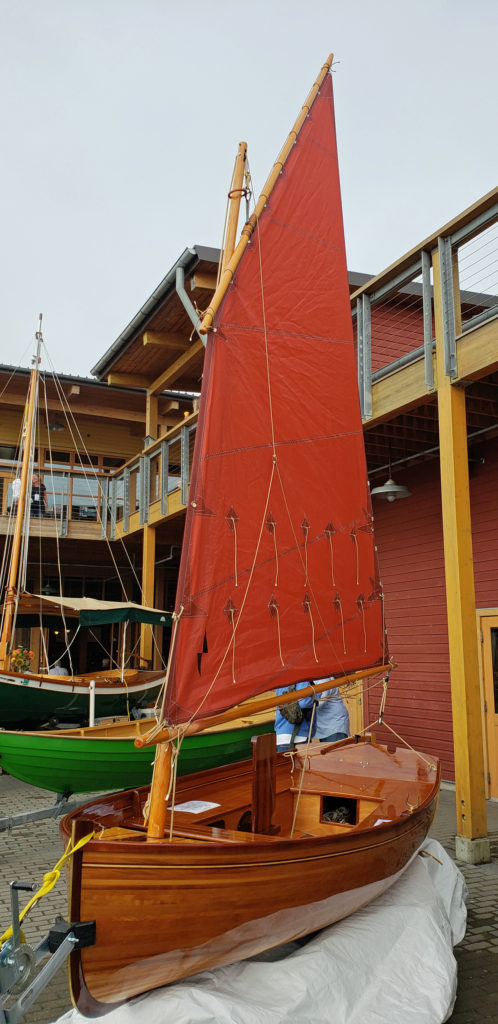 Wooden sailing ships were key to the town’s early economy and history, and the boatbuilding and woodworking crafts live on in Port Townsend. The Northwest School of Wooden Boat Building in nearby Port Hadlock and the Port Townsend School of Woodworking help preserve and promote the skills that were so vital to the early history of Port Townsend.
Wooden sailing ships were key to the town’s early economy and history, and the boatbuilding and woodworking crafts live on in Port Townsend. The Northwest School of Wooden Boat Building in nearby Port Hadlock and the Port Townsend School of Woodworking help preserve and promote the skills that were so vital to the early history of Port Townsend.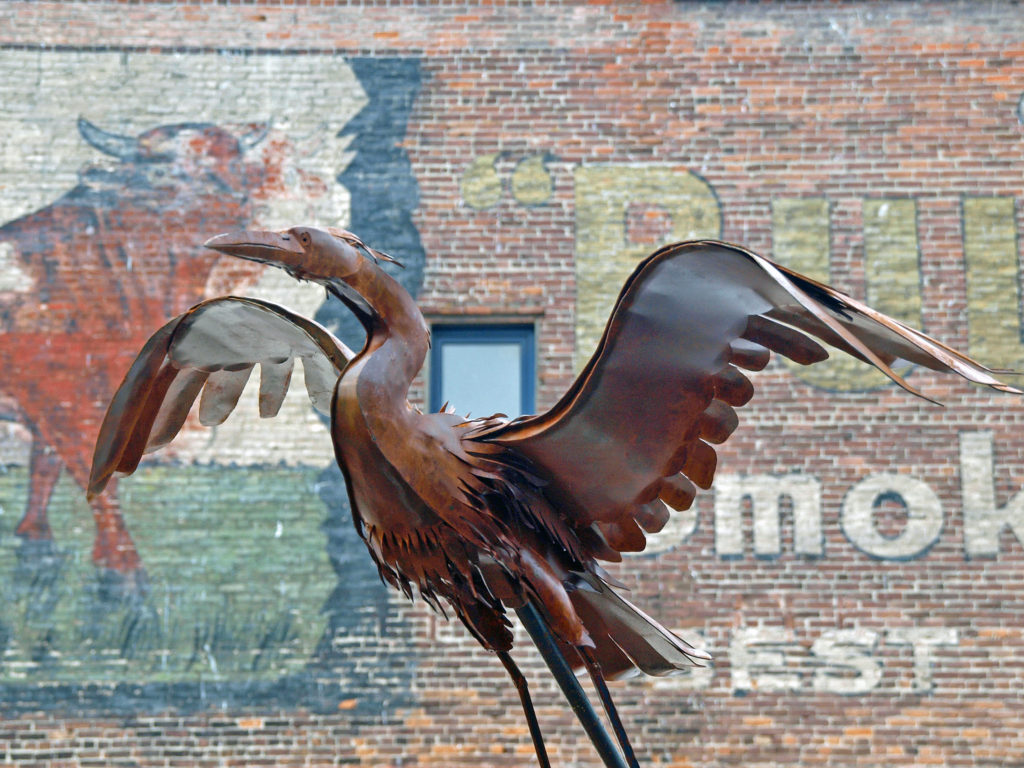
While its history is important to understanding Port Townsend, the town is anything but stuck in the past. Modern Port Townsend’s vibrant artists community is a reflection of the town’s modern aesthetic. You’ll find outdoor sculptures scattered throughout the town, and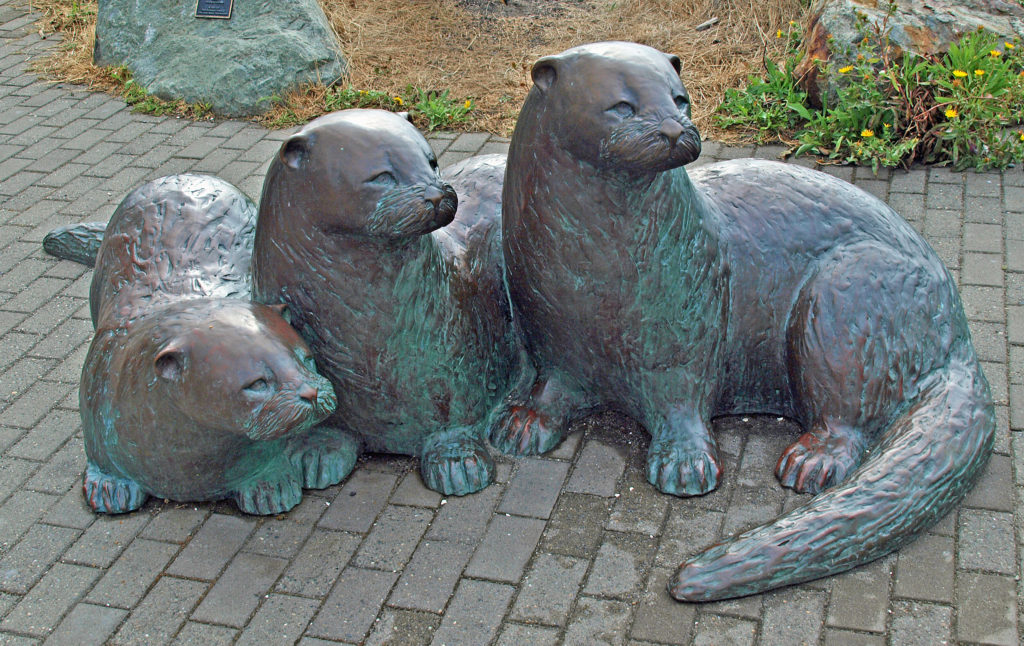 more than a dozen fine art and craft galleries can be found in the historic waterfront section of town.
more than a dozen fine art and craft galleries can be found in the historic waterfront section of town.
A variety of festivals throughout the year feature the performing arts. Music festivals include jazz and blues, ukulele and fiddle music, a classical concert series, and others, many presented by the Centrum Foundation. The annual Port Townsend Film Festival features more than 100 films presented in eight venues. The Key City Public Theatre puts on a Shakespeare In the Park series every August. The plays are presented on a “pay-what-you-wish” basis at Chetzemoka Park, on the waterfront a few blocks north of the historic district. And then there’s the steampunk lunacy of the more or less impossible to describe Brass Screw Consortium (aka Brass Screw Confederacy).
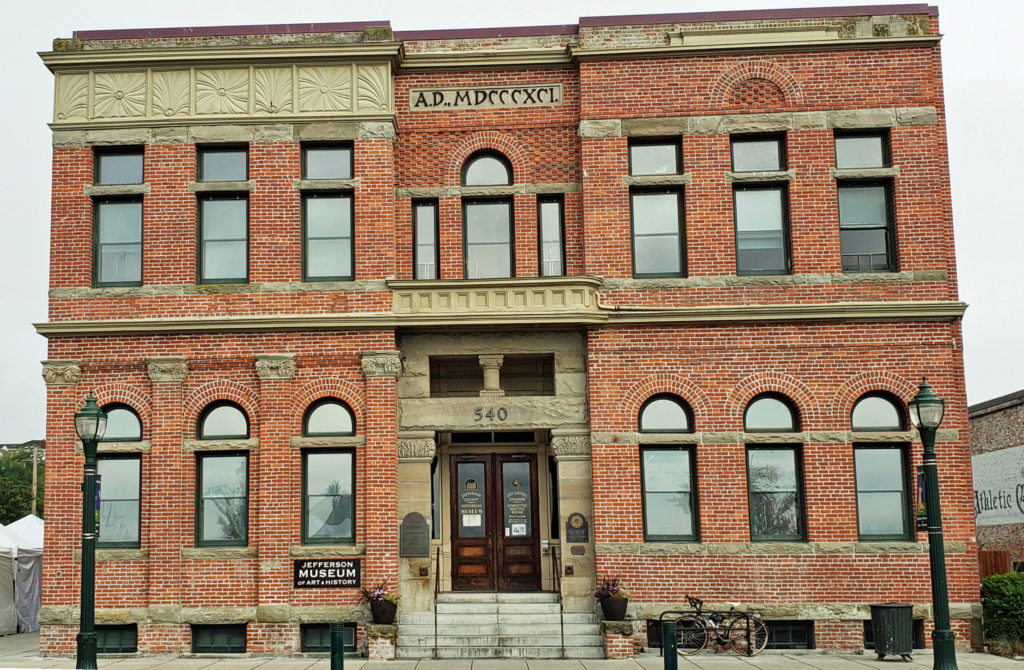
If you want to really understand what Port Townsend is all about, you need to delve into the town’s history, explore the town’s maritime heritage, and sample the town’s artistic leanings. A good place to start is the Jefferson Museum of Art and History in the 1892 City Hall building in the historic downtown area along the waterfront.
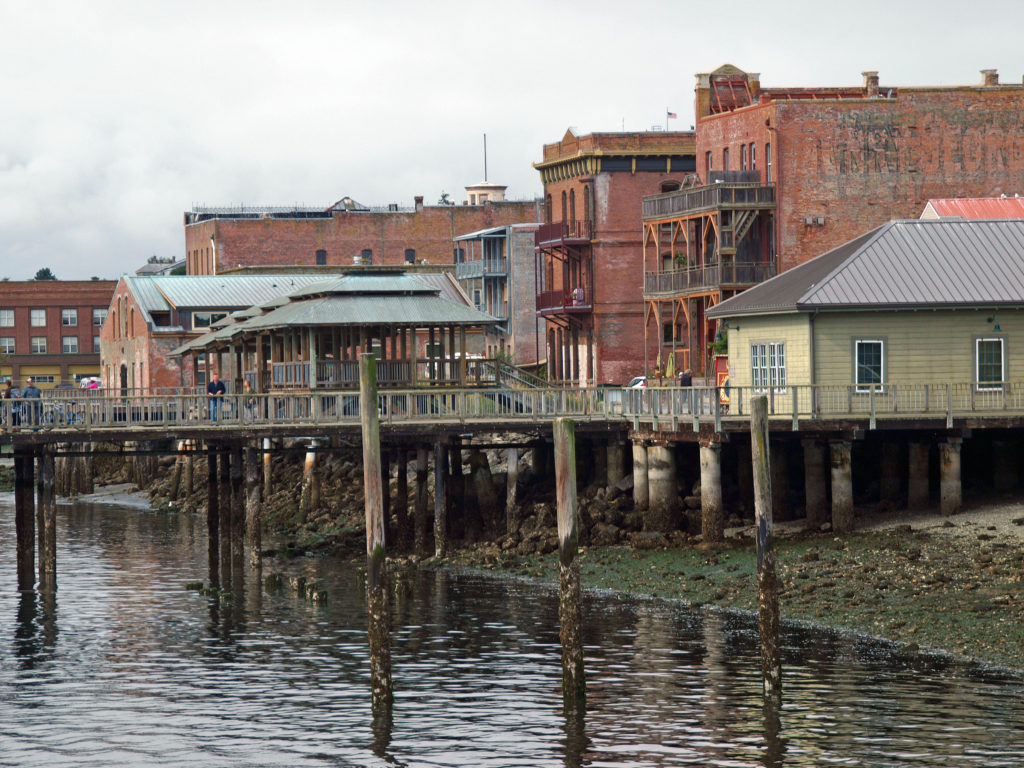
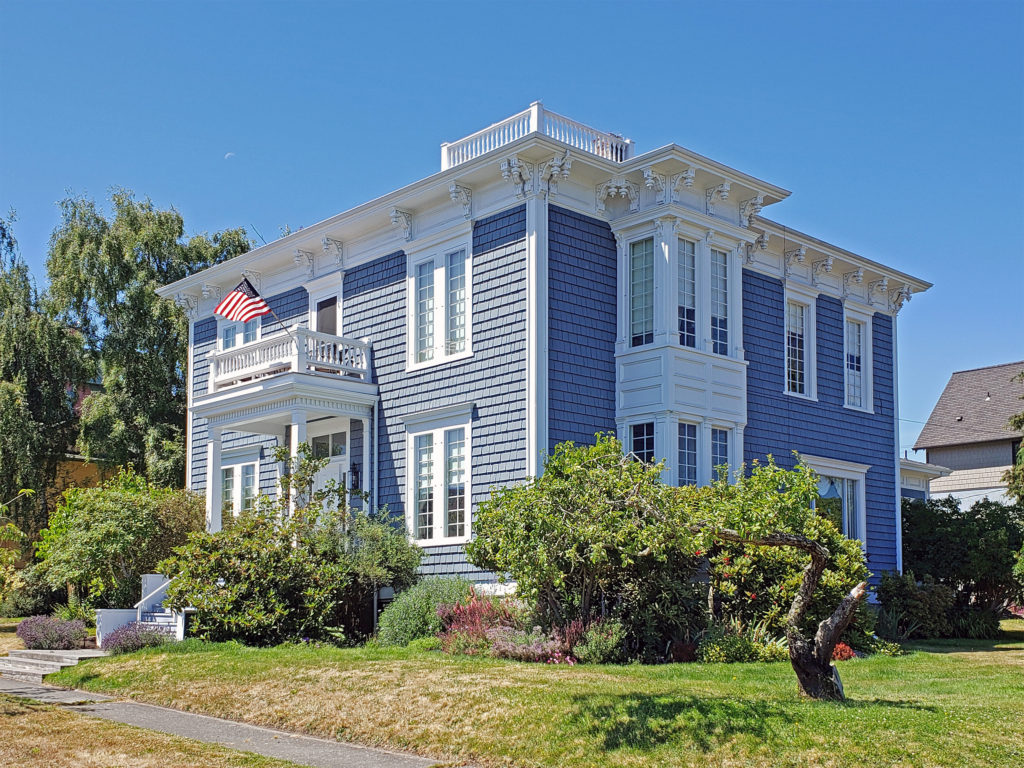 Take a walk along Water Street. It’s not hard to imagine what the town was like 130 years ago because most of the buildings you see today date from that period. Venture up to the bluff above the waterfront and you’ll find many Victorian era homes, most of which have been well preserved or restored. If you visit in the summer months you can tour the Rothschild House, which was built in 1868 and has been preserved intact for more than a hundred years.
Take a walk along Water Street. It’s not hard to imagine what the town was like 130 years ago because most of the buildings you see today date from that period. Venture up to the bluff above the waterfront and you’ll find many Victorian era homes, most of which have been well preserved or restored. If you visit in the summer months you can tour the Rothschild House, which was built in 1868 and has been preserved intact for more than a hundred years.
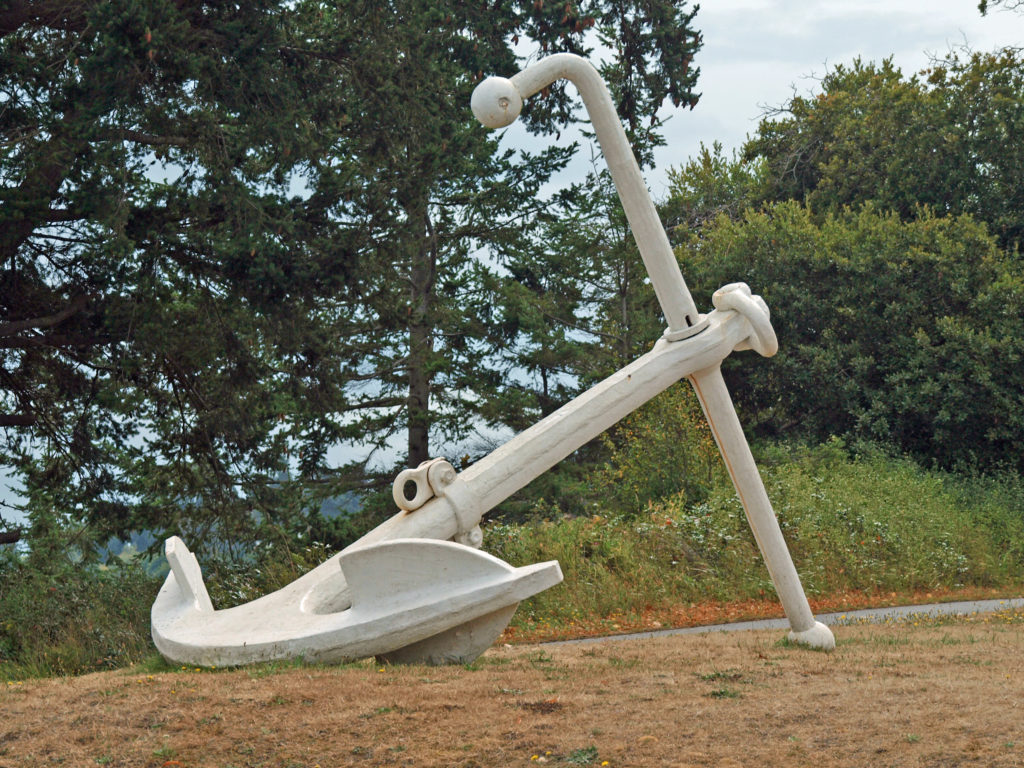
Visit Fort Worden State Park. Most of the fort’s original buildings have been preserved, some as museum pieces, such as the Commanding Officer’s Quarters Museum, and some repurposed to meet today’s changed lifestyle, like the Taps at the Guardhouse pub. Visit Point Hudson Lighthouse and the aquarium at the Marine Science Center on the waterfront at Fort Worden.
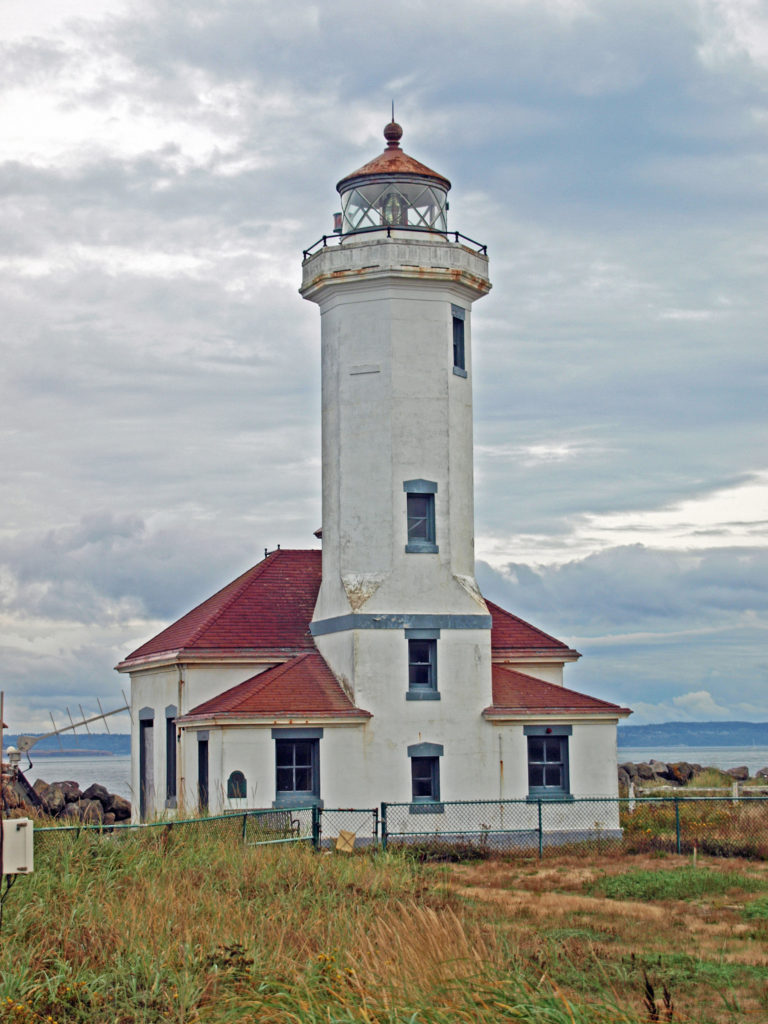
The history of the area predates European settlement, of course, and you can learn a little of that through the 18 interpretive signs that describe aspects of the S’Klallam tribe’s history and culture along the číčməhán trail. číčməhán (pronounced cheech-ma-han) was a S’Klallam chief known to the European settlers as Chetzemoka. The trail consists of walking, cycling, and driving routes around the town connecting the 18 signs.
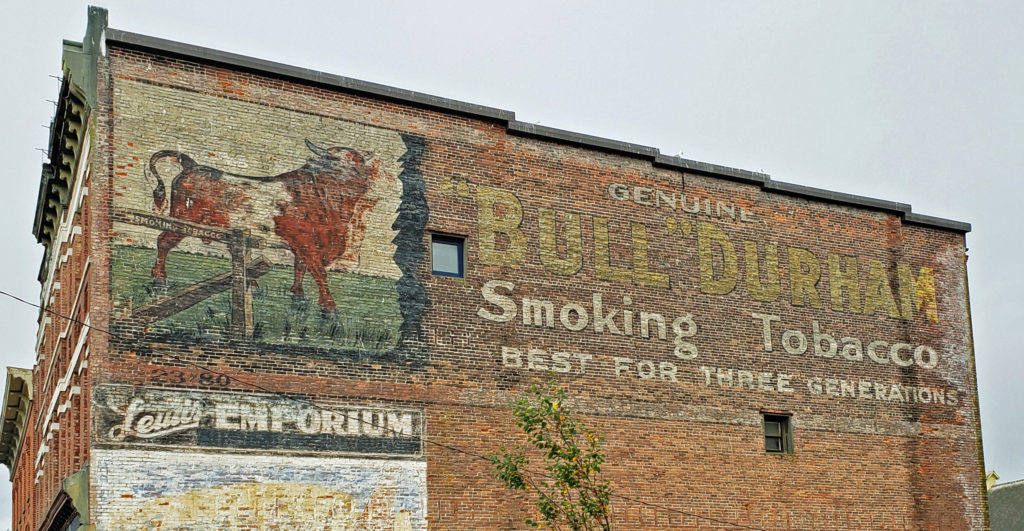 Even if you’re not interested in the town’s history, its maritime traditions, or the arts, Port Townsend is still worth visiting, if only to take in its beautiful setting and indulge in its food and drink scene.
Even if you’re not interested in the town’s history, its maritime traditions, or the arts, Port Townsend is still worth visiting, if only to take in its beautiful setting and indulge in its food and drink scene.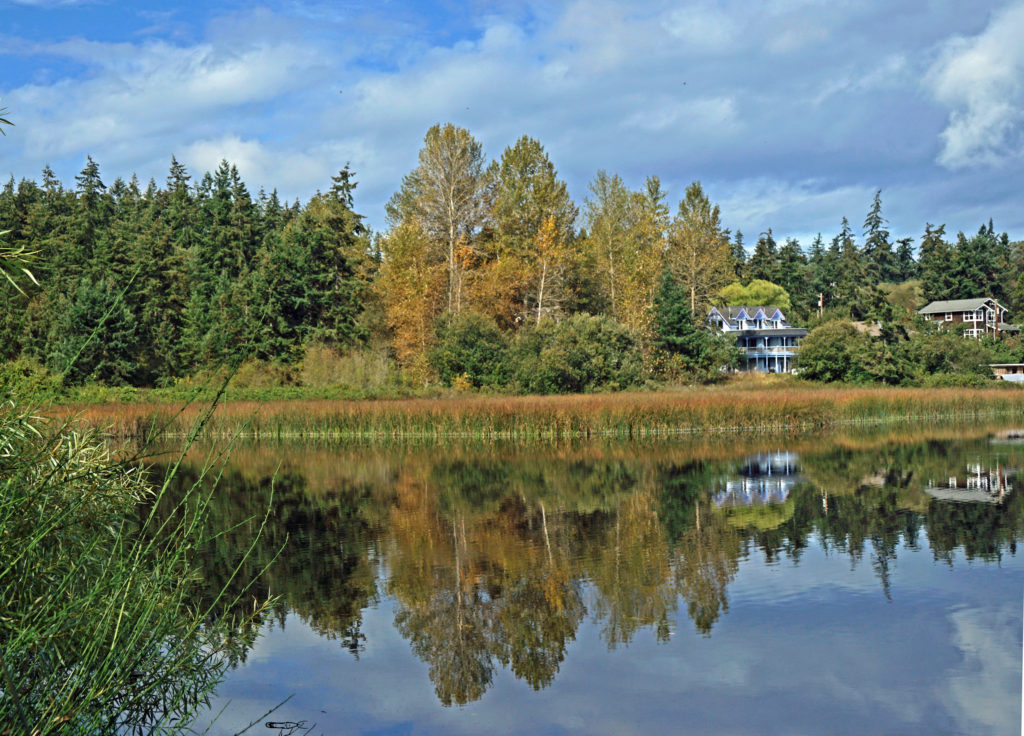
Explore the waterfront, but venture inland as well. Take a walk around the Kah Tai Lagoon Nature Park, about a mile west of the historic district. And visit the Chinese Gardens west of Fort Worden. The trail along the lake there, and the connecting trails through the hills of Fort Worden State Park are very much worth hiking. (When we first visited, I was thinking the Chinese Gardens would be like the formal Lan Su Garden in Portland. But in this case the name refers to the 19th Century Chinese immigrants’ vegetable gardens, which, of course, no longer exist).
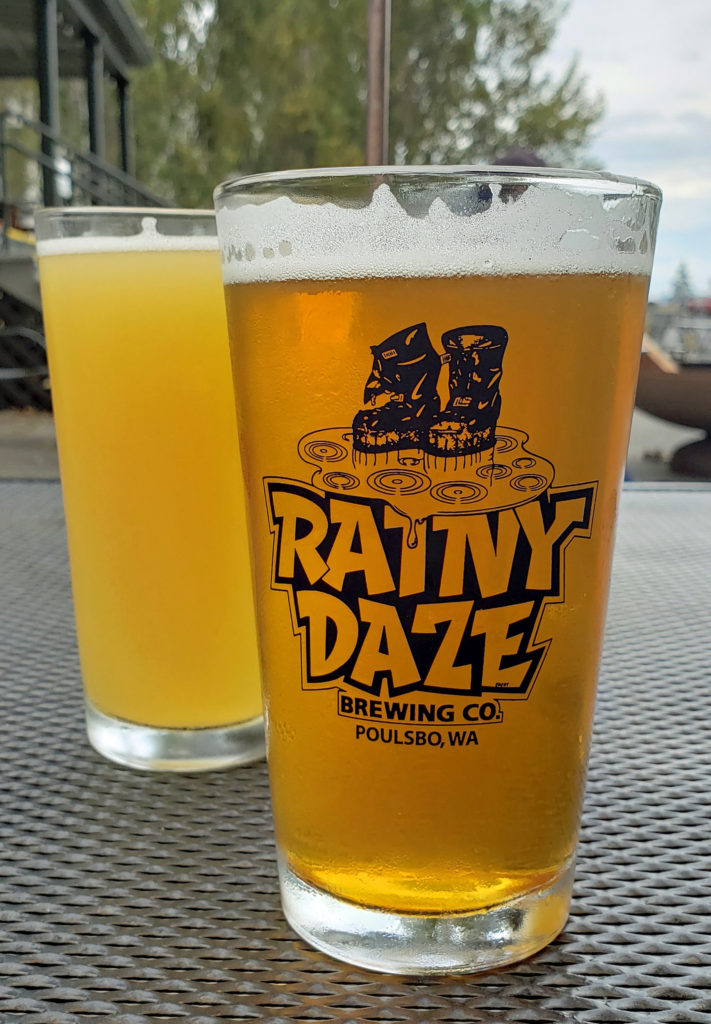 When you’re done with your hike, check to see if Taps at the Guardhouse in Fort Worden is open (it was closed in 2022) to quench your thirst with a good craft brew. Back in the historic district, I highly recommend that you visit Sirens. The atmosphere is casual and relaxed, and they have a good selection of craft beers, cocktails, specialty drinks, and wines. But the surprise for me was the food. The jambalaya that I had may not have been authentic Cajun fare, but it was one of the best meals I’ve had in a recent memory. Not your typical pub food by a long ways.
When you’re done with your hike, check to see if Taps at the Guardhouse in Fort Worden is open (it was closed in 2022) to quench your thirst with a good craft brew. Back in the historic district, I highly recommend that you visit Sirens. The atmosphere is casual and relaxed, and they have a good selection of craft beers, cocktails, specialty drinks, and wines. But the surprise for me was the food. The jambalaya that I had may not have been authentic Cajun fare, but it was one of the best meals I’ve had in a recent memory. Not your typical pub food by a long ways.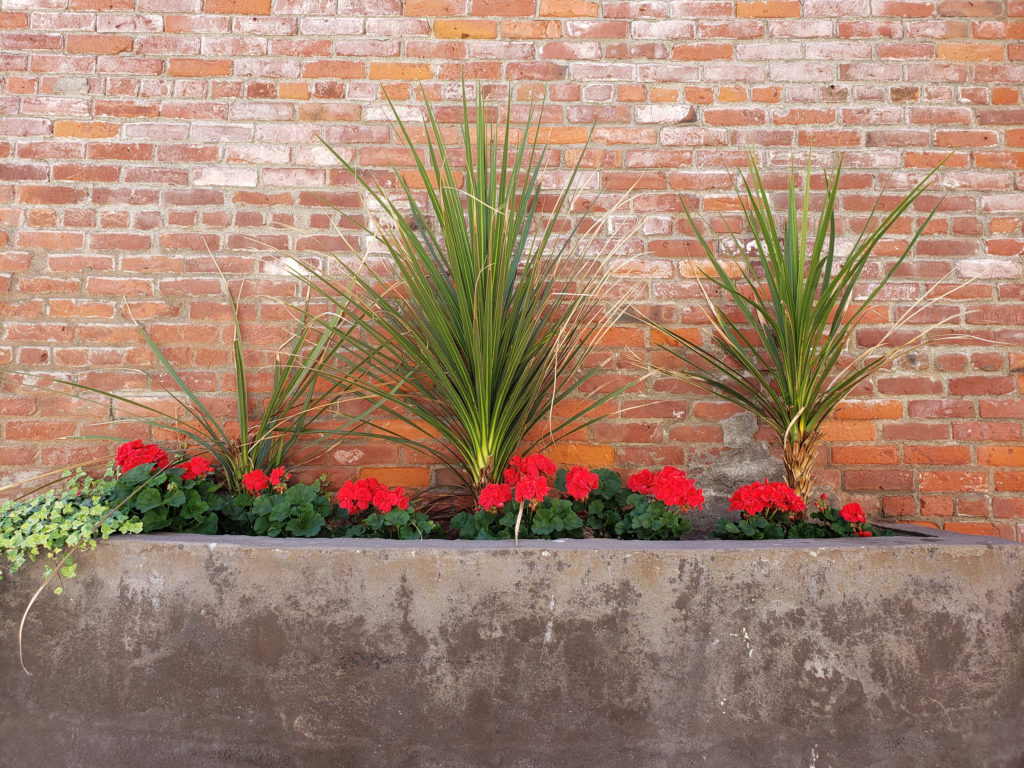
Other places to get a good beer include Quench Waterfront Kitchen and Bar, where you can get Hawaiian food as well as craft brews and cocktails. They also have a decent wine list. Also check out The Old Whiskey Mill in the historic district, and Propolis Brewing and the Pourhouse, both about a mile to the west. If you’re more interested in wine than beer, Vintage by Port Townsend Vineyards is a tasting room with an outdoor courtyard and some of the best wines around. Also try Alchemy Wine Bar. They have an extensive wine list and a bistro kitchen.
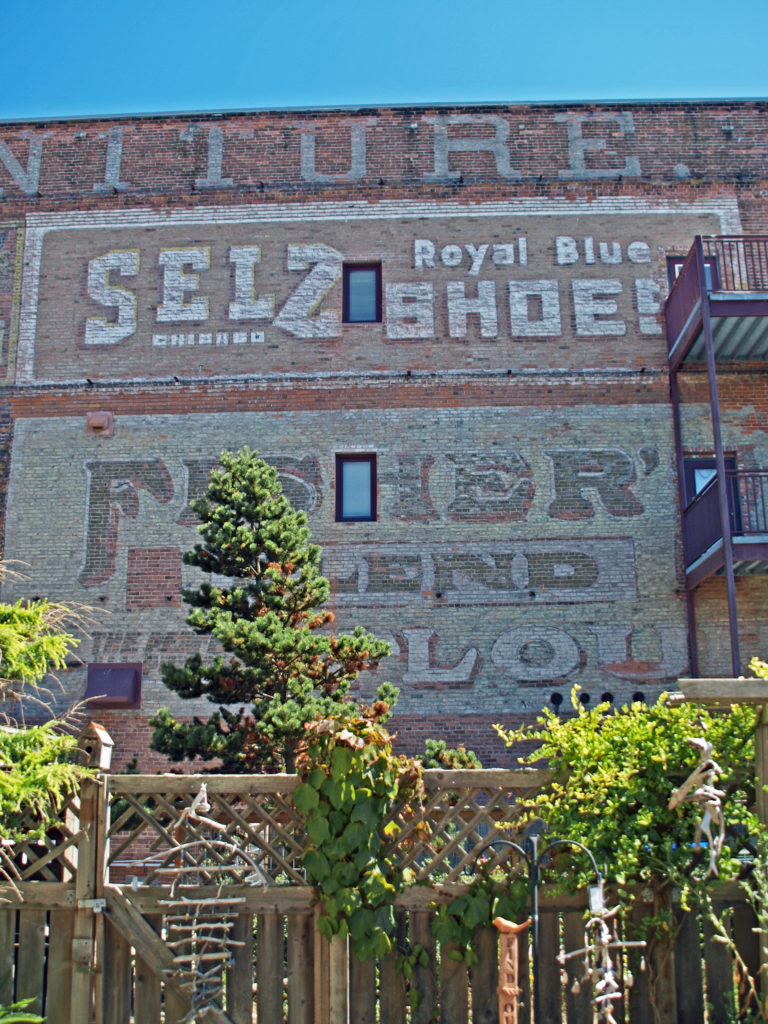 On the food side, Owl Spirit Cafe is a good place to grab a sandwich or burrito for lunch. If you have pizza in mind, try Waterfront Pizza. My go to spot for breakfast and lunch is Courtyard Cafe, on Quincy Street a block north of Water Street. A more upscale dining experience can be had at Silverwater Cafe at Taylor and Washington. There are many other places to eat and drink, too, of course. Check the Enjoy Port Townsend website for a more complete listing.
On the food side, Owl Spirit Cafe is a good place to grab a sandwich or burrito for lunch. If you have pizza in mind, try Waterfront Pizza. My go to spot for breakfast and lunch is Courtyard Cafe, on Quincy Street a block north of Water Street. A more upscale dining experience can be had at Silverwater Cafe at Taylor and Washington. There are many other places to eat and drink, too, of course. Check the Enjoy Port Townsend website for a more complete listing.
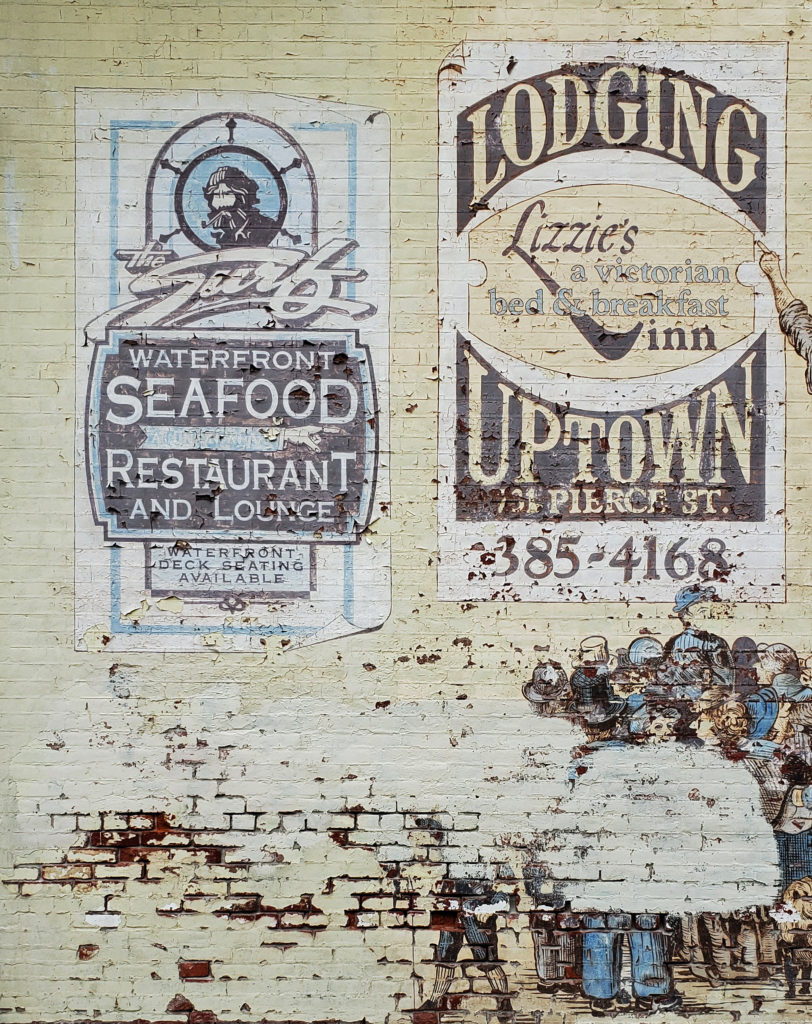 My wife and I stayed at the Water Street Hotel on our most recent visit, recently renamed the Monarch Hotel. Located in the ornate Victorian era N.D. Hill Building in the heart of the historic downtown area, the hotel features comfortable and nicely appointed rooms for a reasonable price. The N.D. Hill Building is listed in the National Register of Historic Places. There are a myriad of other places to stay in Port Townsend, of course, so check the Enjoy Port Townsend website (linked above) for more options. One note, though. If you’re planning to visit during the Wooden Boat Festival in September, book early. I wound up staying in Poulsbo after I made a late decision to attend the 40th annual festival in 2018 because there were no rooms available anywhere near Port Townsend. Poulsbo is a delightful town in its own right, though, so I was not unhappy about having to make the 30-mile drive to Port Townsend each day.
My wife and I stayed at the Water Street Hotel on our most recent visit, recently renamed the Monarch Hotel. Located in the ornate Victorian era N.D. Hill Building in the heart of the historic downtown area, the hotel features comfortable and nicely appointed rooms for a reasonable price. The N.D. Hill Building is listed in the National Register of Historic Places. There are a myriad of other places to stay in Port Townsend, of course, so check the Enjoy Port Townsend website (linked above) for more options. One note, though. If you’re planning to visit during the Wooden Boat Festival in September, book early. I wound up staying in Poulsbo after I made a late decision to attend the 40th annual festival in 2018 because there were no rooms available anywhere near Port Townsend. Poulsbo is a delightful town in its own right, though, so I was not unhappy about having to make the 30-mile drive to Port Townsend each day.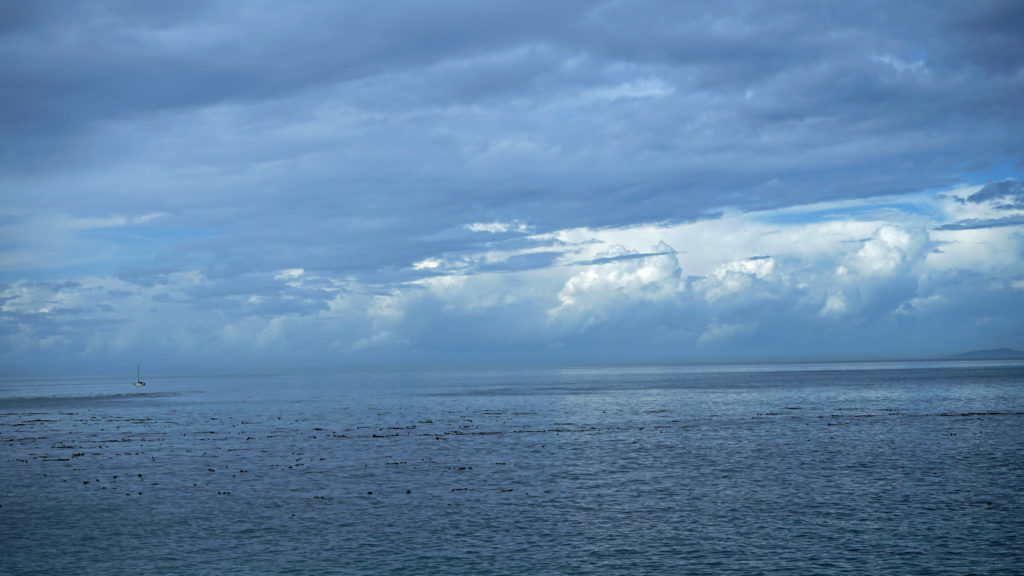
I’ve just scratched the surface of what Port Townsend has to offer. If you’ve never visited, I highly recommend that you go. I’m guessing that it won’t be your only visit.
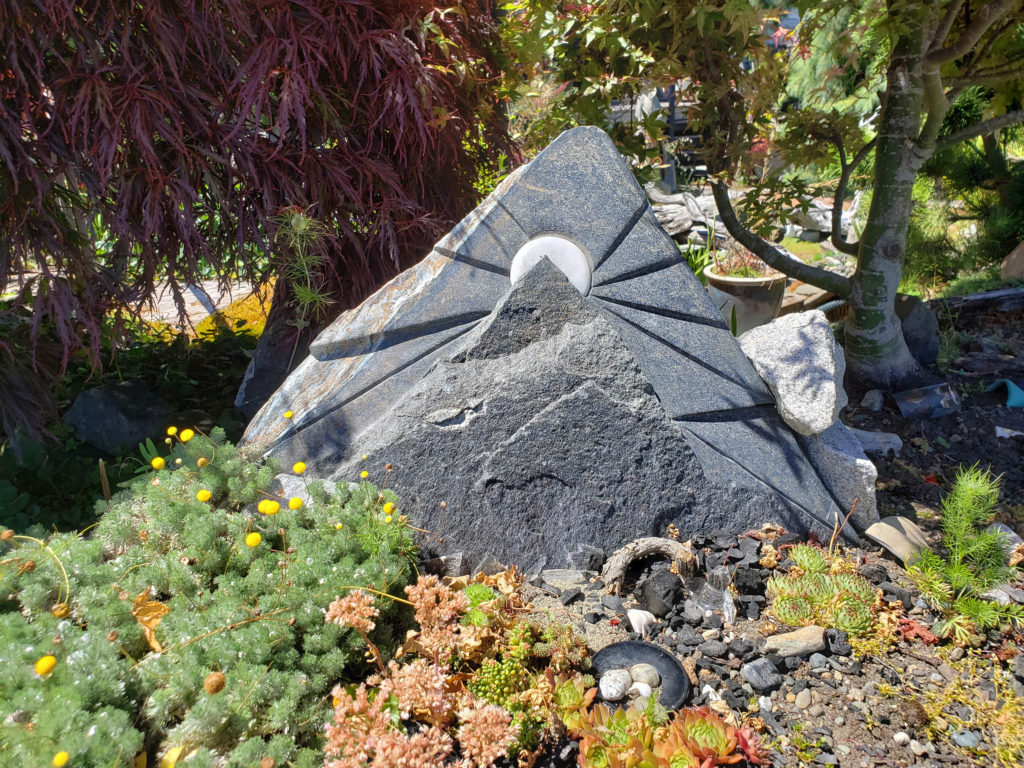 Originally posted November 20, 2020. Updated and re-posted January 12, 2023.
Originally posted November 20, 2020. Updated and re-posted January 12, 2023.
All photos © Alan K. Lee
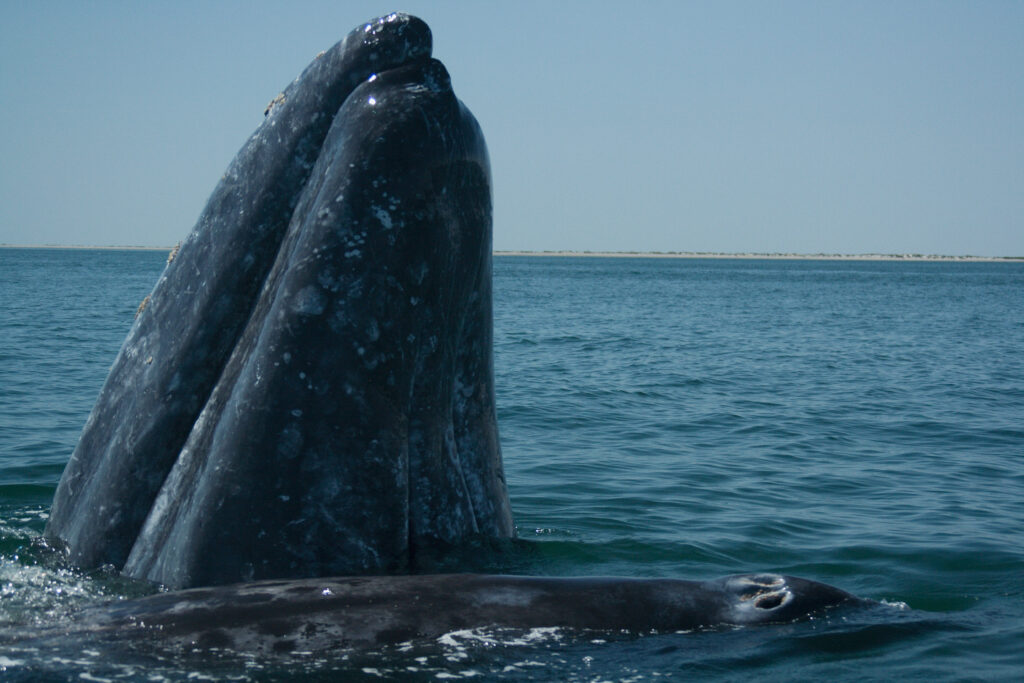
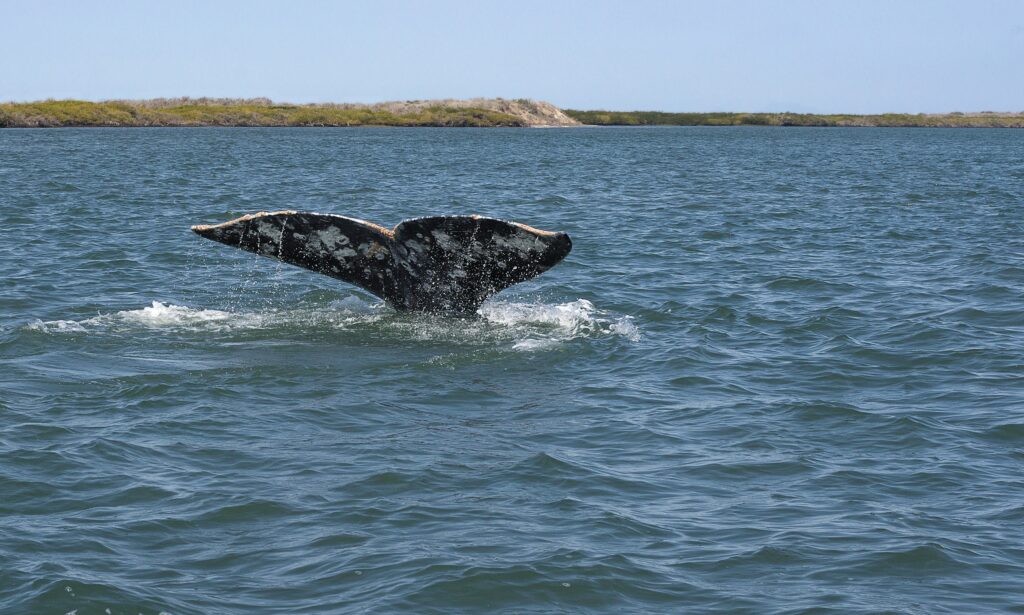
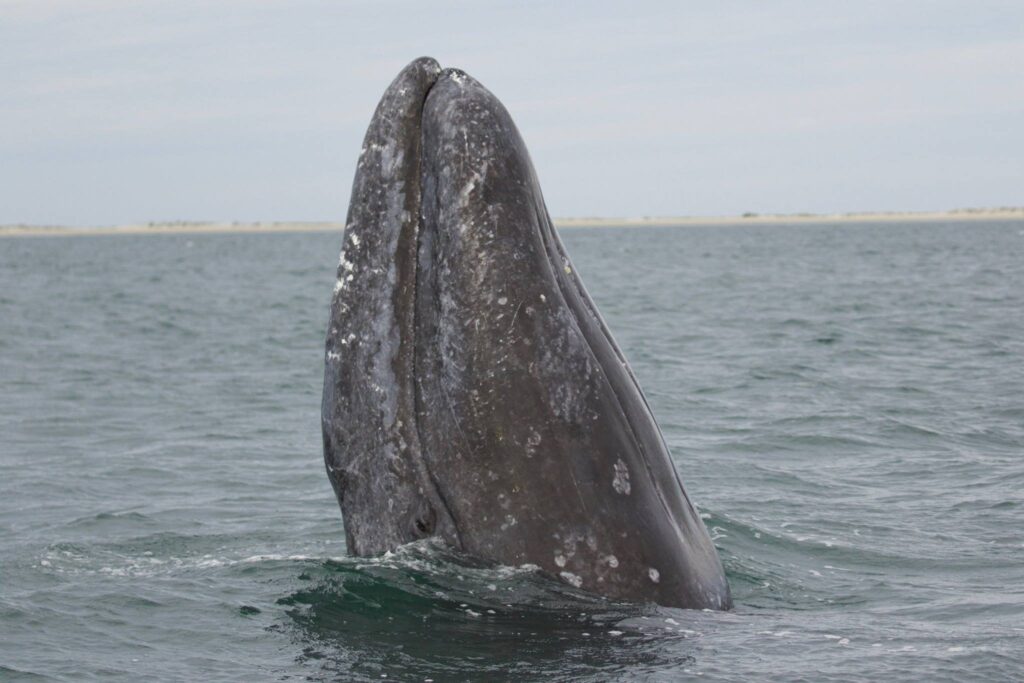
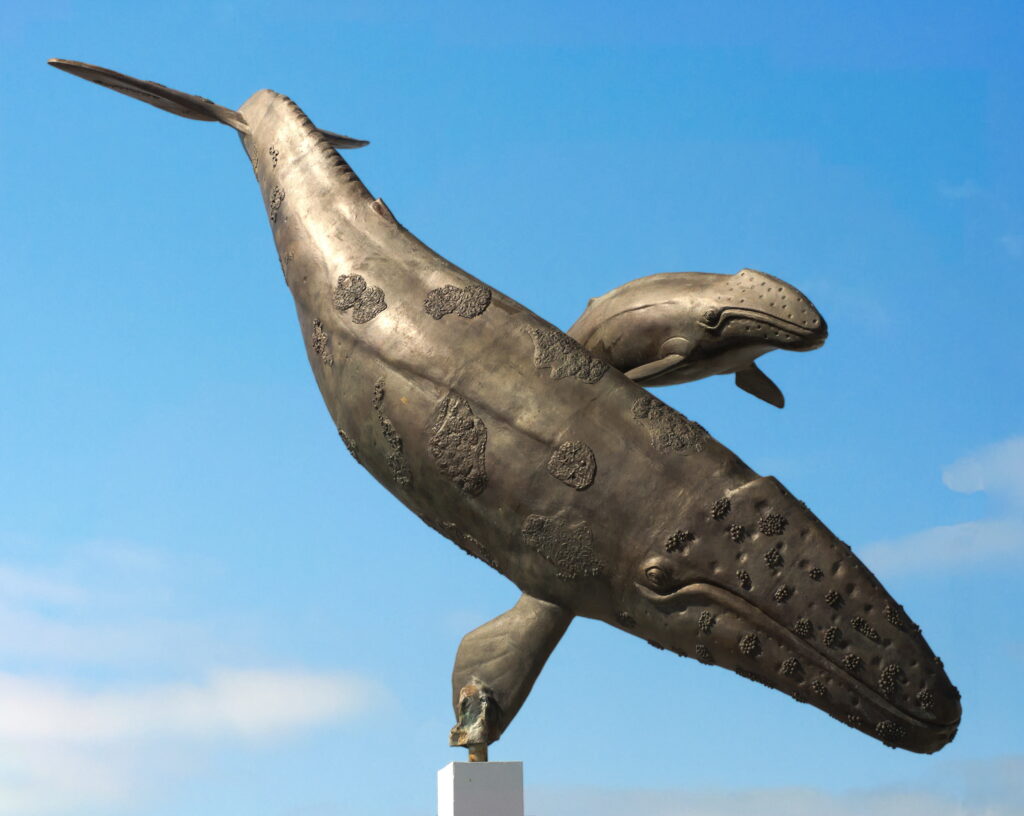
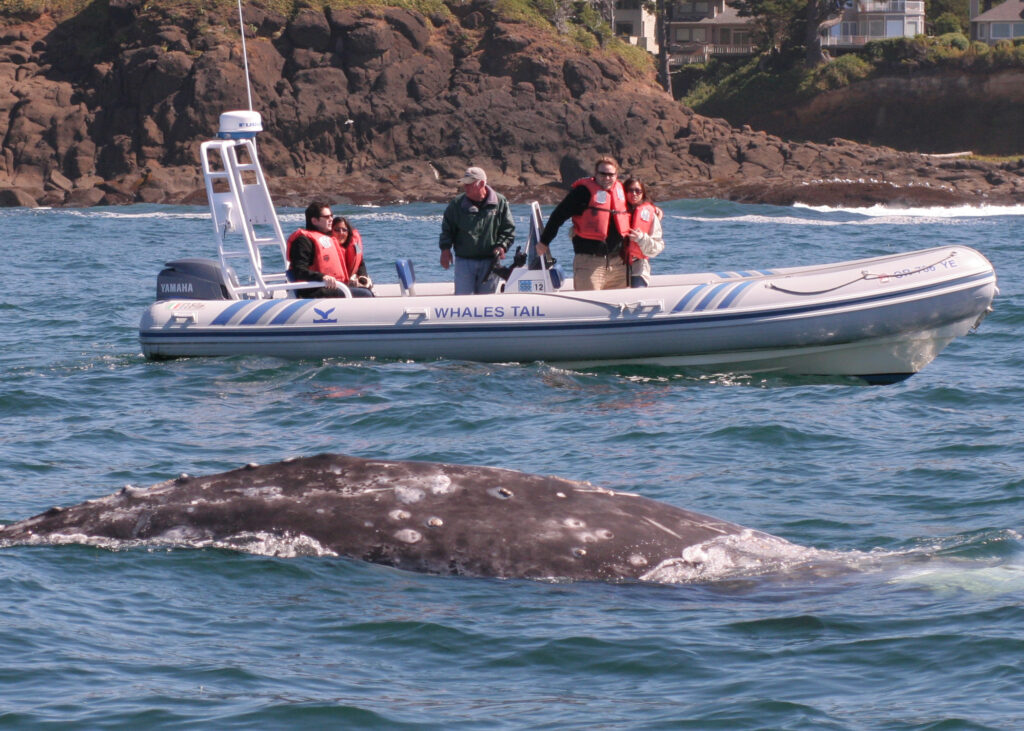
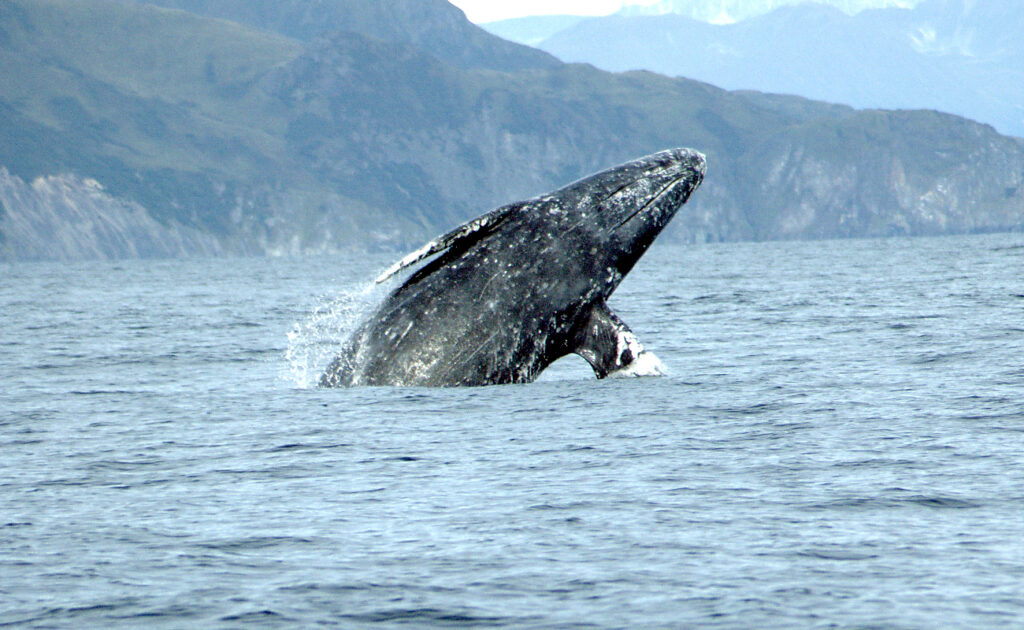
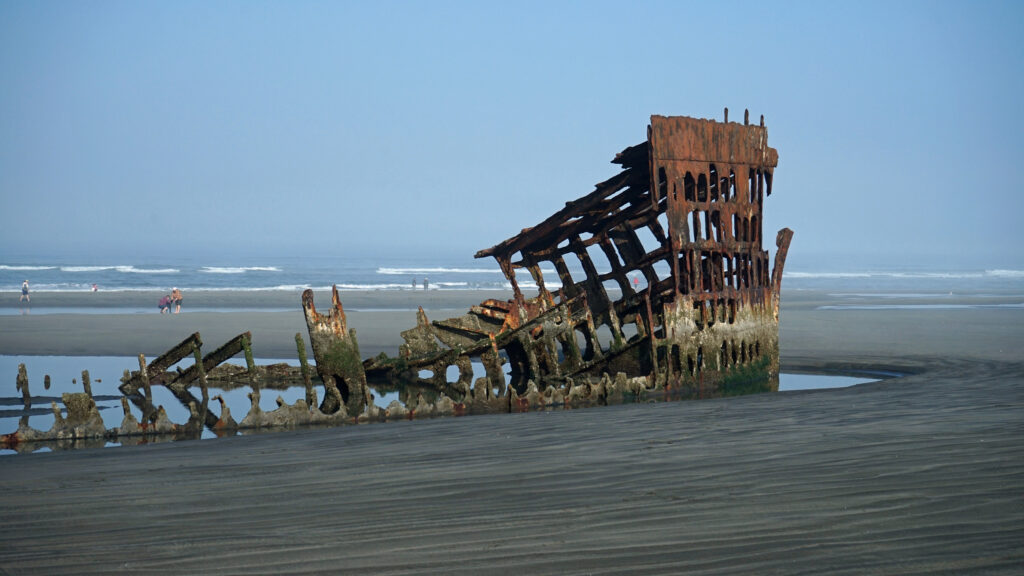
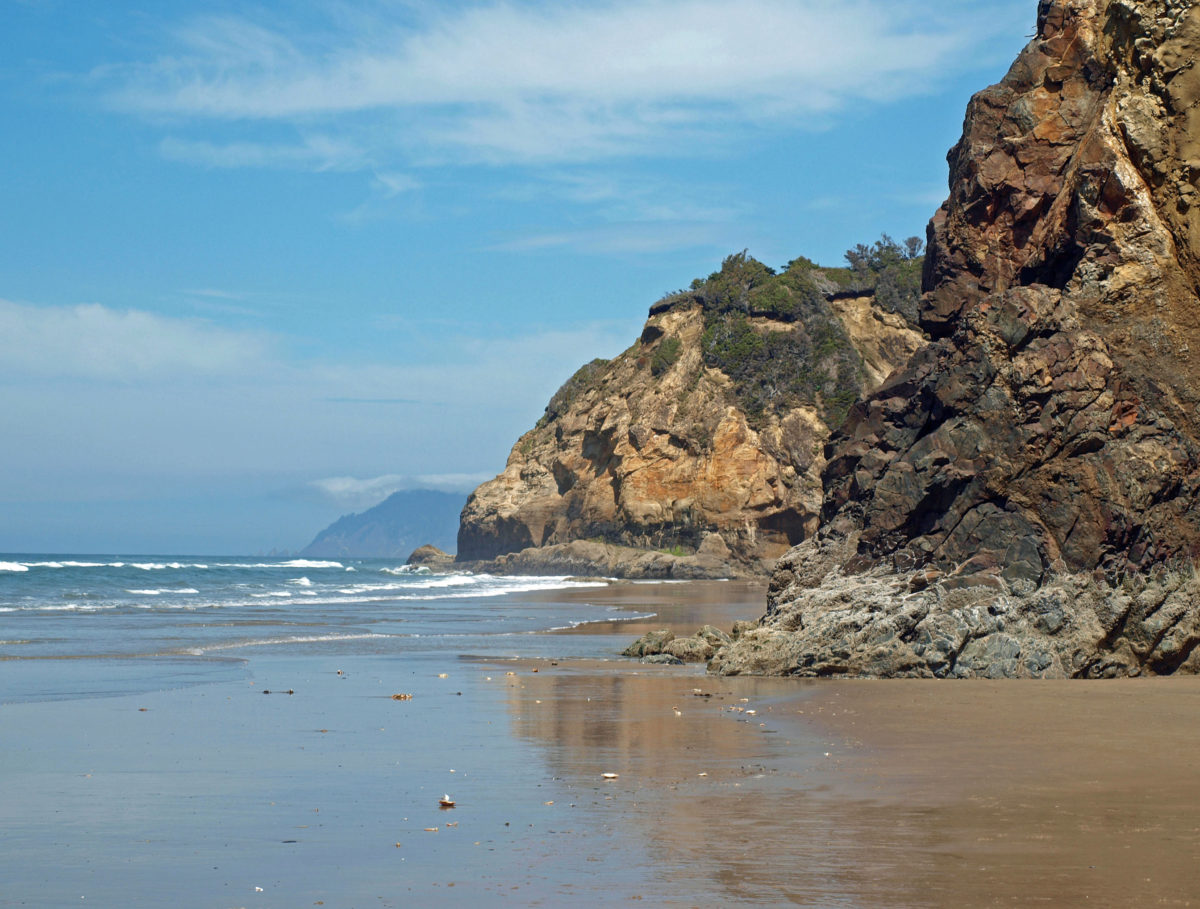
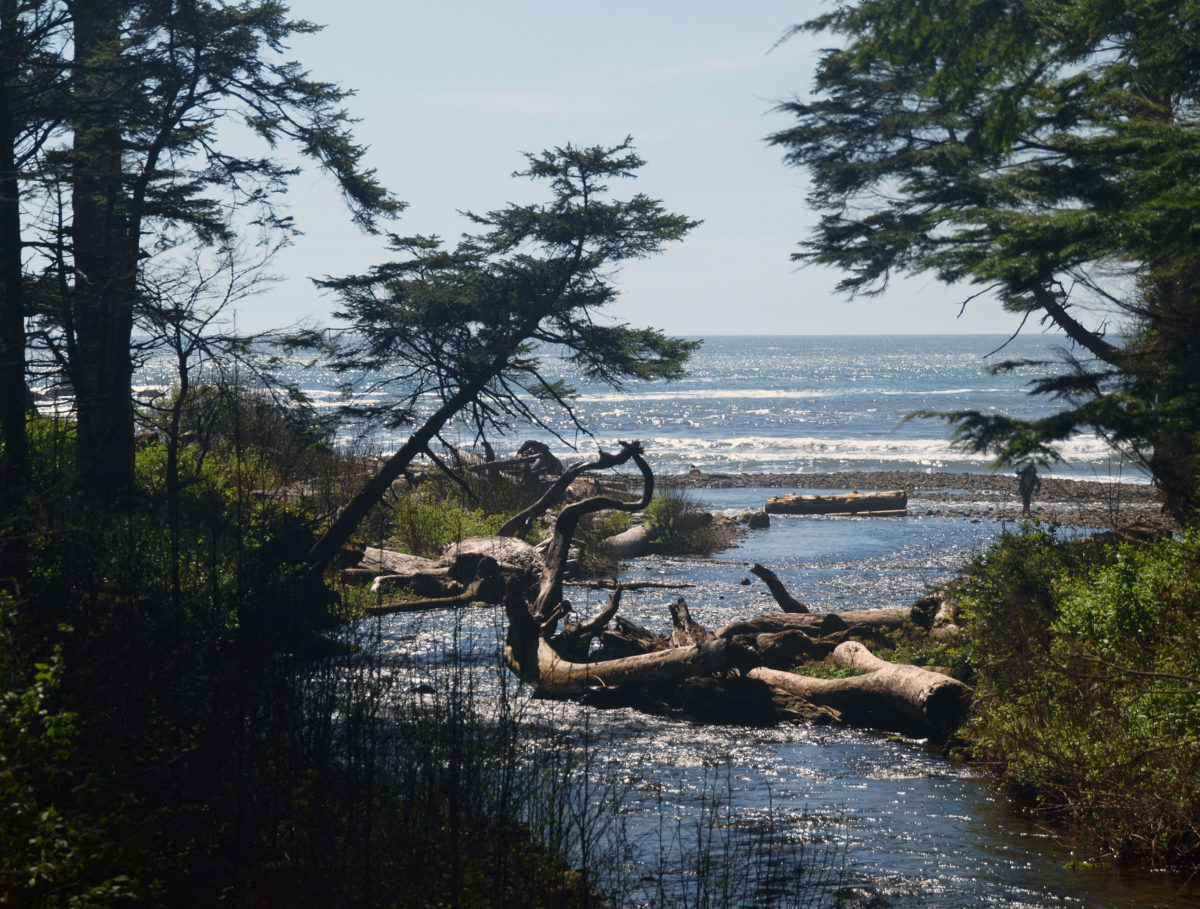
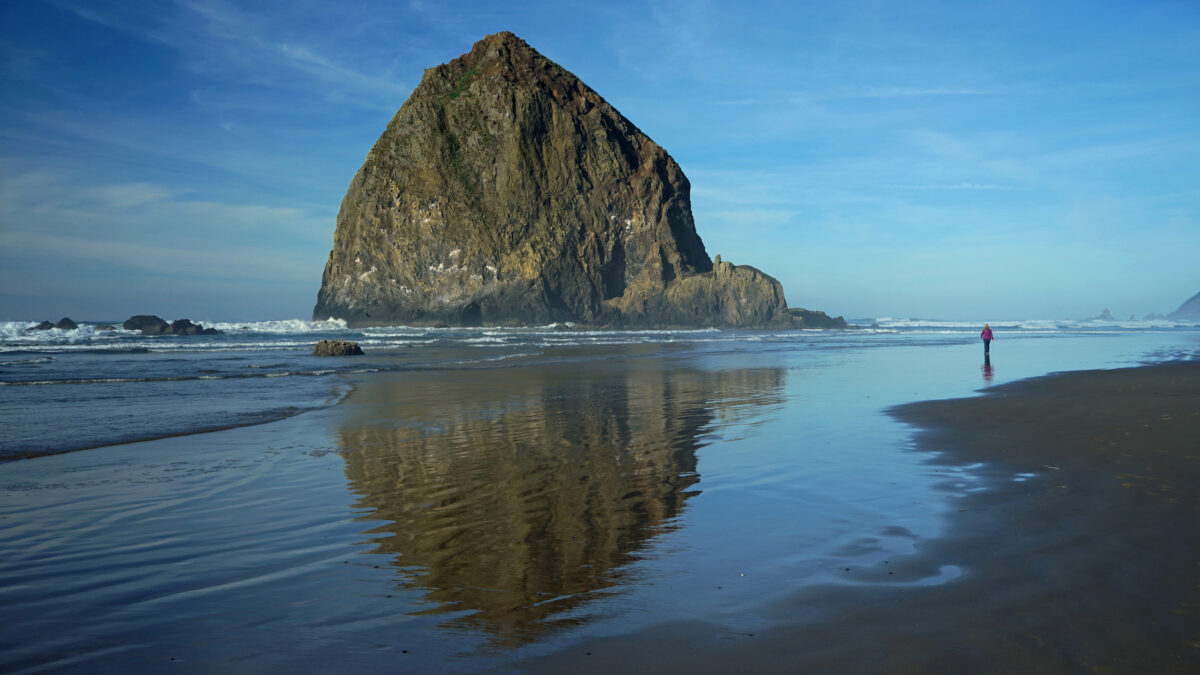
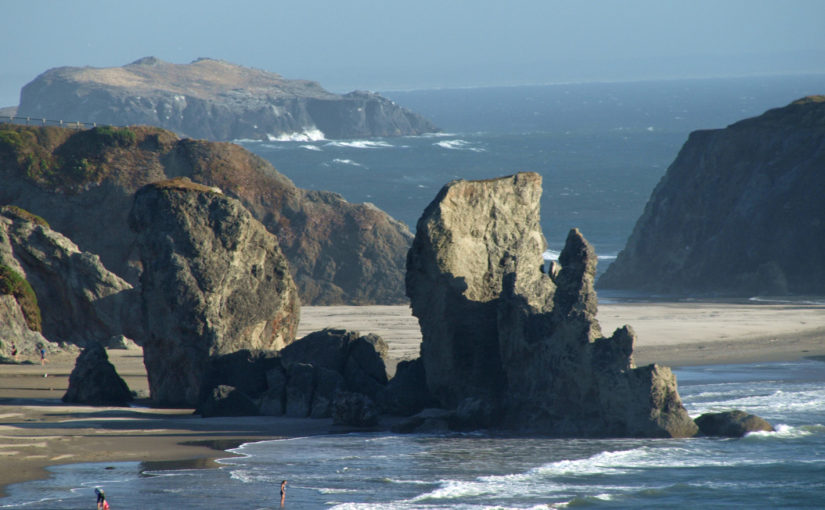
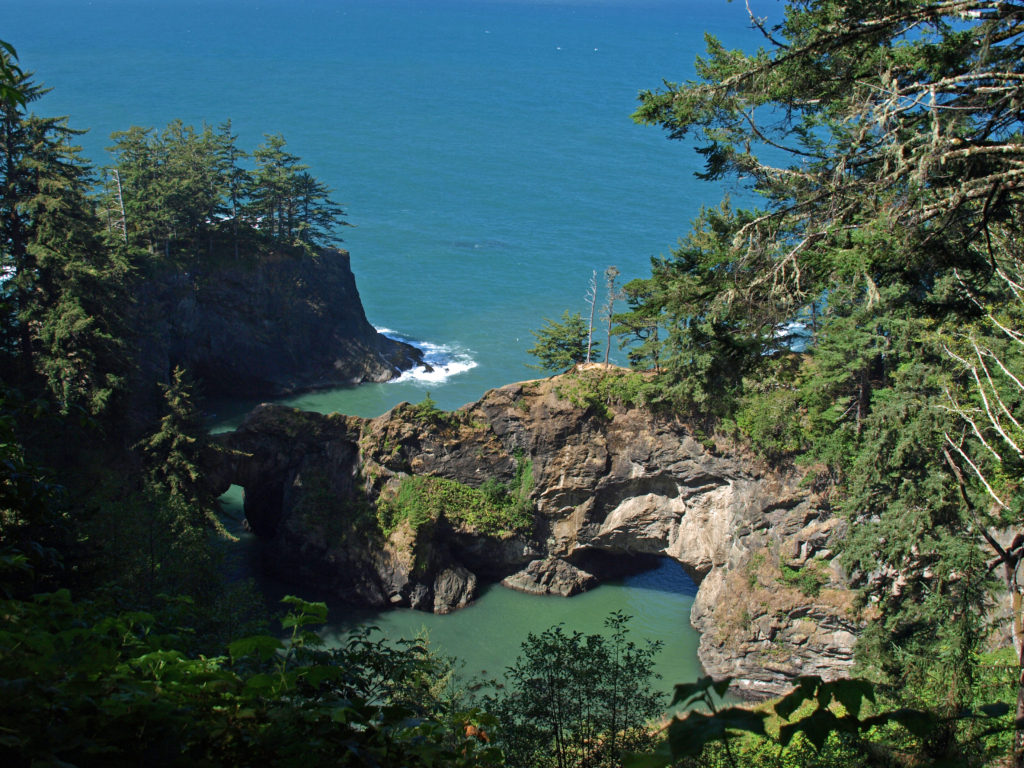

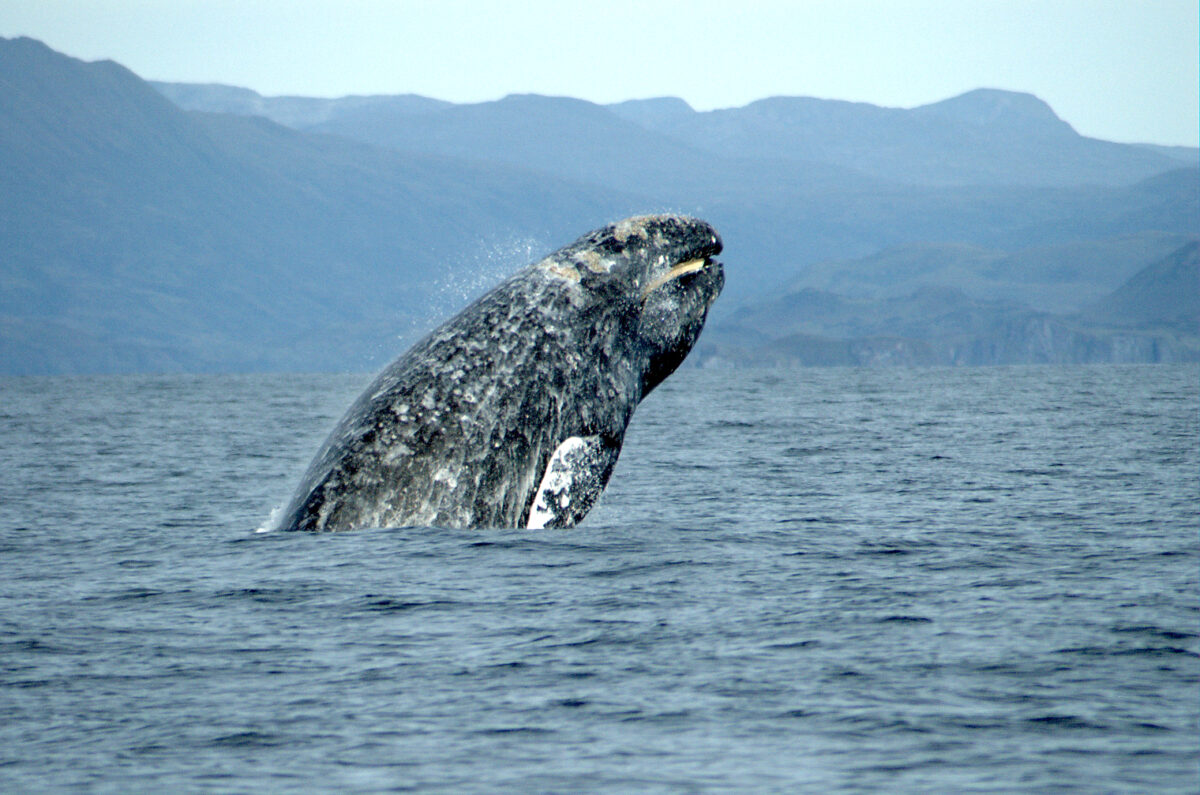
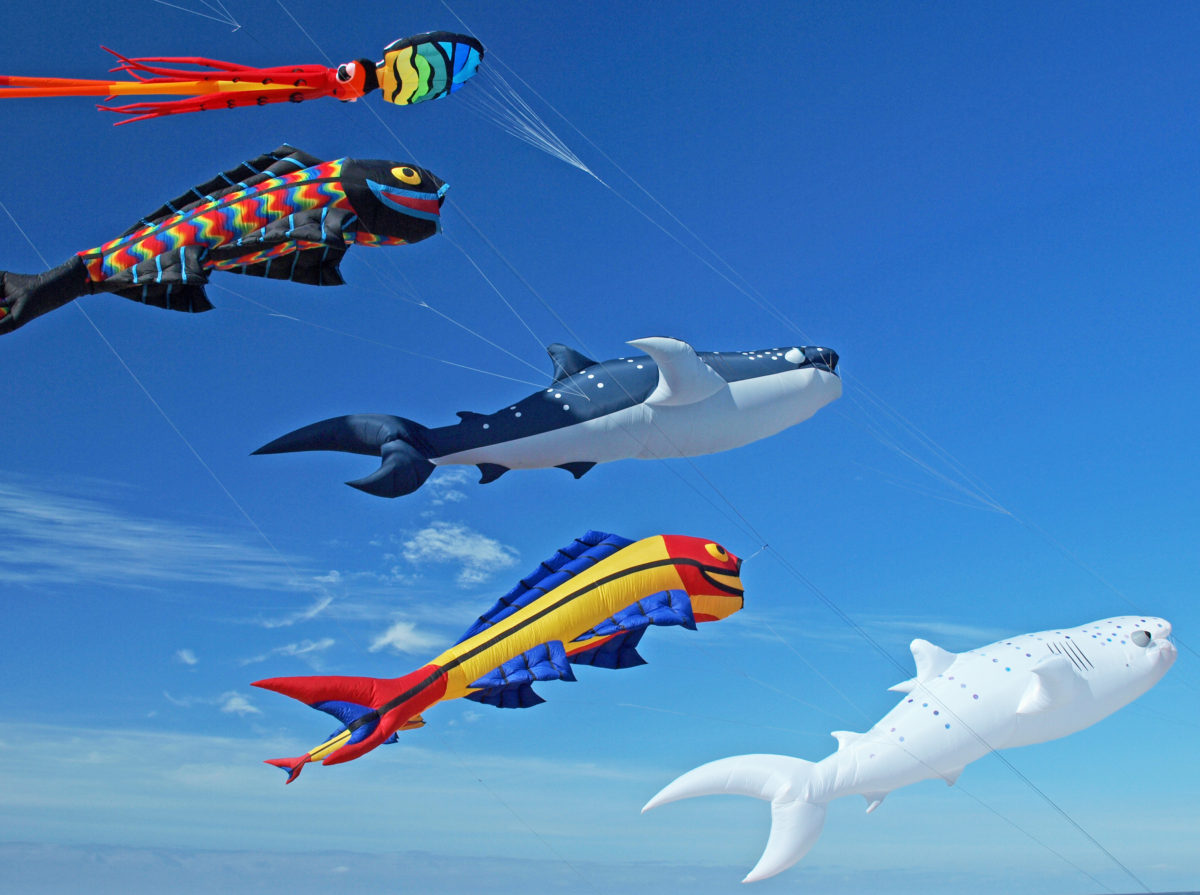
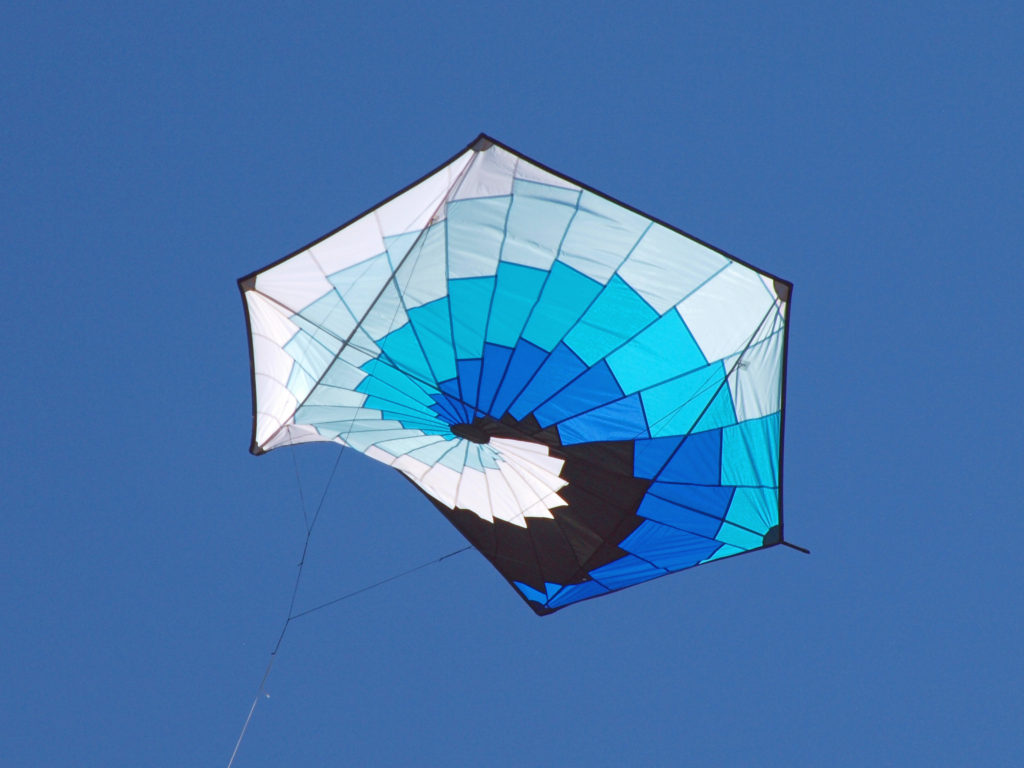
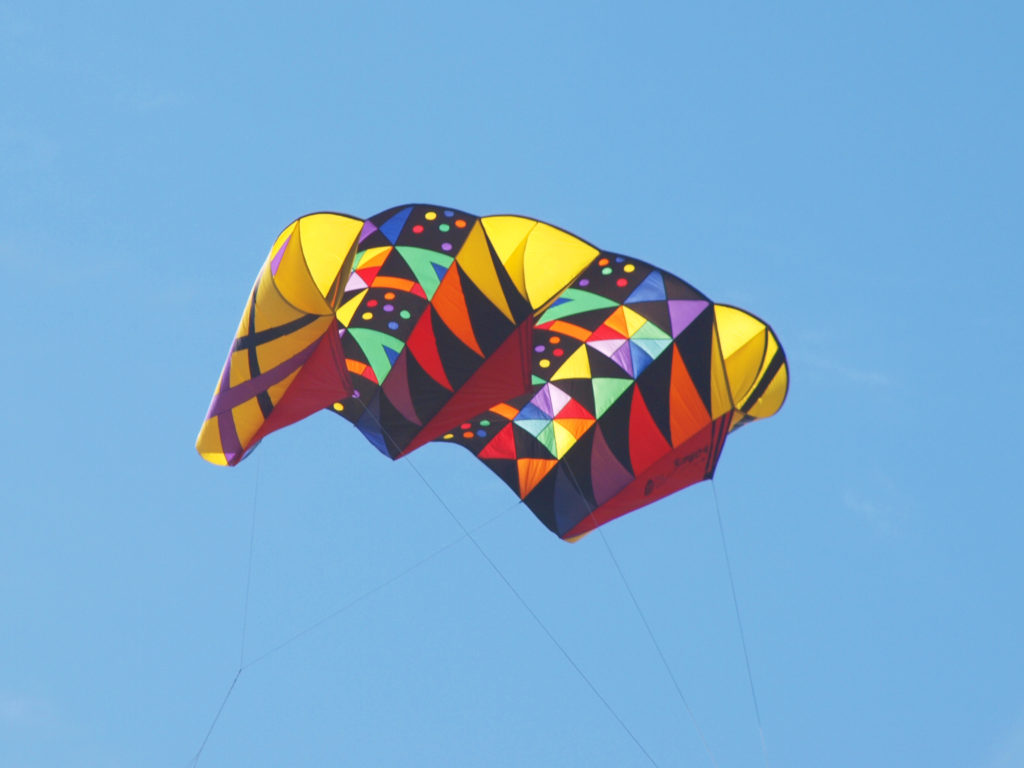 When we got to the coast, the sky was almost cloudless. And we got the last available parking spot at the D River Wayside. Luck really was with us. There was a brisk, but not cold, breeze on the beach – perfect kite flying weather and a pretty near perfect day for just hanging out on the beach.
When we got to the coast, the sky was almost cloudless. And we got the last available parking spot at the D River Wayside. Luck really was with us. There was a brisk, but not cold, breeze on the beach – perfect kite flying weather and a pretty near perfect day for just hanging out on the beach.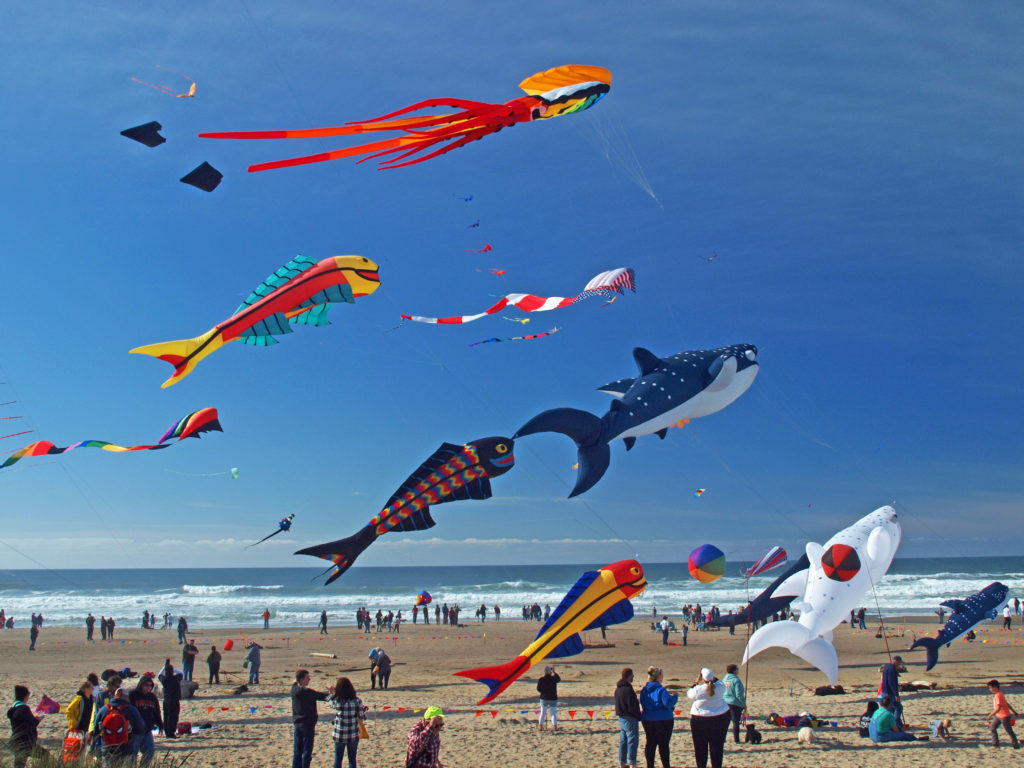 The festival featured a lot of very big kites, including a 30 foot diameter “soccer ball,” and quite a few performance kite fliers demonstrating their talents. One of the highlights for me was a flier named Spence Watson flying two quad strings kites. Normally it takes two hands to fly a single quad string. Flying one one-handed is a feat in itself, but he was flying one right-handed and one left-handed, and controlling each one perfectly. Pretty amazing.
The festival featured a lot of very big kites, including a 30 foot diameter “soccer ball,” and quite a few performance kite fliers demonstrating their talents. One of the highlights for me was a flier named Spence Watson flying two quad strings kites. Normally it takes two hands to fly a single quad string. Flying one one-handed is a feat in itself, but he was flying one right-handed and one left-handed, and controlling each one perfectly. Pretty amazing.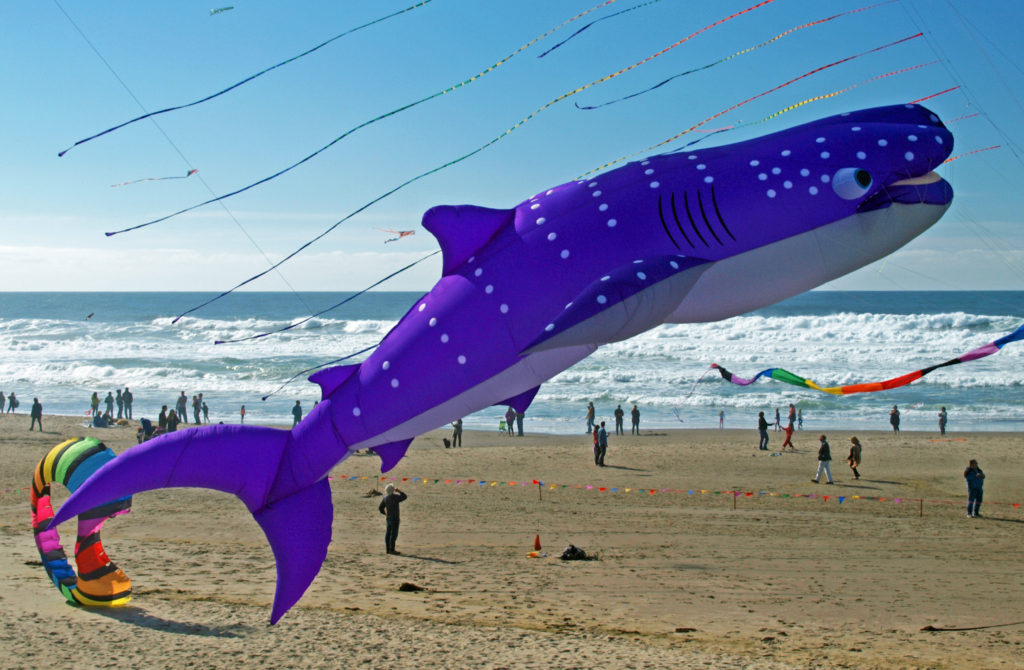
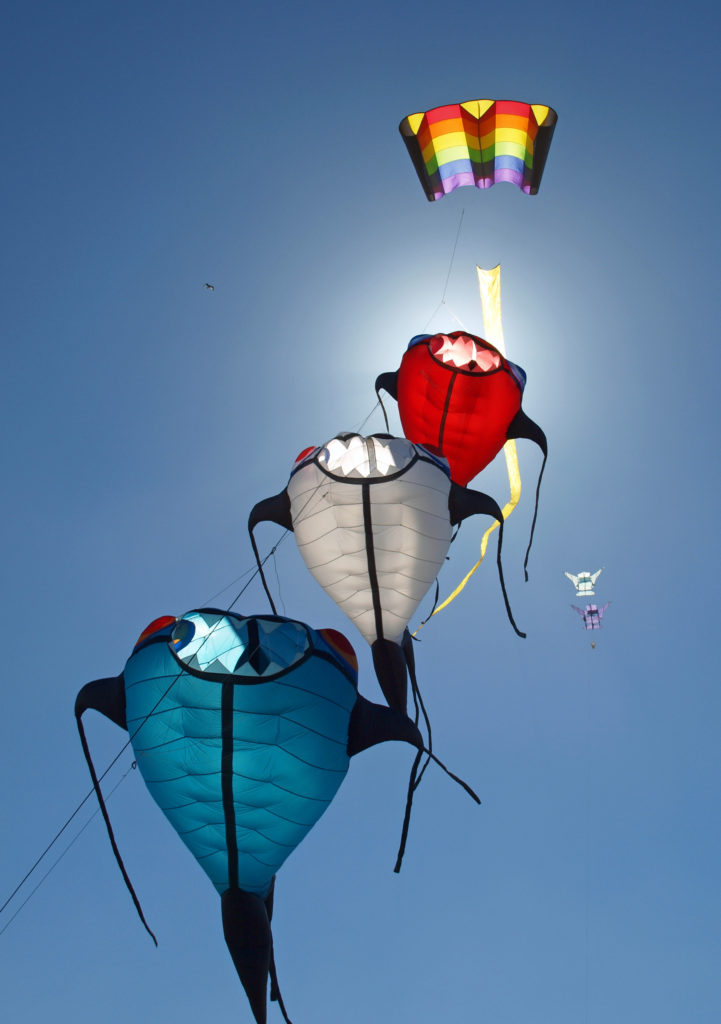
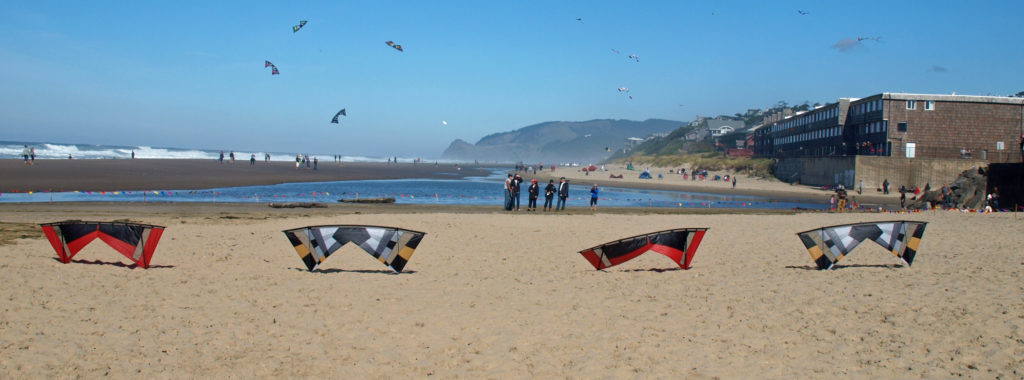 Watching the kite flyers was as entertaining as watching the kites. It’s really a very physical dance that they’re doing. Their movements are perfectly coordinated with the music, but everyone’s moves are a little bit different. If you watch long enough you begin to see the different styles of the flyers. It’s really quite interesting.
Watching the kite flyers was as entertaining as watching the kites. It’s really a very physical dance that they’re doing. Their movements are perfectly coordinated with the music, but everyone’s moves are a little bit different. If you watch long enough you begin to see the different styles of the flyers. It’s really quite interesting.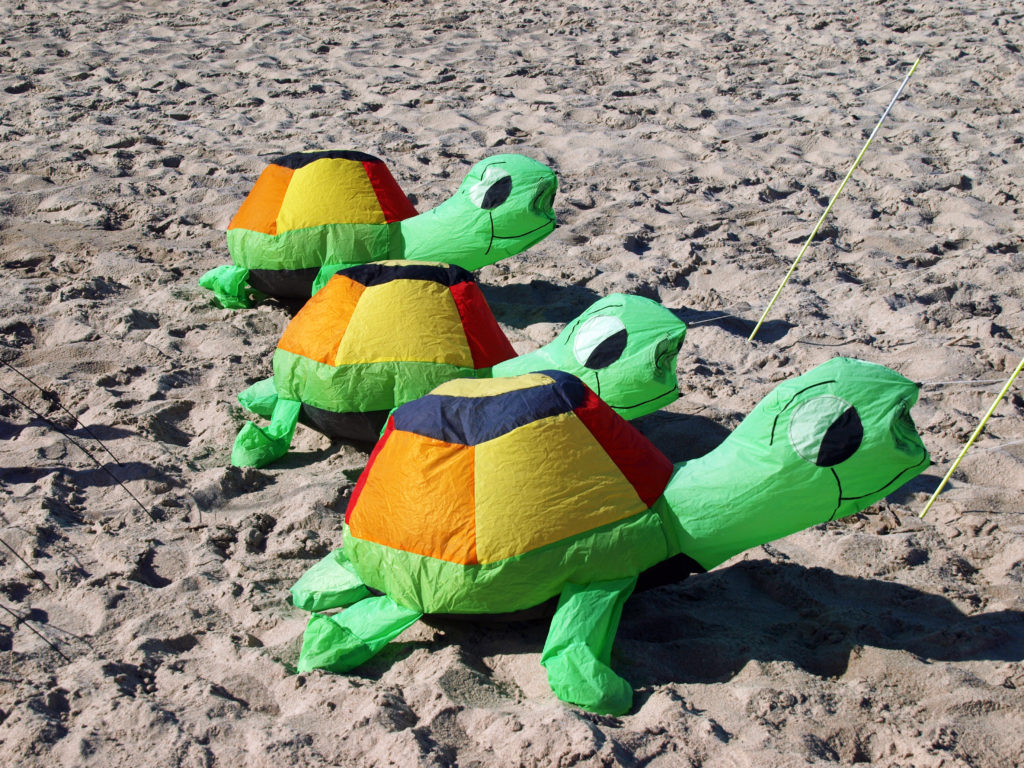
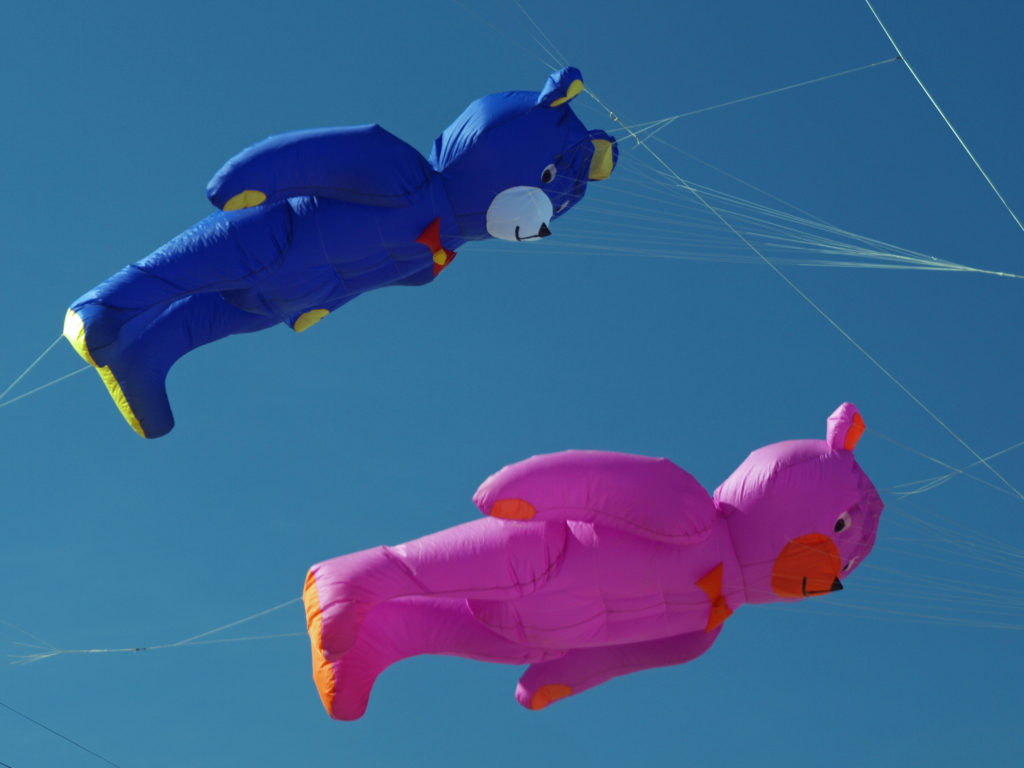 There’s plenty to do at the festival for the whole family. Kids can take part in kite making classes, get their faces painted, meet a “real live” mermaid, learn about ocean conservation, fly their own kites, and, of course, just play in the sand.
There’s plenty to do at the festival for the whole family. Kids can take part in kite making classes, get their faces painted, meet a “real live” mermaid, learn about ocean conservation, fly their own kites, and, of course, just play in the sand.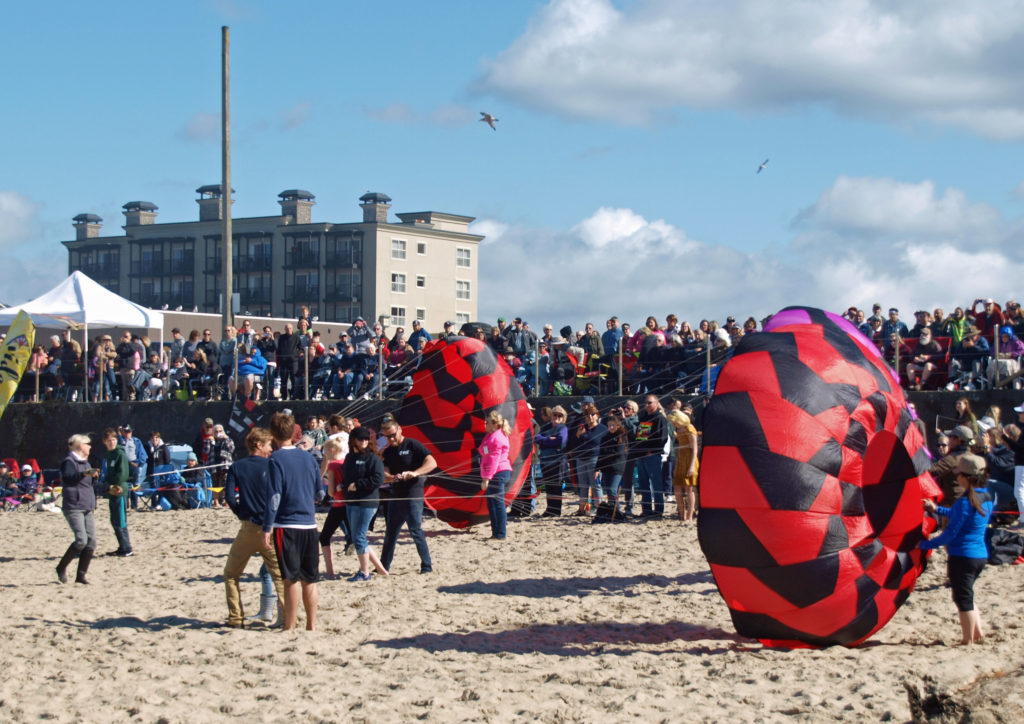
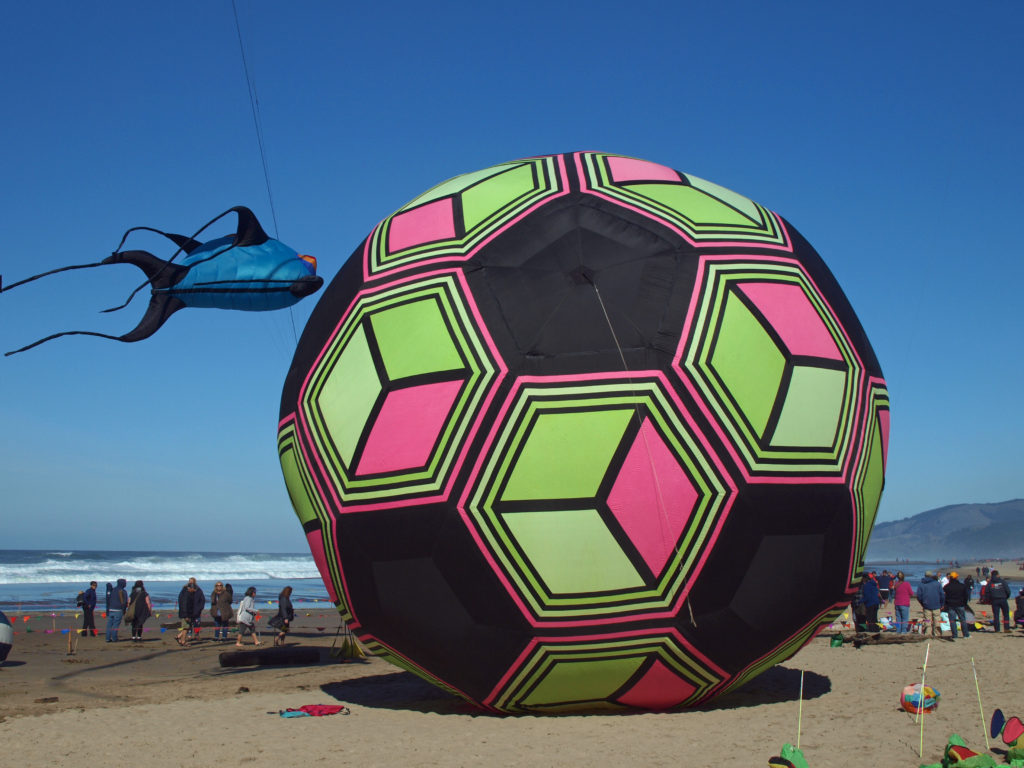 I lived in Lincoln city for most of the 1980s, so we took a mid-day break and walked the five blocks to look at the house I lived in for part of that time. It’s been extensively remodeled and added on to, so it’s nothing like it was when I lived there.
I lived in Lincoln city for most of the 1980s, so we took a mid-day break and walked the five blocks to look at the house I lived in for part of that time. It’s been extensively remodeled and added on to, so it’s nothing like it was when I lived there.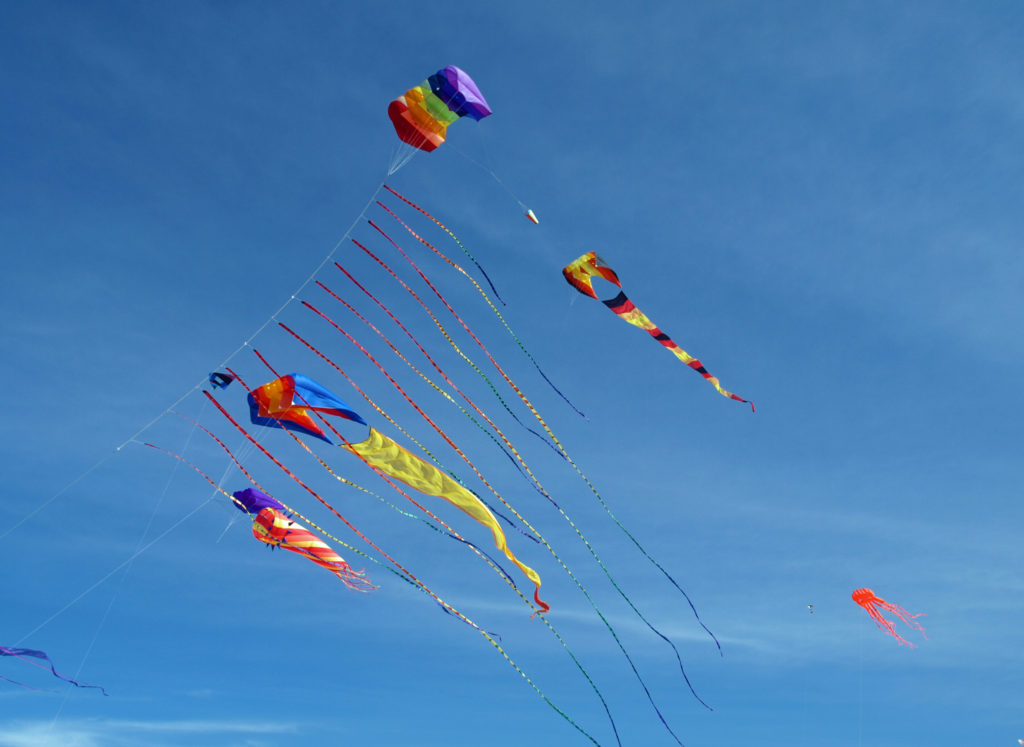
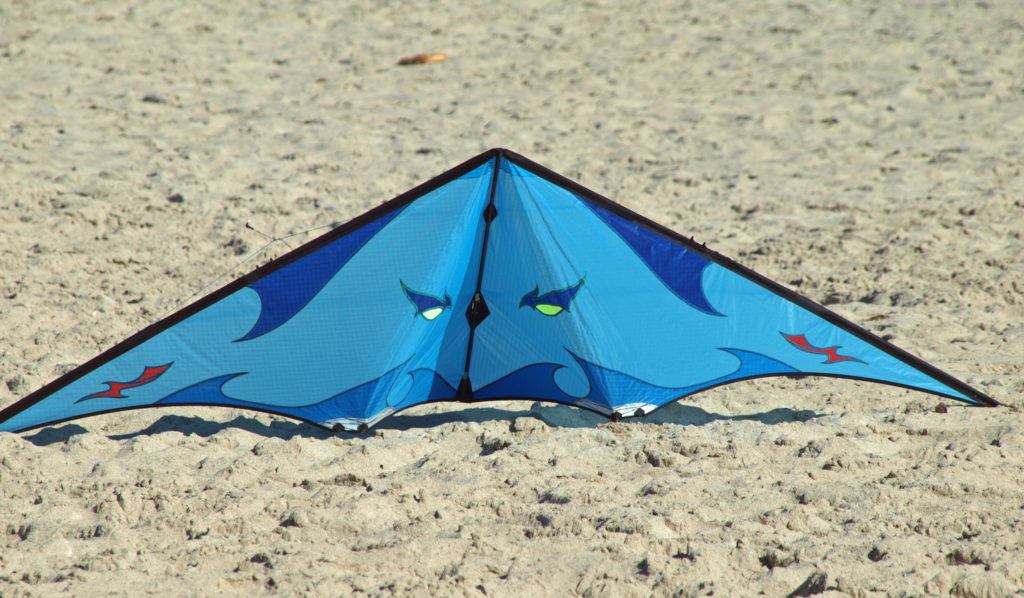 Lincoln City hosts two kite festivals every year, a summer festival in June or July and a fall festival in September or October. There are numerous other kite fests up and down the Oregon and Washington coasts, including the Southern Oregon Kite Festival in Brookings in July, and the
Lincoln City hosts two kite festivals every year, a summer festival in June or July and a fall festival in September or October. There are numerous other kite fests up and down the Oregon and Washington coasts, including the Southern Oregon Kite Festival in Brookings in July, and the 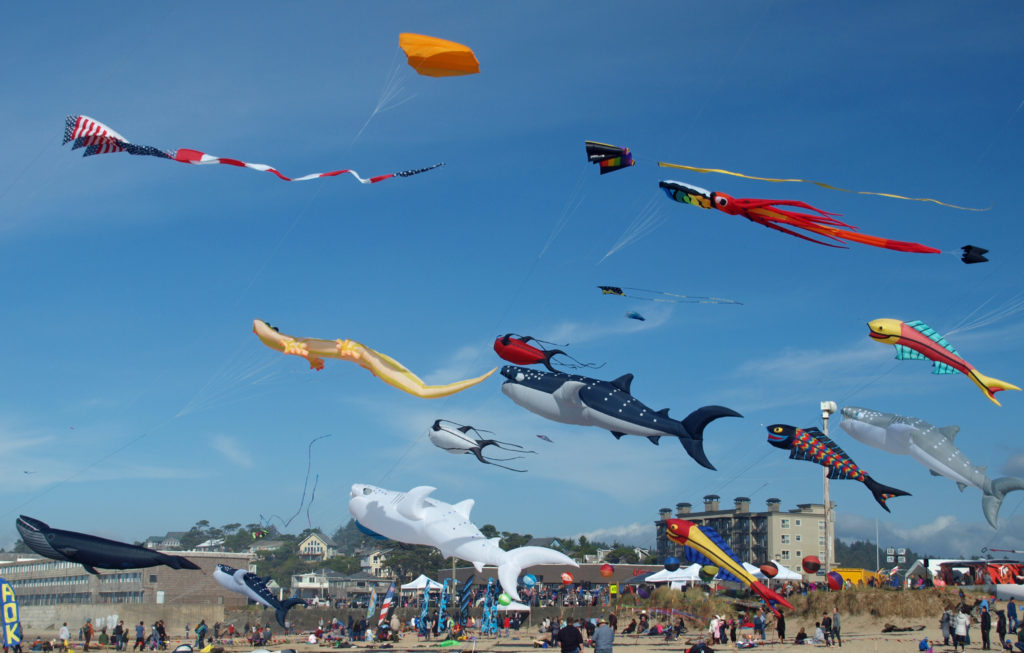

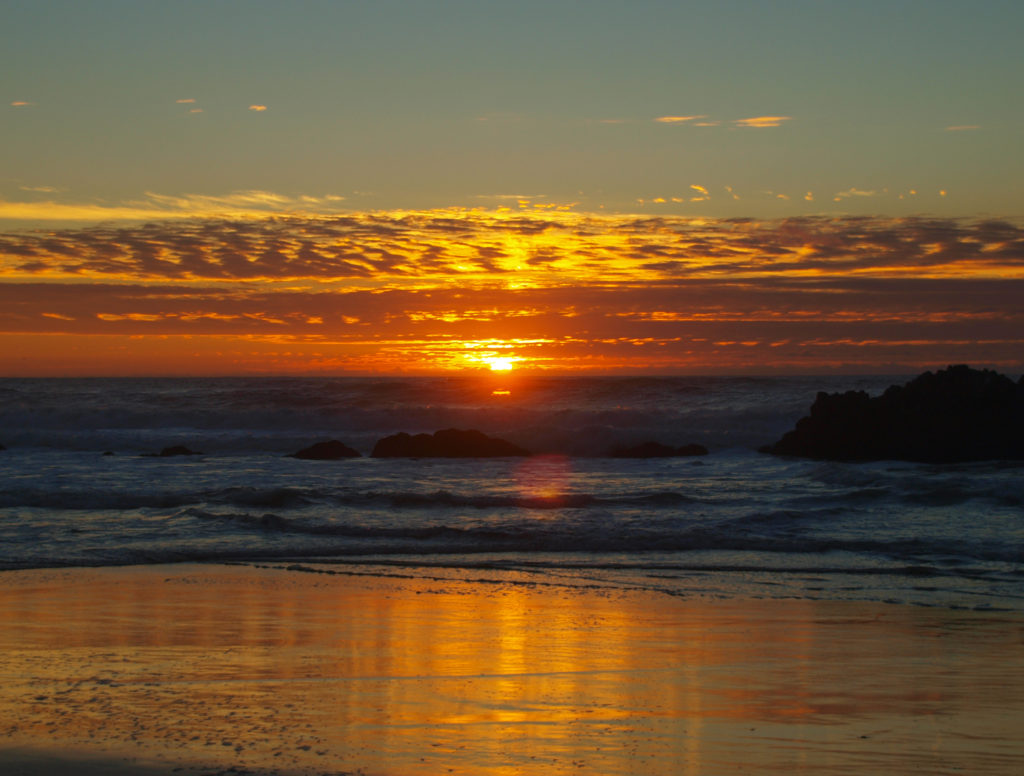
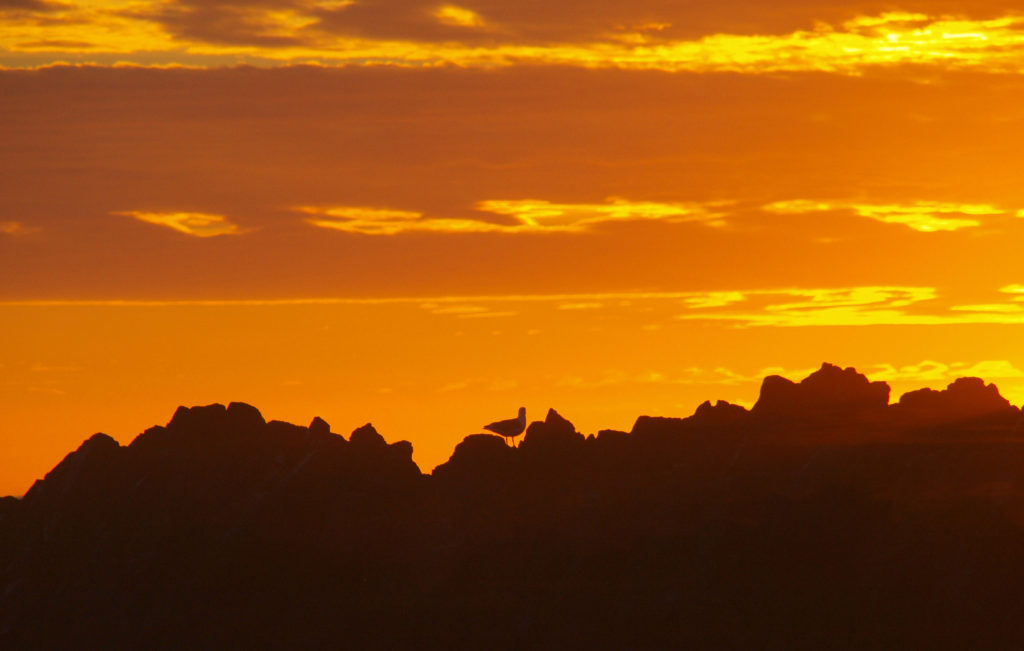
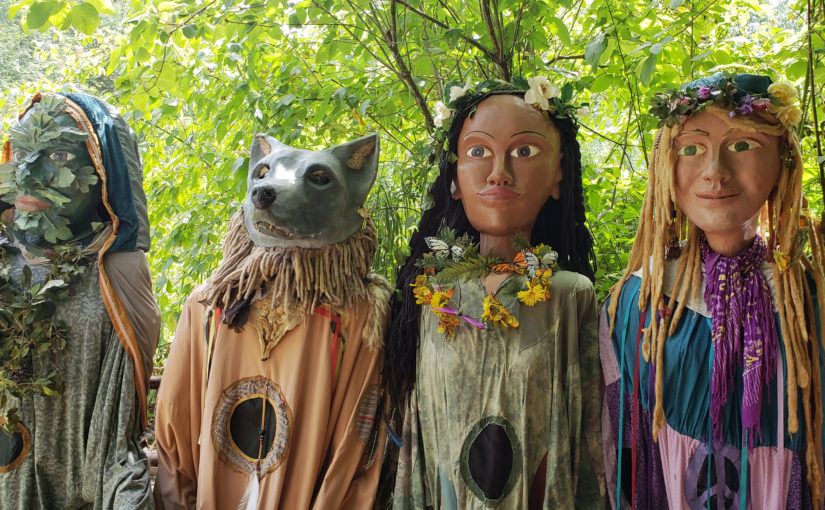

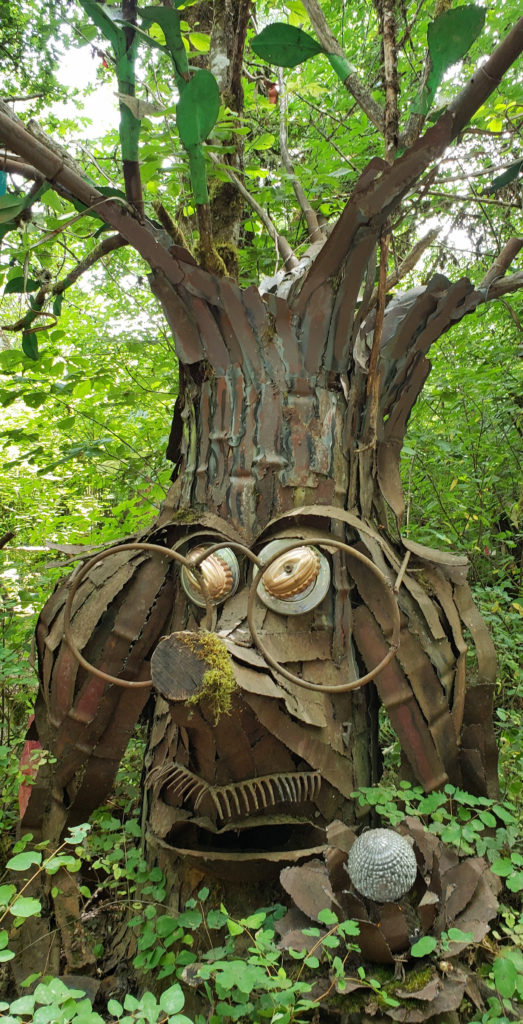
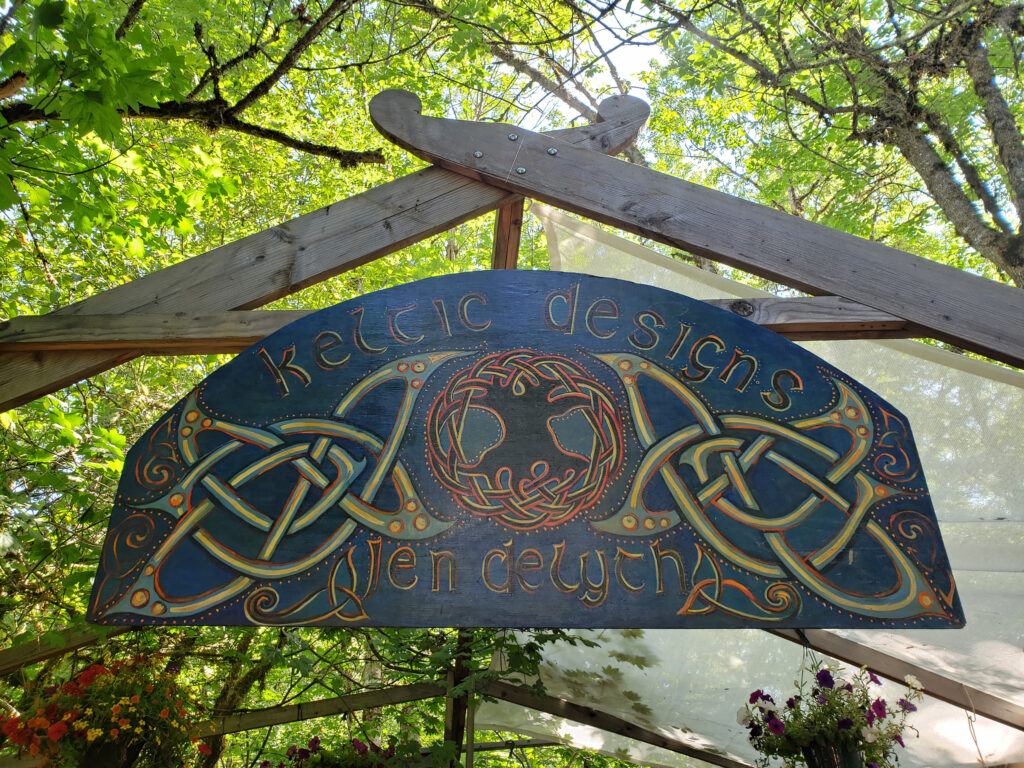 The OCF is a remnant of the 1960s counterculture, for sure, but it is anything but stuck in the 60s. Over its 54-year history the Oregon Country Fair has not only survived but grown and thrived. It’s hard to describe just how big this thing has become. The schedule of events for the 2018 fair listed 120 performances on the first day, spread over 19 stages. There are dozens of musical acts, dancers, comedy acts, vaudeville, circus acts, and more than a dozen groups of performers that wander the miles of paths of the fairgrounds. And that’s just the entertainment.
The OCF is a remnant of the 1960s counterculture, for sure, but it is anything but stuck in the 60s. Over its 54-year history the Oregon Country Fair has not only survived but grown and thrived. It’s hard to describe just how big this thing has become. The schedule of events for the 2018 fair listed 120 performances on the first day, spread over 19 stages. There are dozens of musical acts, dancers, comedy acts, vaudeville, circus acts, and more than a dozen groups of performers that wander the miles of paths of the fairgrounds. And that’s just the entertainment.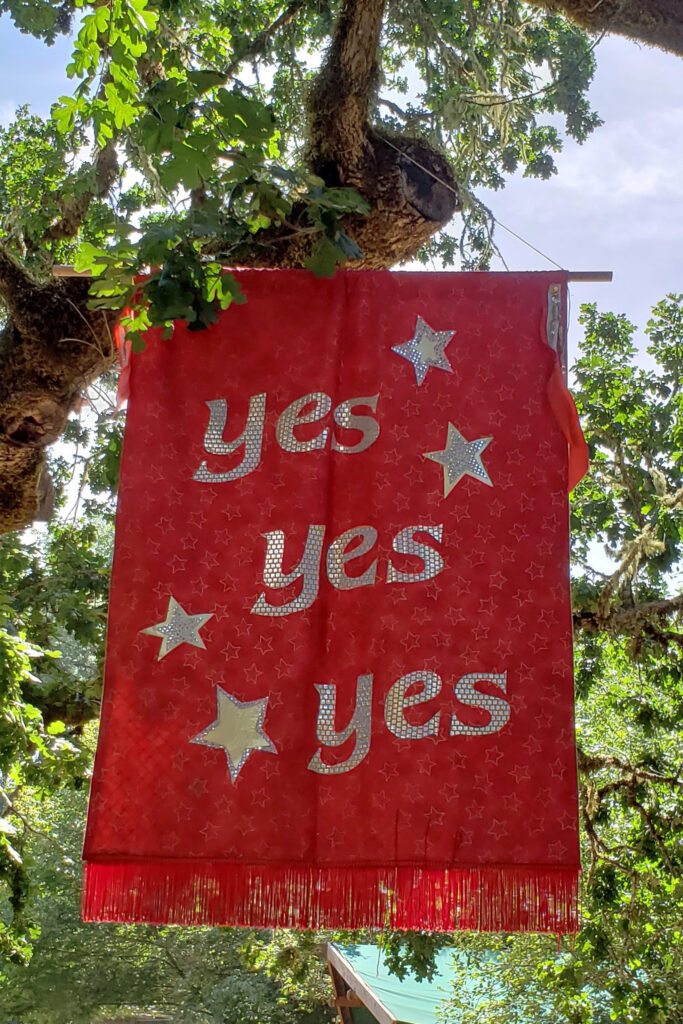 There are also more than 300 artisans selling hand crafted goods – pottery, jewelry, leatherworks, glassworks, furniture and other woodworks, sculptures, paintings, photography, clothing, and you name it. There are also dozens of workshops, classes, and “gatherings,” and almost ninety food booths. There is a childcare center, three first aid stations, a cell phone charging station, drinking water bottle filling stations, showers, and five ATMs.
There are also more than 300 artisans selling hand crafted goods – pottery, jewelry, leatherworks, glassworks, furniture and other woodworks, sculptures, paintings, photography, clothing, and you name it. There are also dozens of workshops, classes, and “gatherings,” and almost ninety food booths. There is a childcare center, three first aid stations, a cell phone charging station, drinking water bottle filling stations, showers, and five ATMs.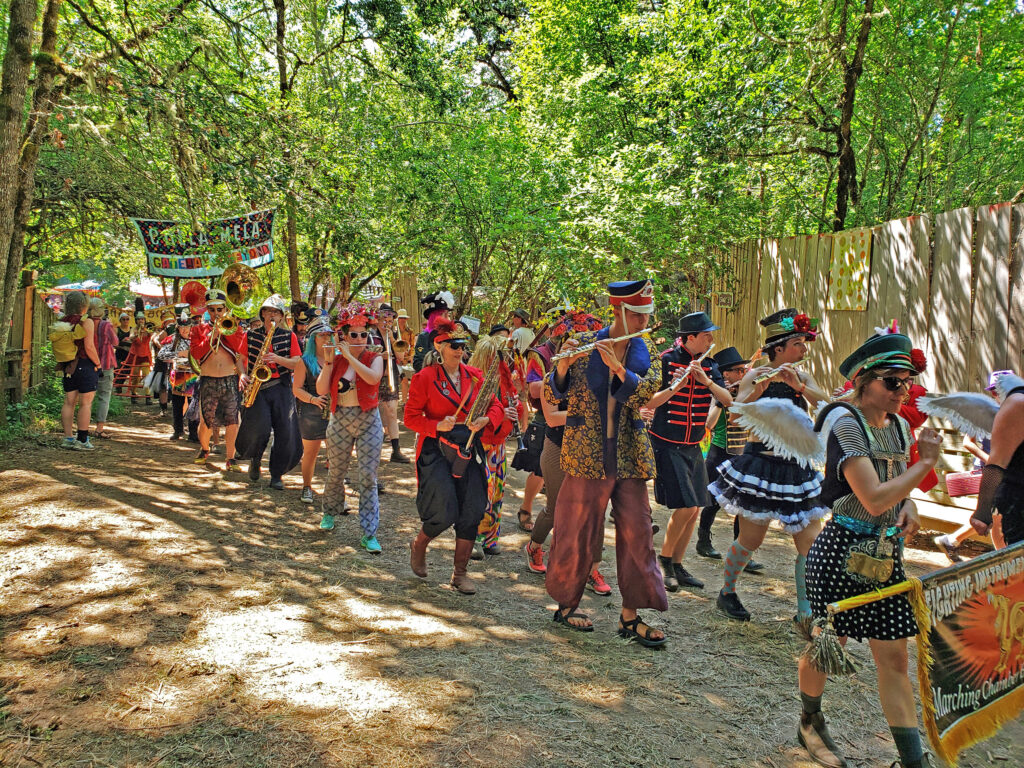
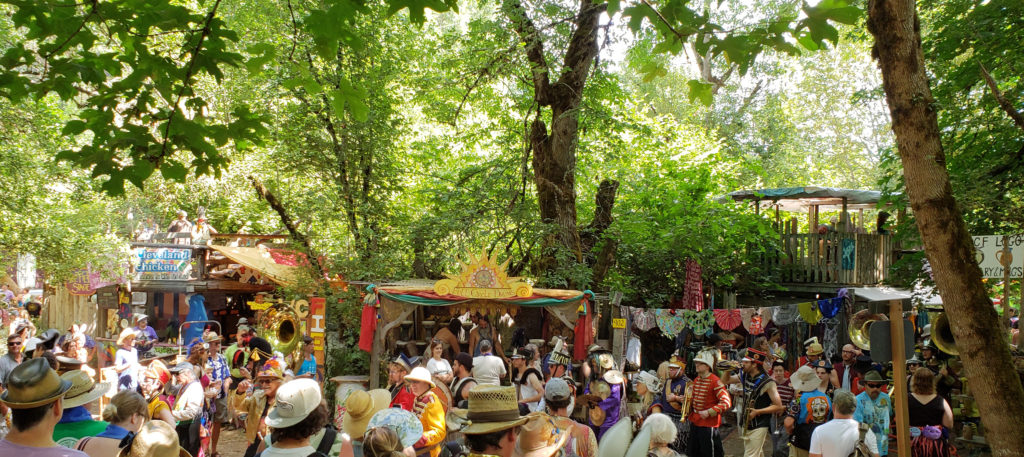
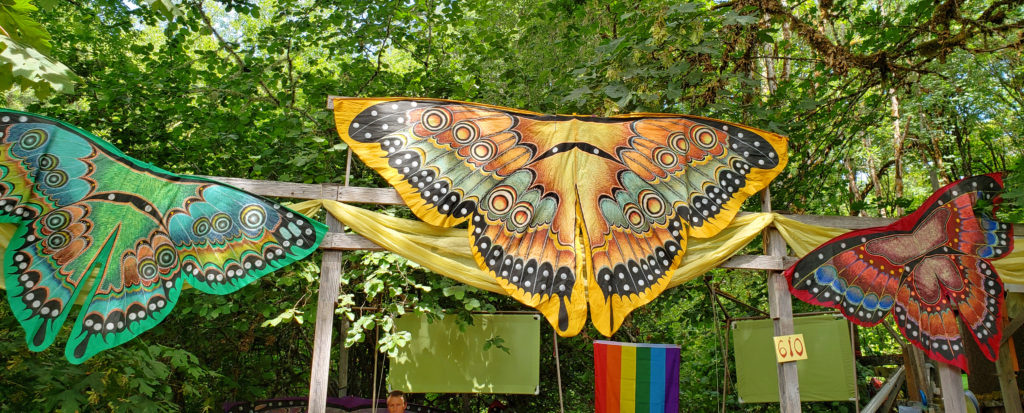
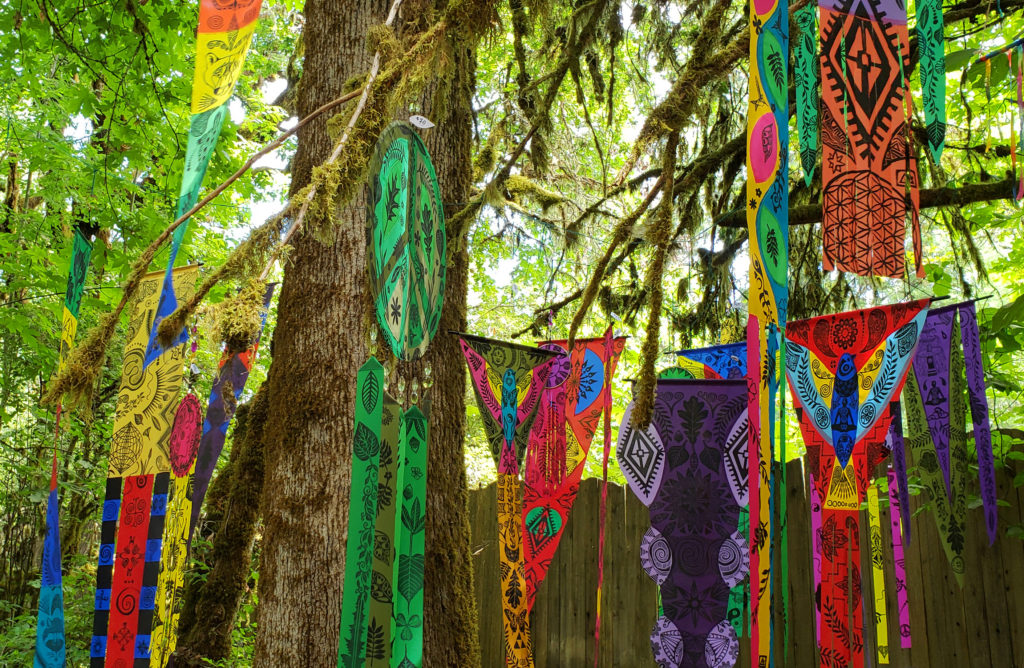
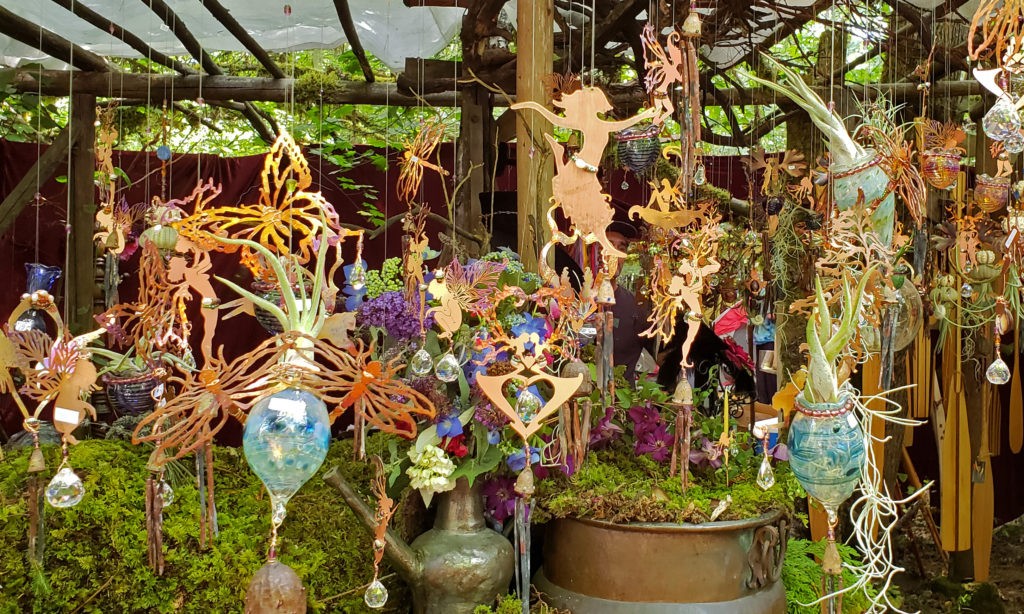
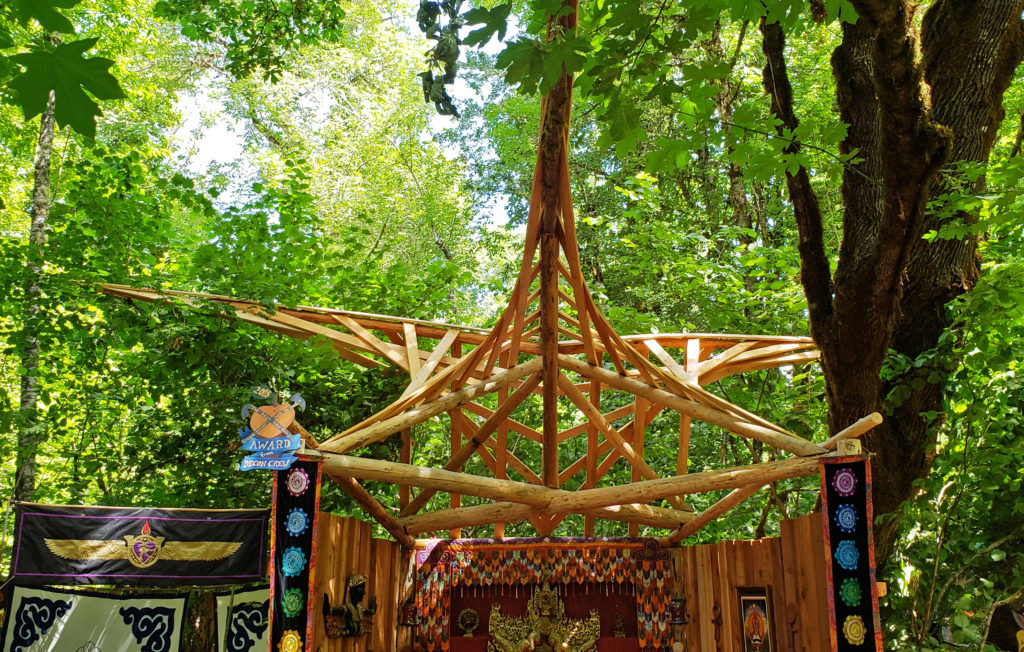
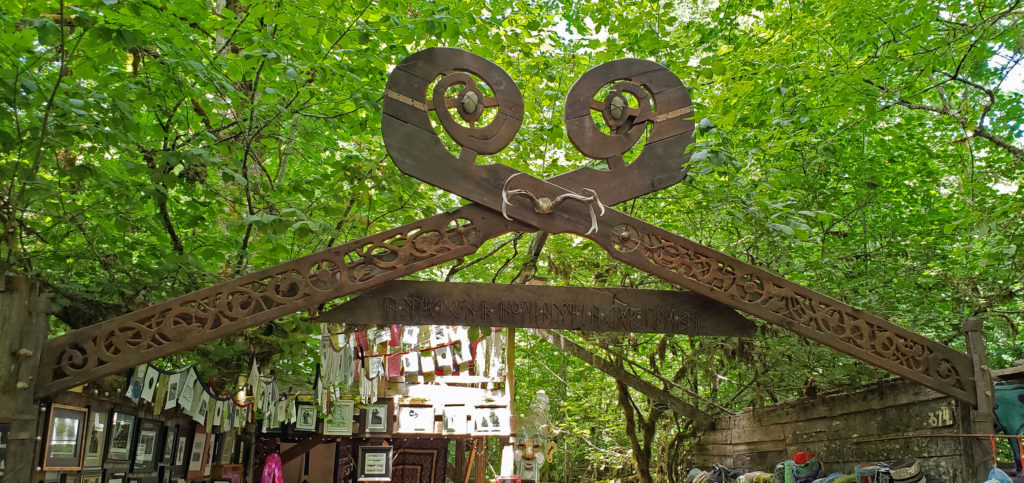
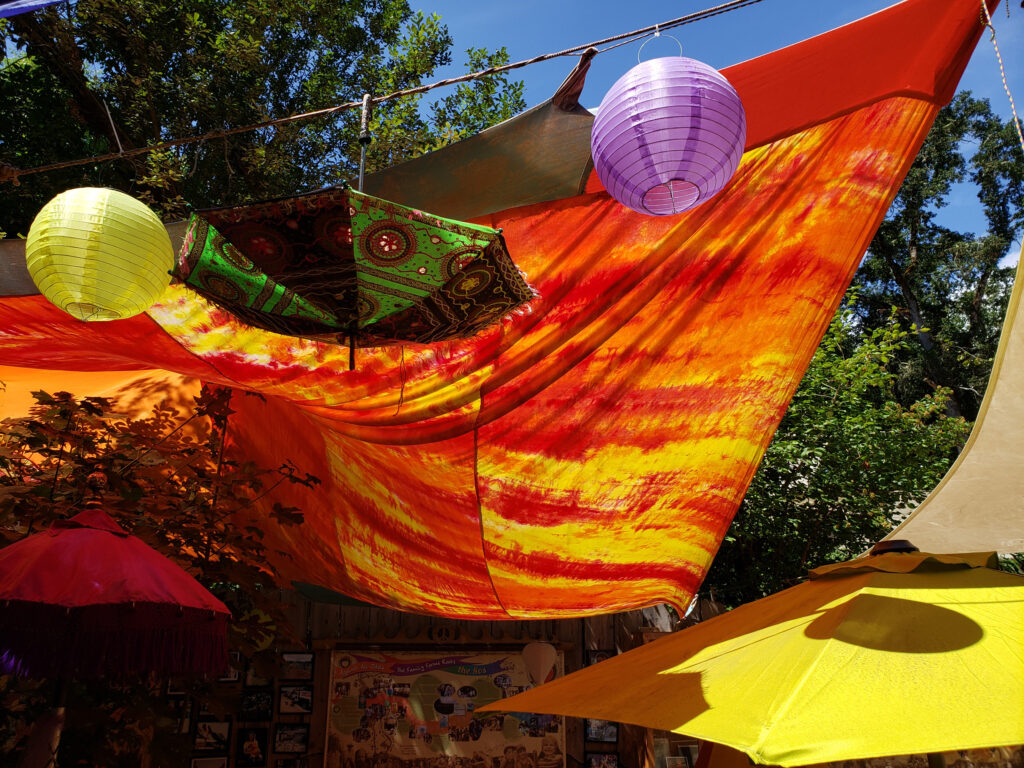
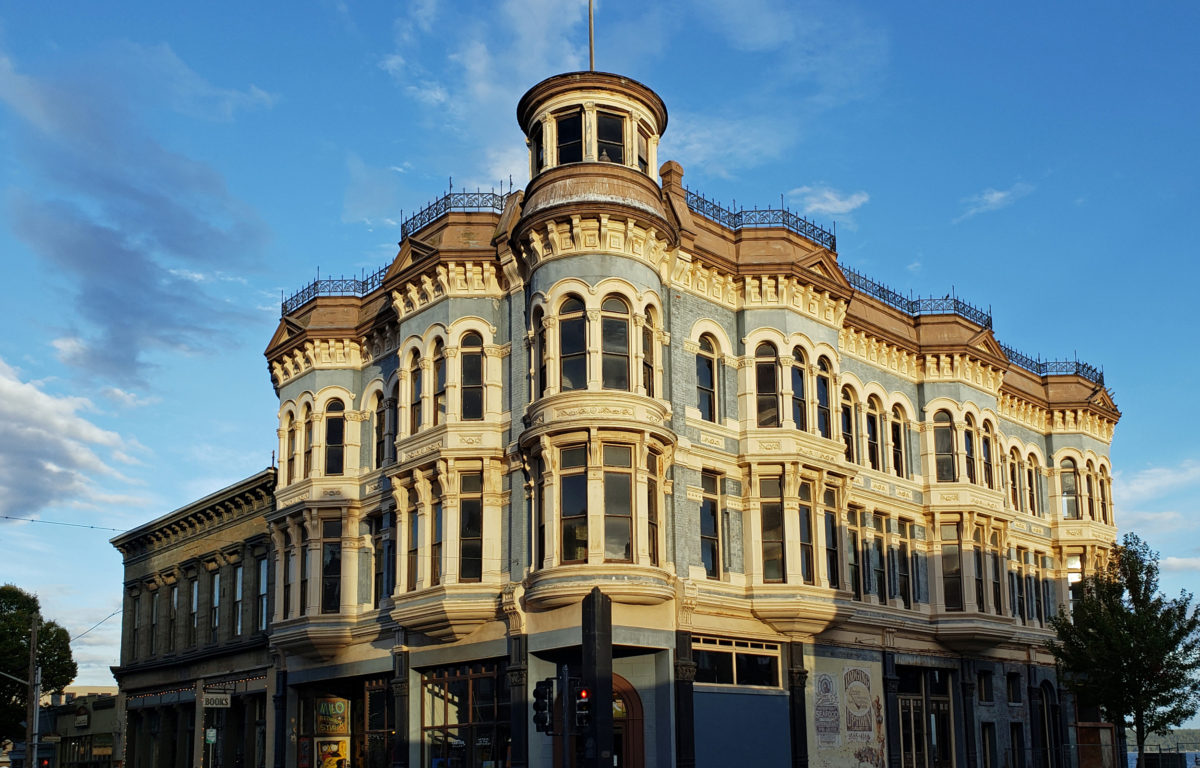




 Wooden sailing ships were key to the town’s early economy and history, and the boatbuilding and woodworking crafts live on in Port Townsend. The Northwest School of Wooden Boat Building in nearby Port Hadlock and the Port Townsend School of Woodworking help preserve and promote the skills that were so vital to the early history of Port Townsend.
Wooden sailing ships were key to the town’s early economy and history, and the boatbuilding and woodworking crafts live on in Port Townsend. The Northwest School of Wooden Boat Building in nearby Port Hadlock and the Port Townsend School of Woodworking help preserve and promote the skills that were so vital to the early history of Port Townsend.
 more than a dozen fine art and craft galleries can be found in the historic waterfront section of town.
more than a dozen fine art and craft galleries can be found in the historic waterfront section of town.

 Take a walk along Water Street. It’s not hard to imagine what the town was like 130 years ago because most of the buildings you see today date from that period. Venture up to the bluff above the waterfront and you’ll find many Victorian era homes, most of which have been well preserved or restored. If you visit in the summer months you can tour the
Take a walk along Water Street. It’s not hard to imagine what the town was like 130 years ago because most of the buildings you see today date from that period. Venture up to the bluff above the waterfront and you’ll find many Victorian era homes, most of which have been well preserved or restored. If you visit in the summer months you can tour the 

 Even if you’re not interested in the town’s history, its maritime traditions, or the arts, Port Townsend is still worth visiting, if only to take in its beautiful setting and indulge in its food and drink scene.
Even if you’re not interested in the town’s history, its maritime traditions, or the arts, Port Townsend is still worth visiting, if only to take in its beautiful setting and indulge in its food and drink scene.
 When you’re done with your hike, check to see if Taps at the Guardhouse in Fort Worden is open (it was closed in 2022) to quench your thirst with a good craft brew. Back in the historic district, I highly recommend that you visit
When you’re done with your hike, check to see if Taps at the Guardhouse in Fort Worden is open (it was closed in 2022) to quench your thirst with a good craft brew. Back in the historic district, I highly recommend that you visit 
 On the food side, Owl Spirit Cafe is a good place to grab a sandwich or burrito for lunch. If you have pizza in mind, try Waterfront Pizza. My go to spot for breakfast and lunch is
On the food side, Owl Spirit Cafe is a good place to grab a sandwich or burrito for lunch. If you have pizza in mind, try Waterfront Pizza. My go to spot for breakfast and lunch is  My wife and I stayed at the Water Street Hotel on our most recent visit, recently renamed the
My wife and I stayed at the Water Street Hotel on our most recent visit, recently renamed the 
 Originally posted November 20, 2020. Updated and re-posted January 12, 2023.
Originally posted November 20, 2020. Updated and re-posted January 12, 2023.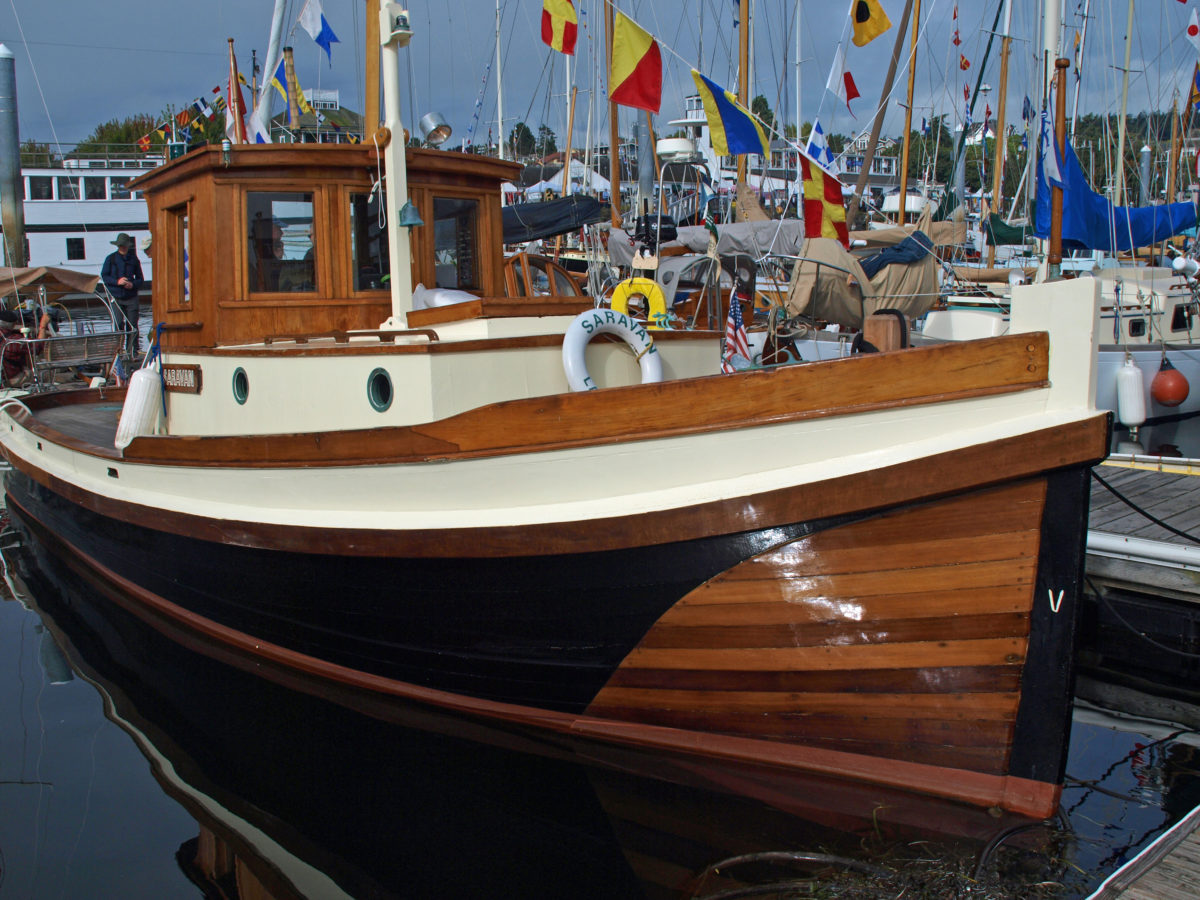
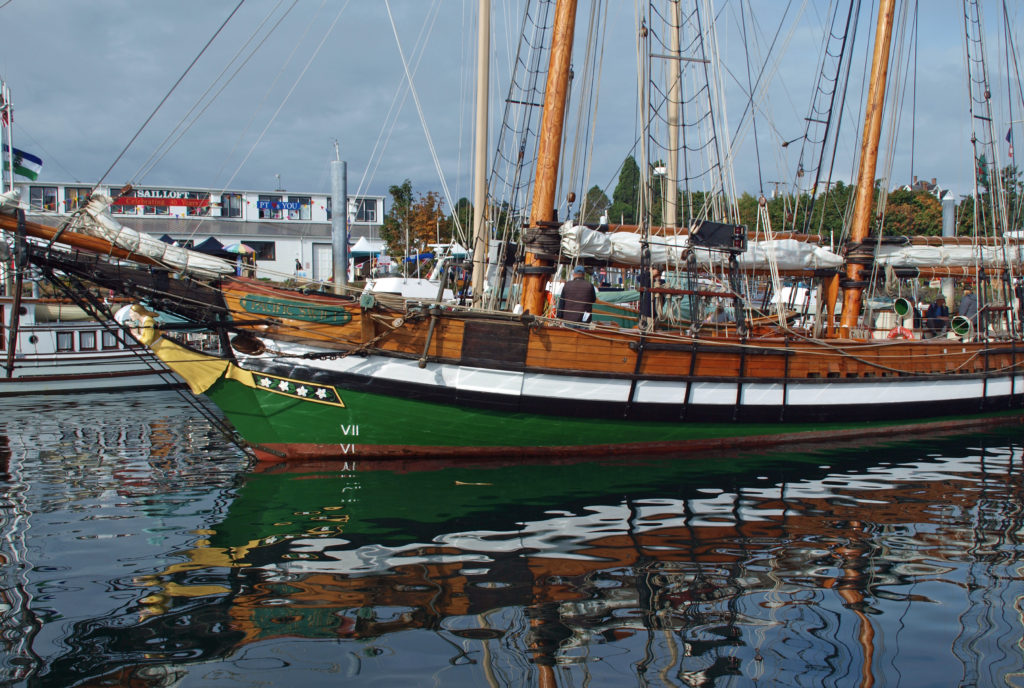 That year, I decided to attend the festival only a month or so before it started, so most of the accommodations in
That year, I decided to attend the festival only a month or so before it started, so most of the accommodations in 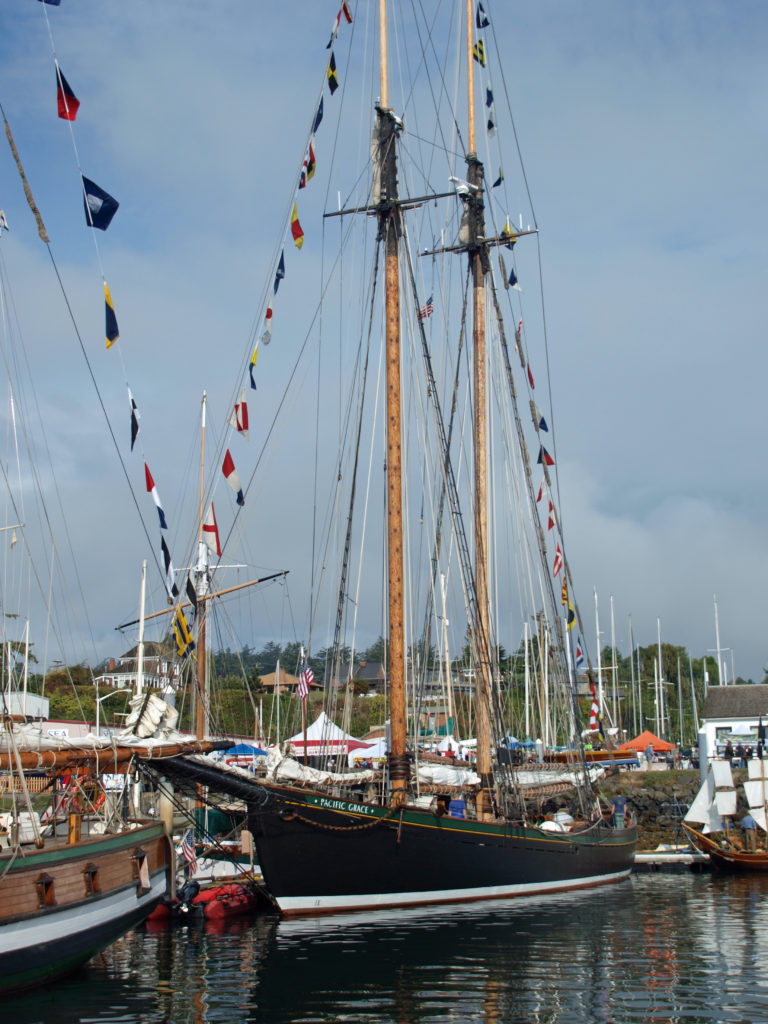 I found the Wooden Boat Festival to be as amazing an event as I had imagined, and maybe then some. It was quite a treat to see so many beautiful boats in one place. There were more than 300 boats featured at the 2018 show. Many of the owners welcomed guests aboard their boats and all were happy to talk about their boats and answer any questions.
I found the Wooden Boat Festival to be as amazing an event as I had imagined, and maybe then some. It was quite a treat to see so many beautiful boats in one place. There were more than 300 boats featured at the 2018 show. Many of the owners welcomed guests aboard their boats and all were happy to talk about their boats and answer any questions.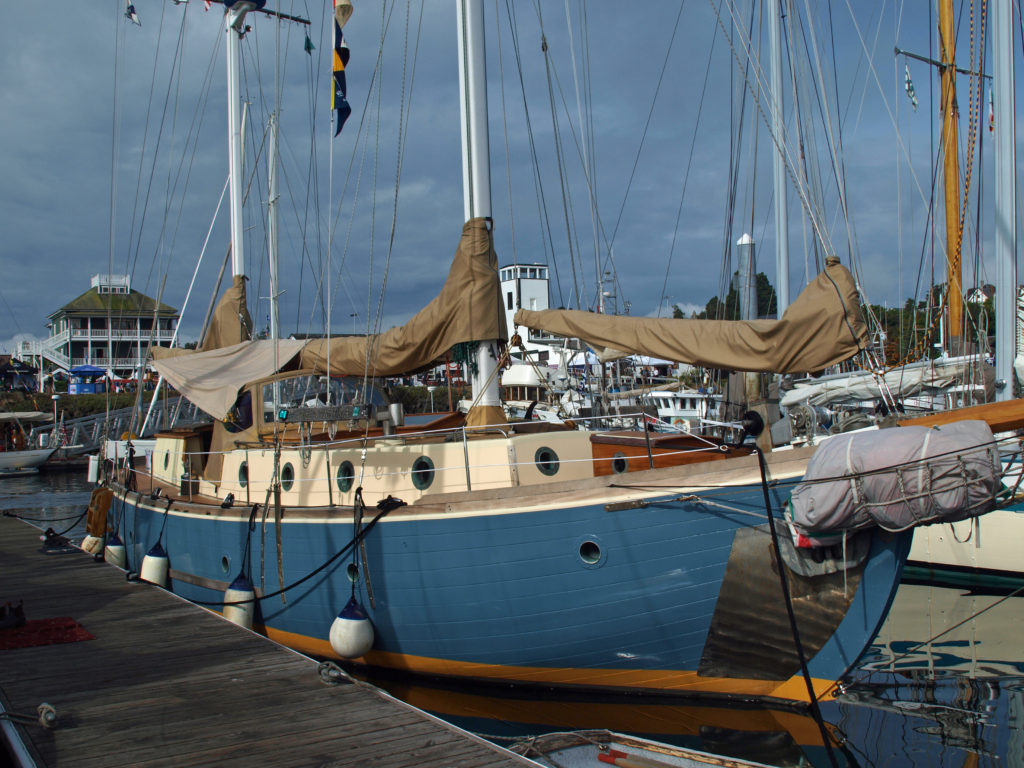 There were sailing, paddling, and rowing races, panel discussions, music, food and drink, films, and dozens of classes on boat designing and building, boat maintenance, sailing, navigation, living aboard, and much more. You could sail on one of several tall ships, try your hand at paddle boarding, or crew on a replica of one of Captain George Vancouver’s longboats from 1792. There was also a boat building competition in which teams endeavored to build boats from scratch in three days. And there were lots of activities for kids.
There were sailing, paddling, and rowing races, panel discussions, music, food and drink, films, and dozens of classes on boat designing and building, boat maintenance, sailing, navigation, living aboard, and much more. You could sail on one of several tall ships, try your hand at paddle boarding, or crew on a replica of one of Captain George Vancouver’s longboats from 1792. There was also a boat building competition in which teams endeavored to build boats from scratch in three days. And there were lots of activities for kids.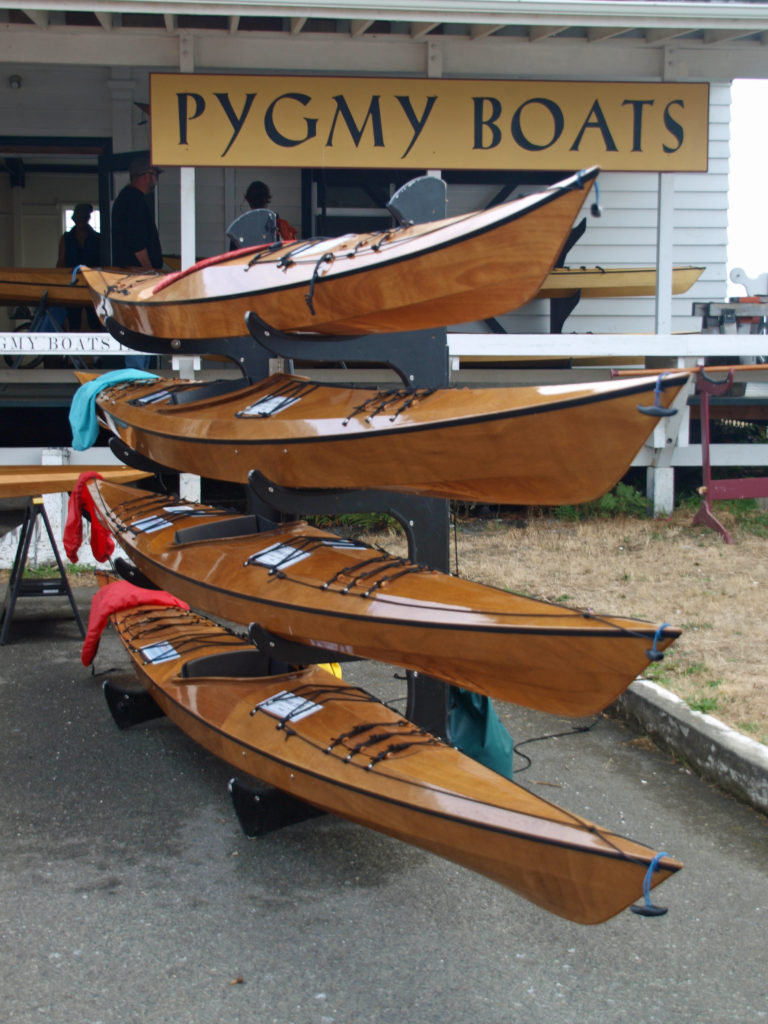 One of the highlights for me was being able to talk to some of the many boat builders at the festival, and seeing some of the boats that they’ve built. Casey Wilkerson of
One of the highlights for me was being able to talk to some of the many boat builders at the festival, and seeing some of the boats that they’ve built. Casey Wilkerson of 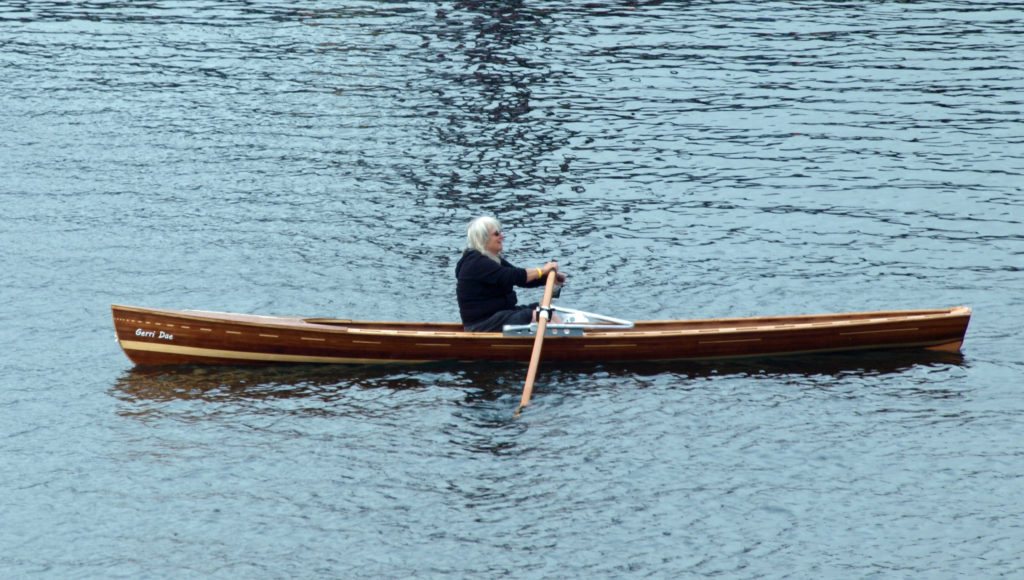
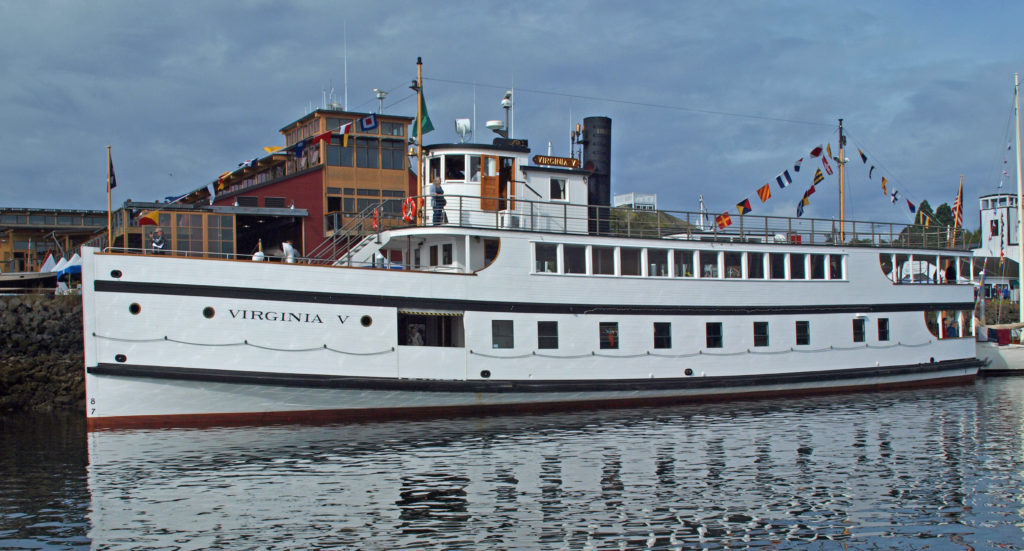 All in all, there was far too much to see and do in a single day. I haven’t been back since the 2018 festival, but I’m hoping to attend the 2023 festival, to be held September 8-10. This time I’ll plan a little farther ahead, stay in Port Townsend, and take in the entire three days of the festival. And by the way, even if you’re not a wooden boat fan, Port Townsend is a pretty cool town, well worth a visit any time of the year.
All in all, there was far too much to see and do in a single day. I haven’t been back since the 2018 festival, but I’m hoping to attend the 2023 festival, to be held September 8-10. This time I’ll plan a little farther ahead, stay in Port Townsend, and take in the entire three days of the festival. And by the way, even if you’re not a wooden boat fan, Port Townsend is a pretty cool town, well worth a visit any time of the year.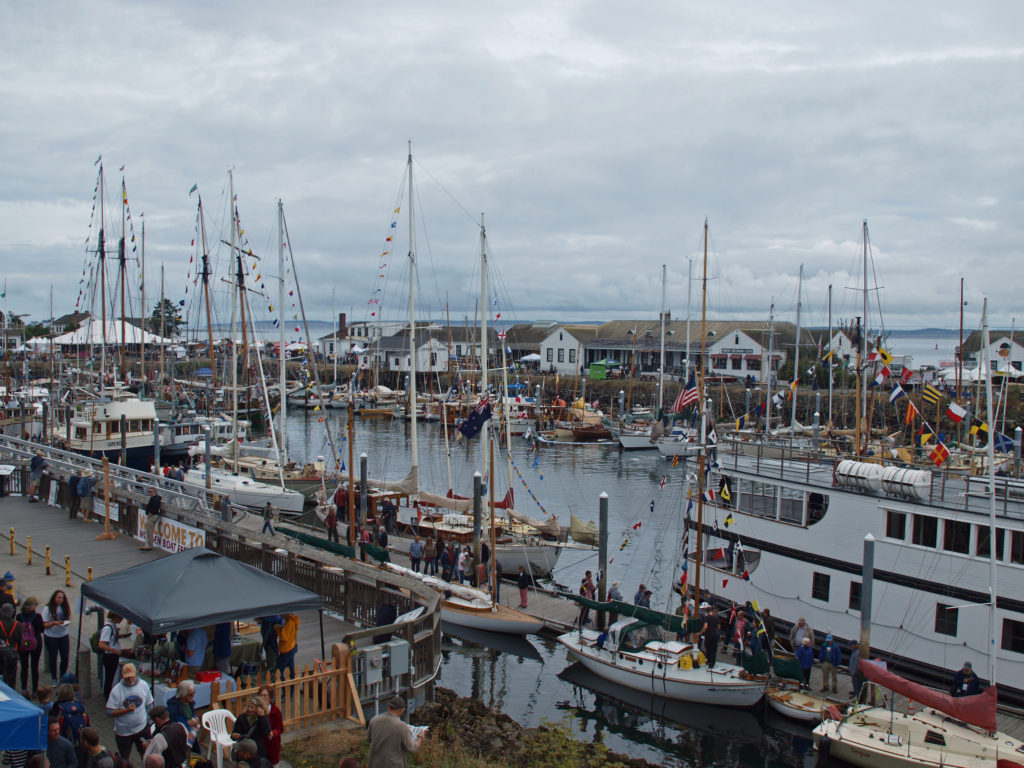 For more information about the festival, check out the festival’s
For more information about the festival, check out the festival’s 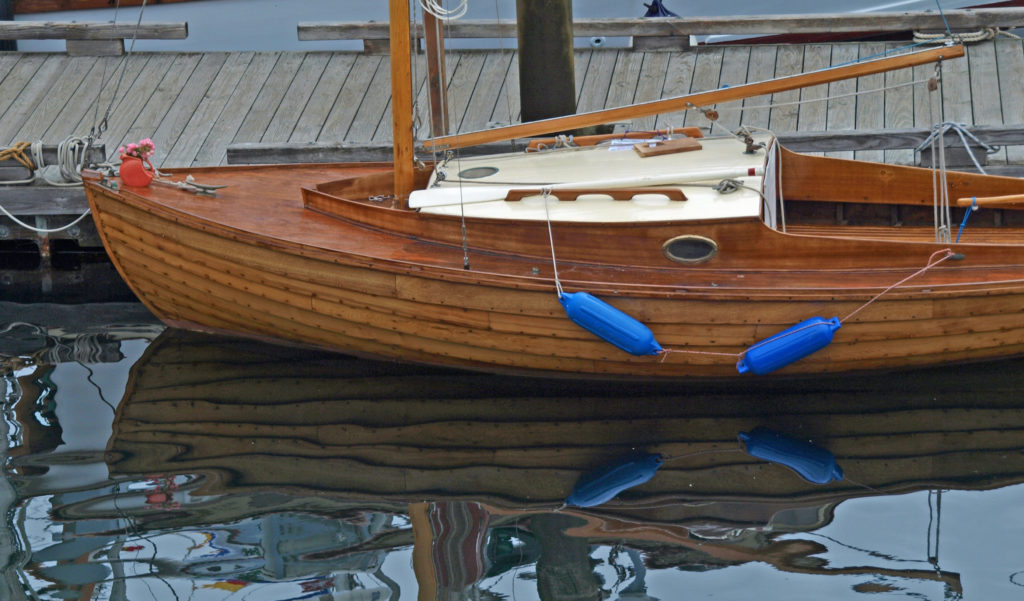 Originally posted September 13, 2018. Edited and re-posted September 20, 2022.
Originally posted September 13, 2018. Edited and re-posted September 20, 2022.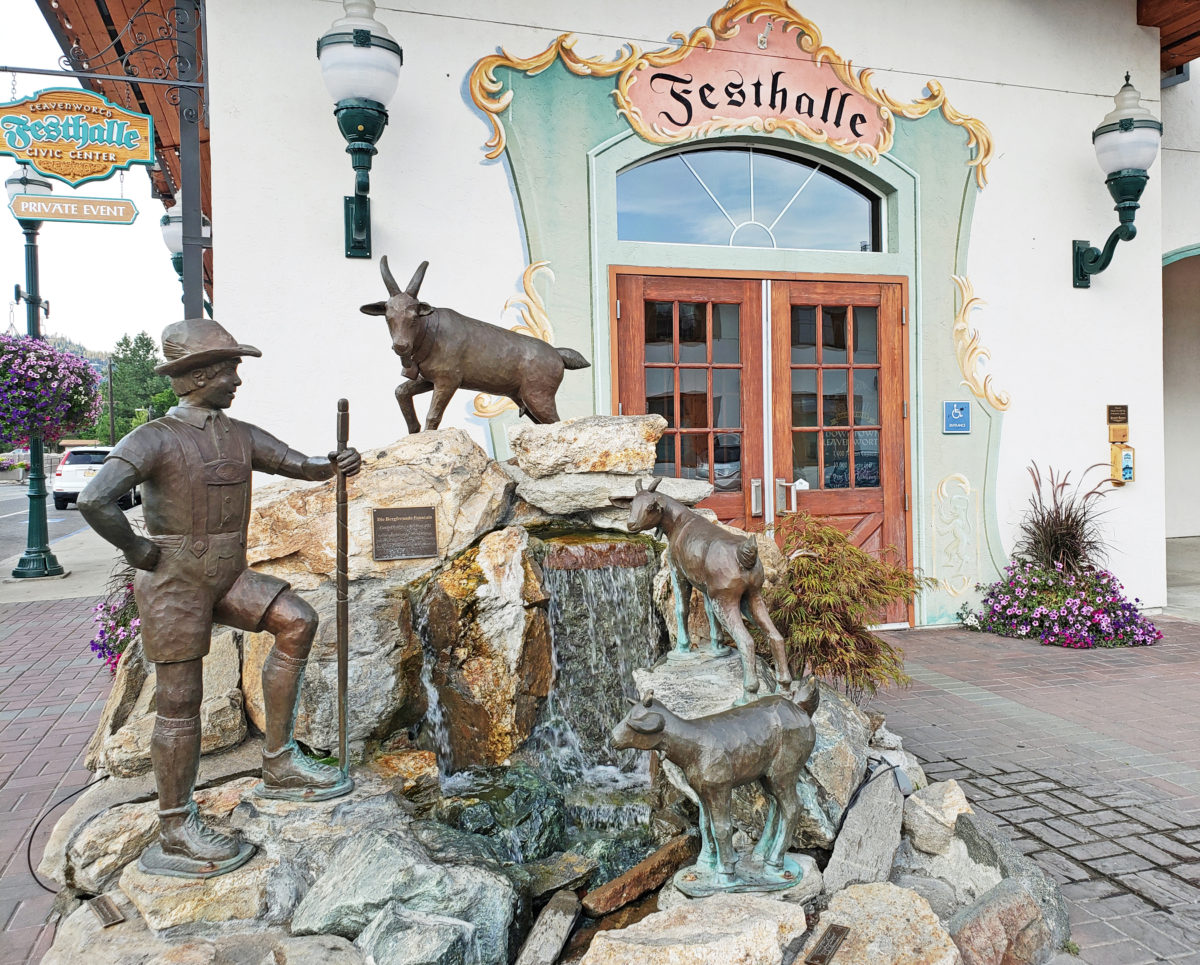
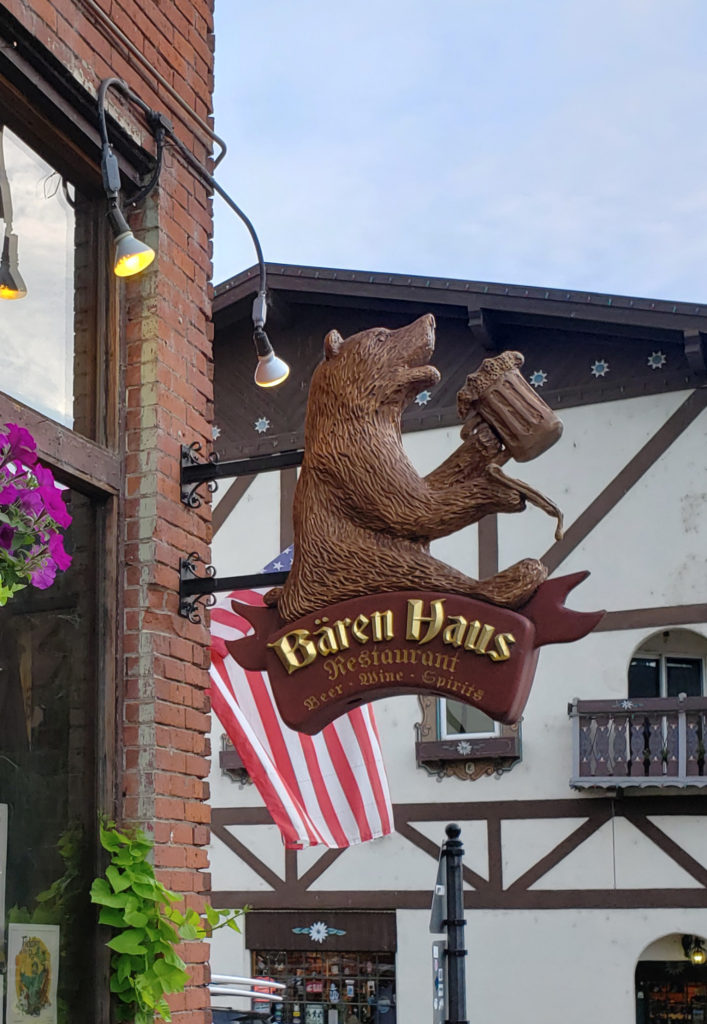
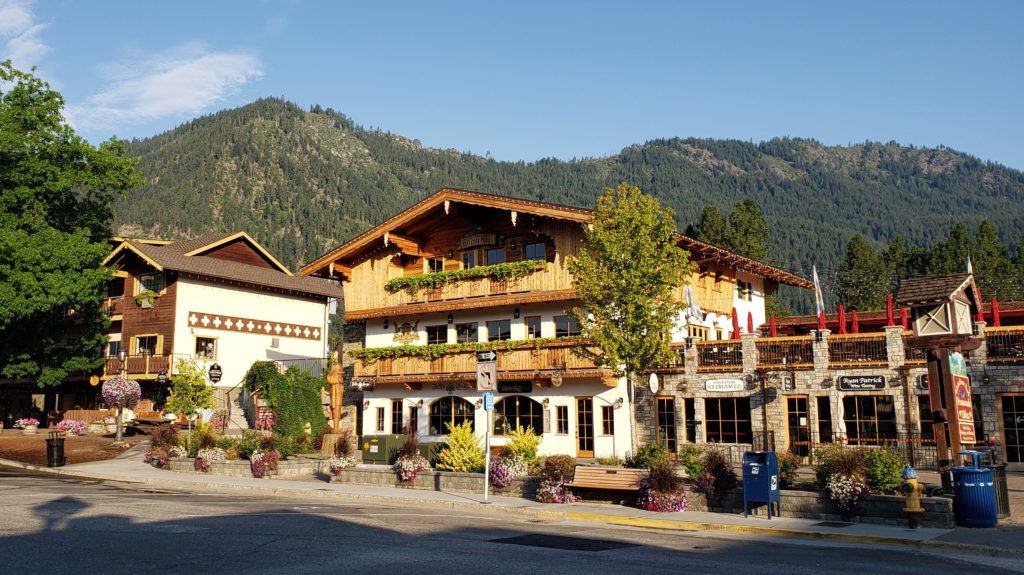
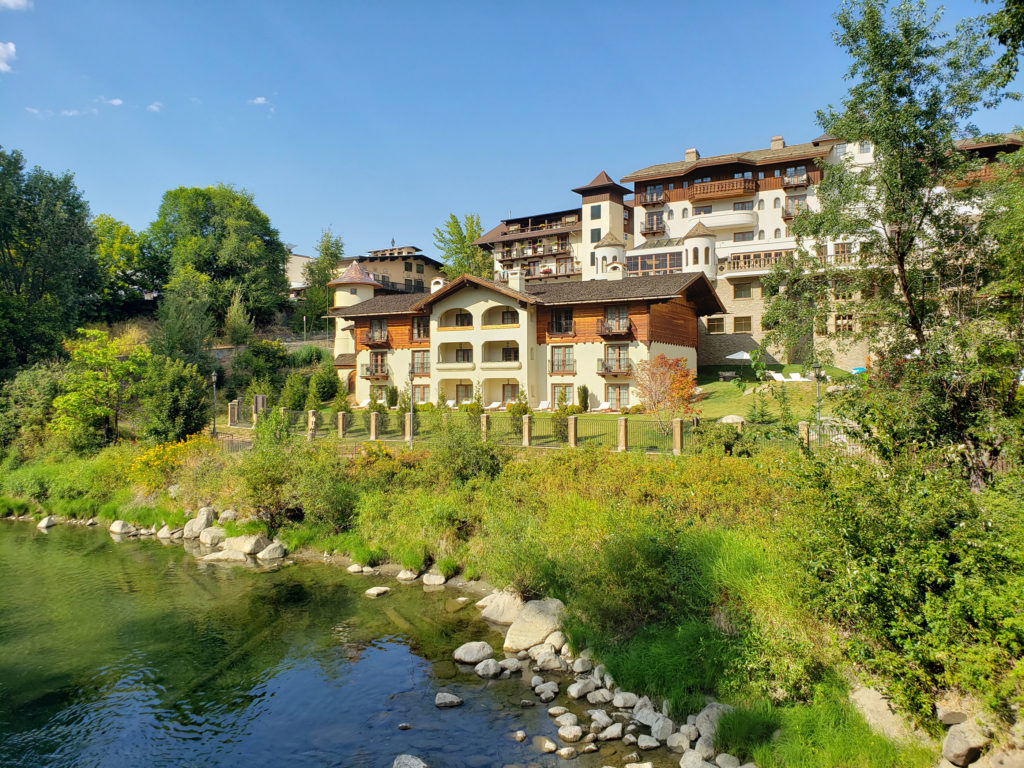
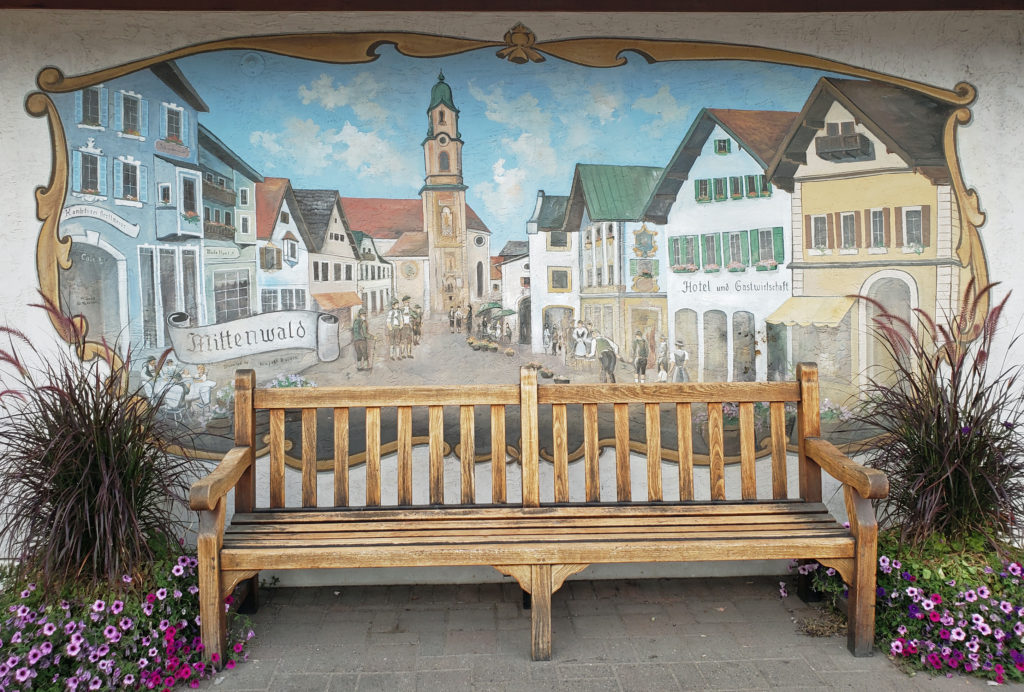
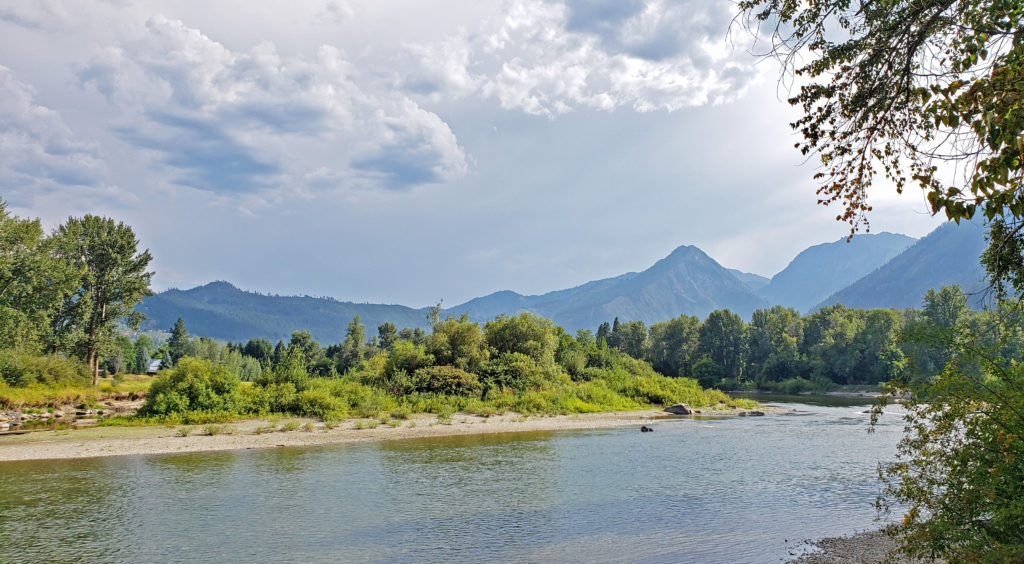
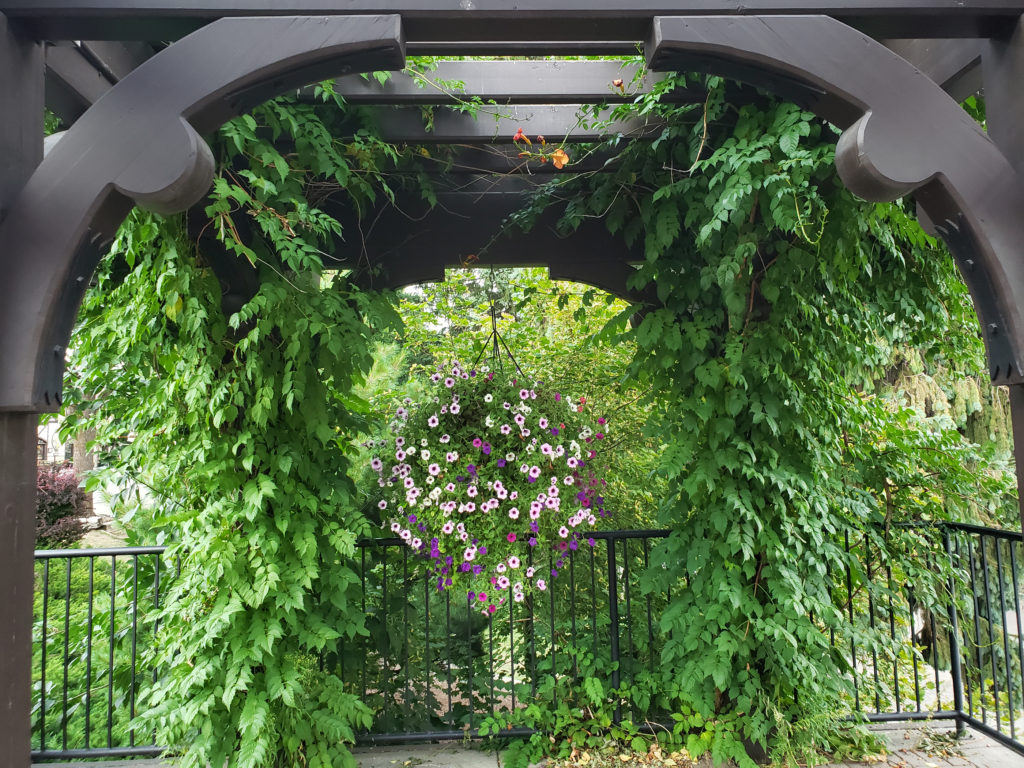

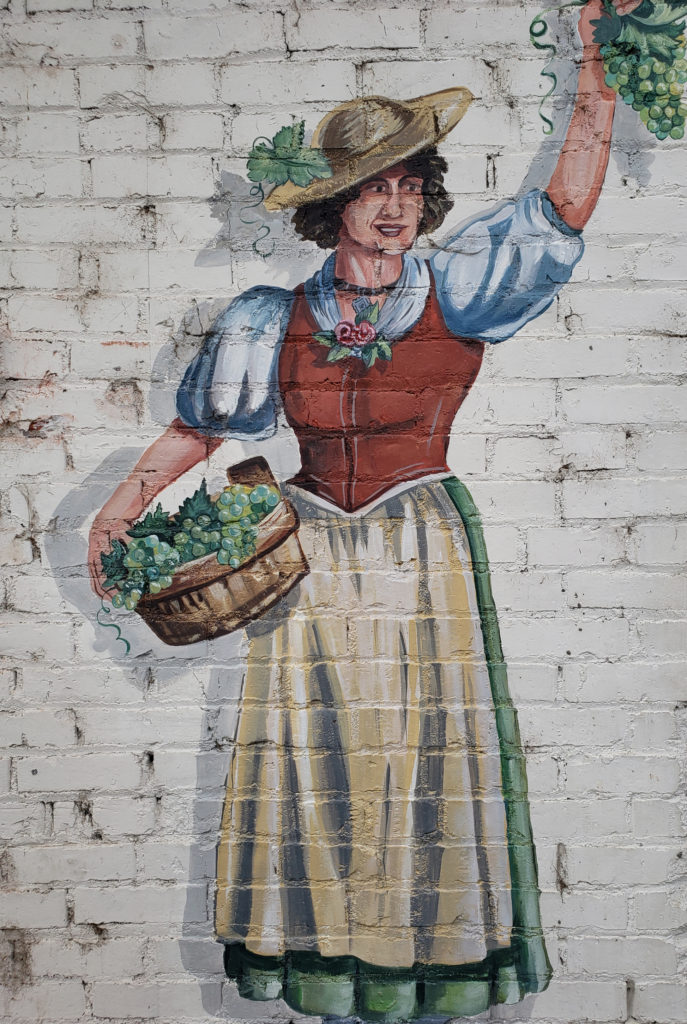
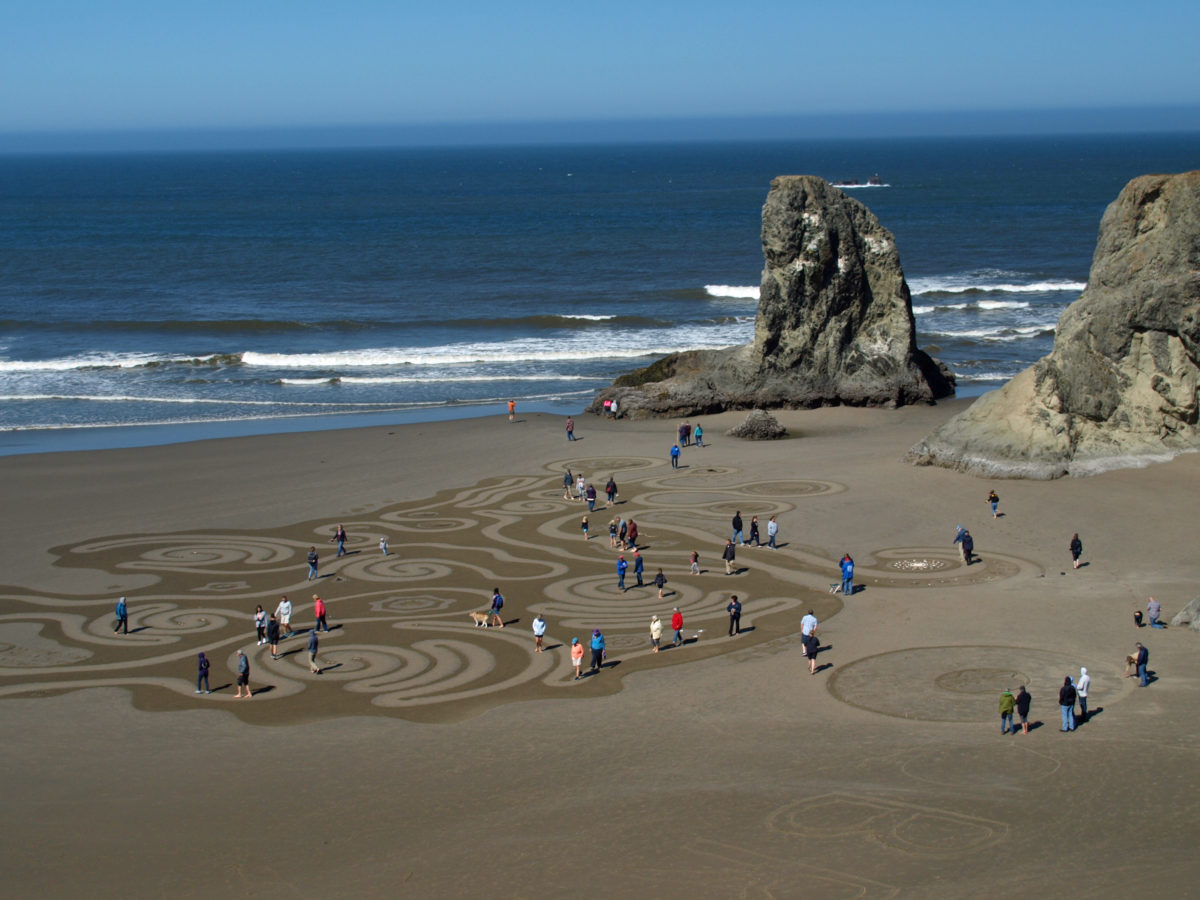
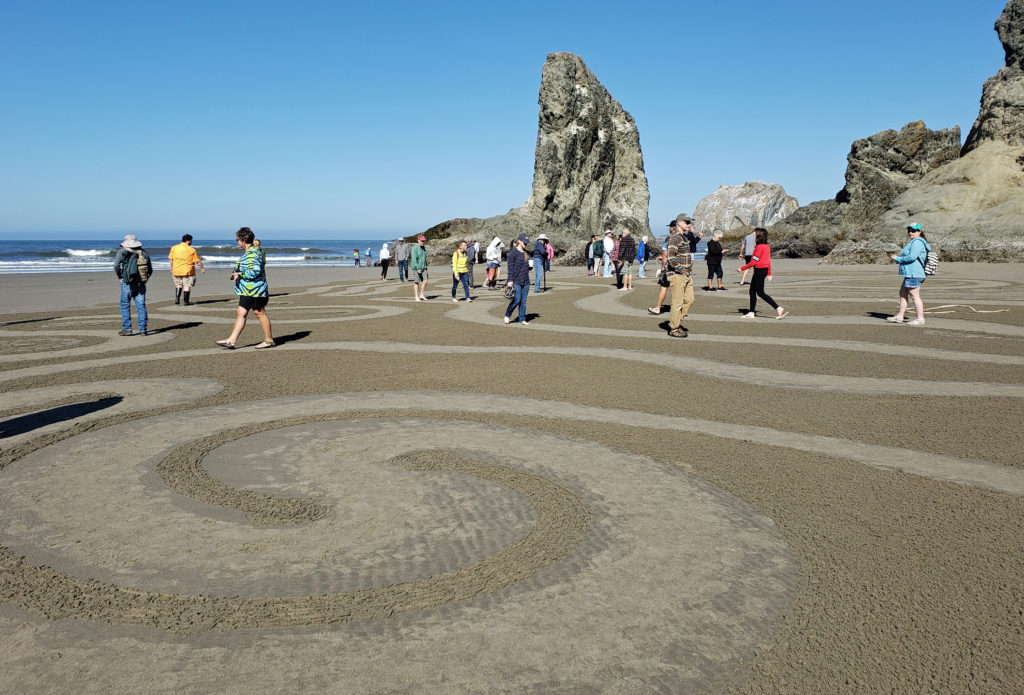
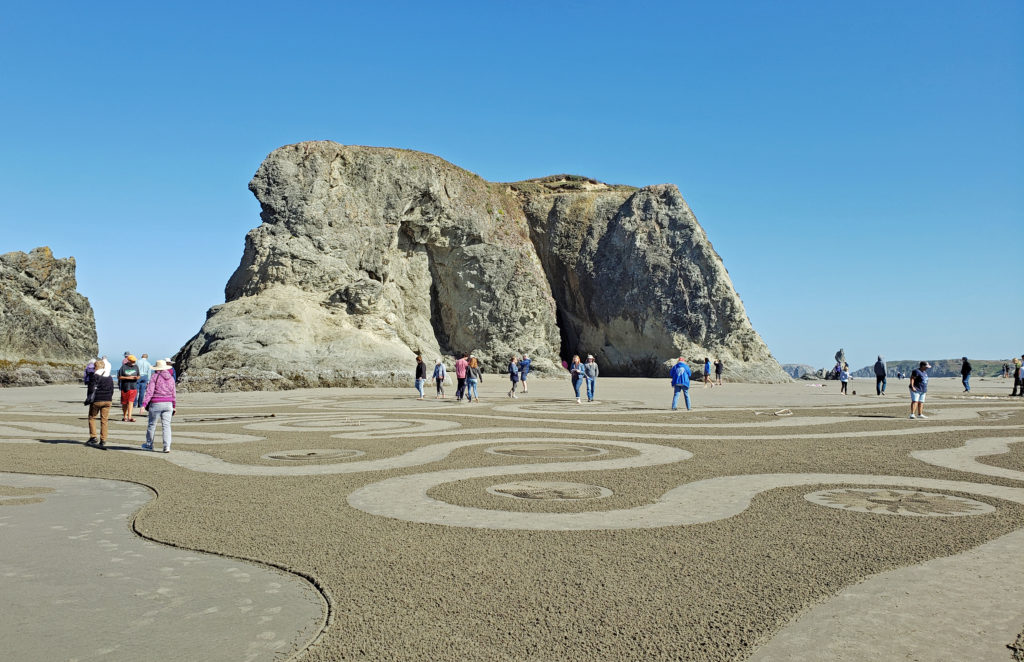
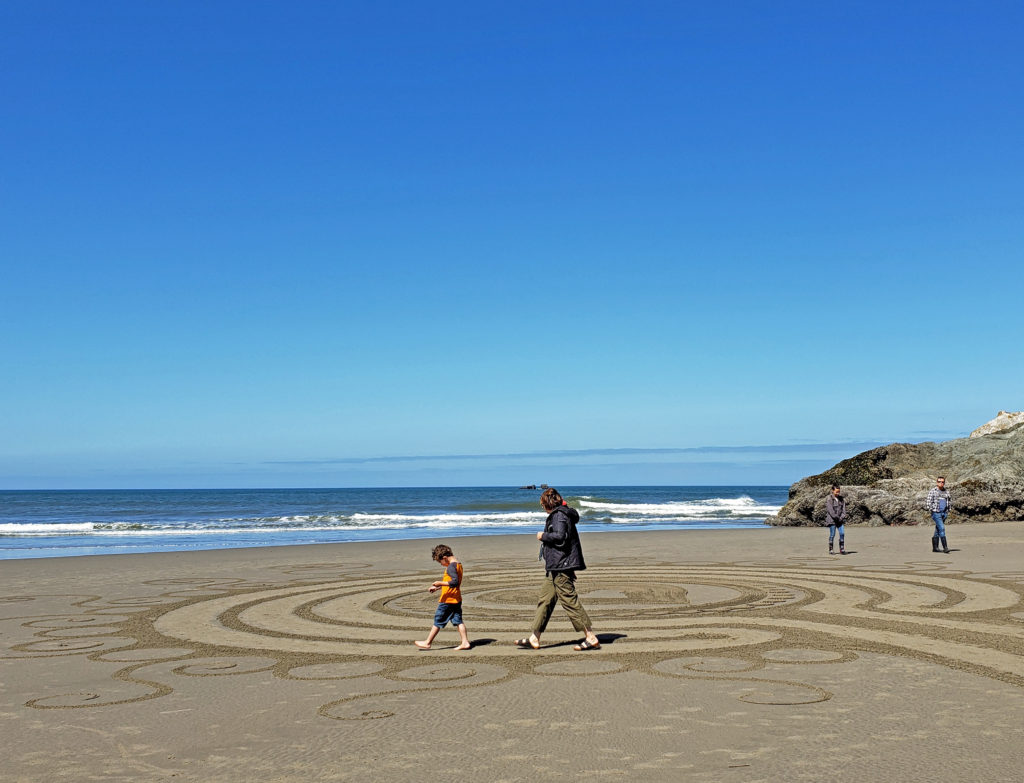
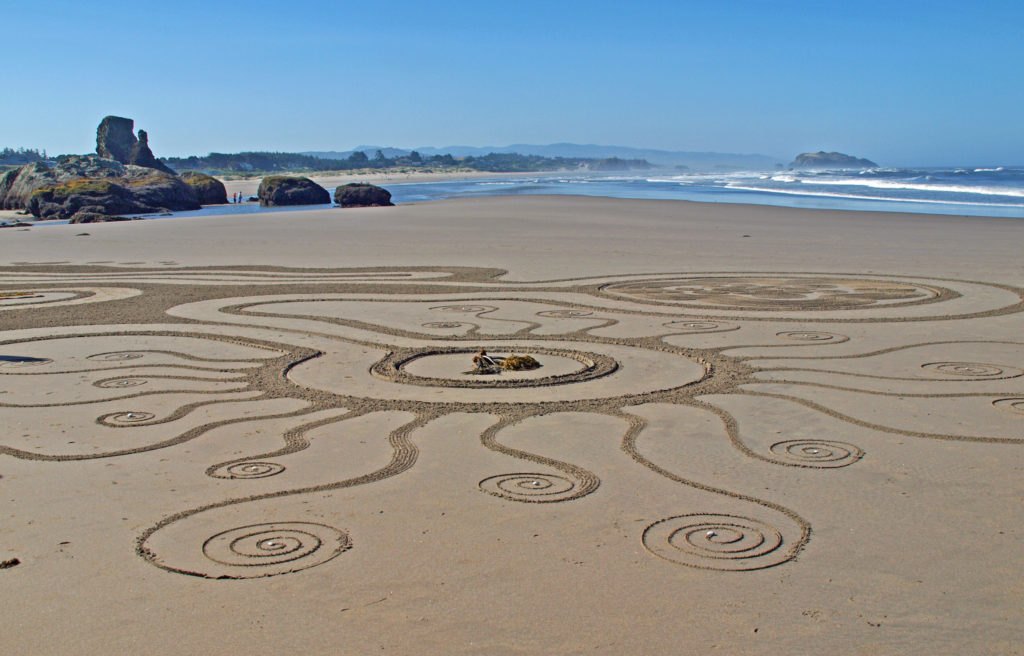
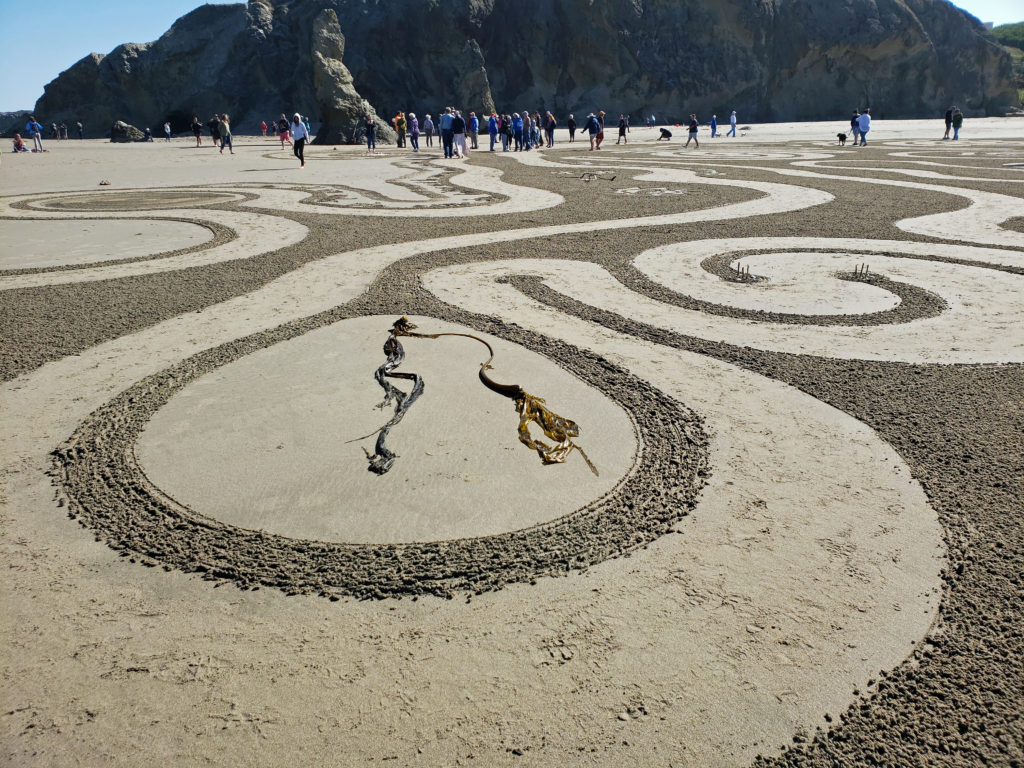
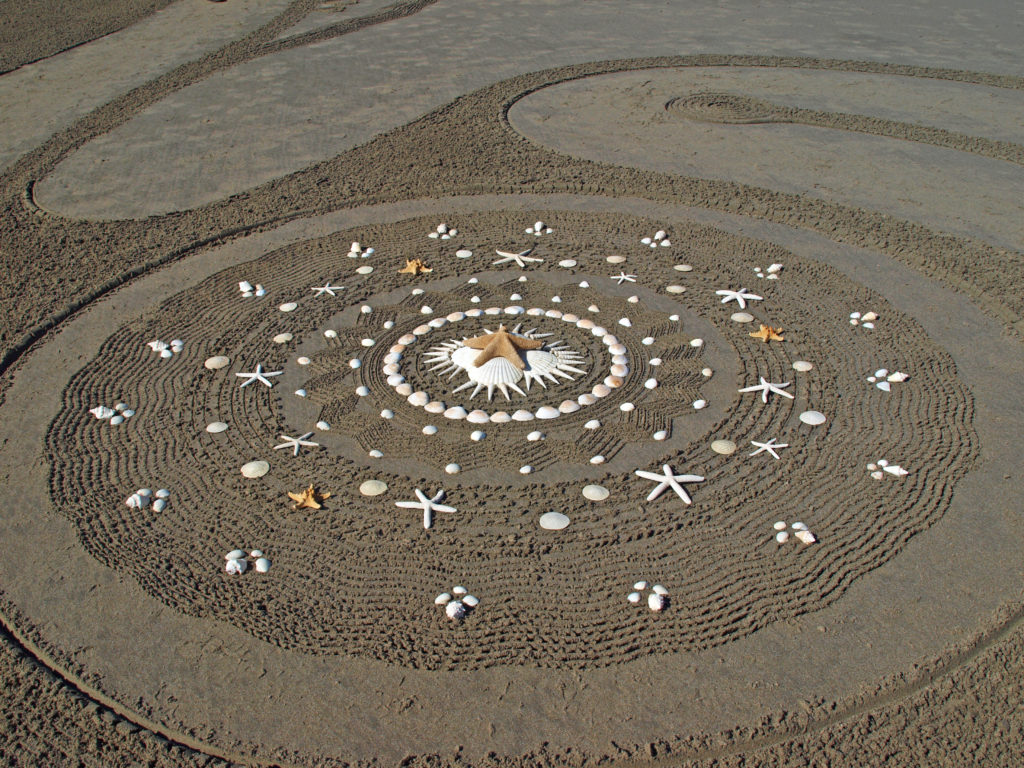
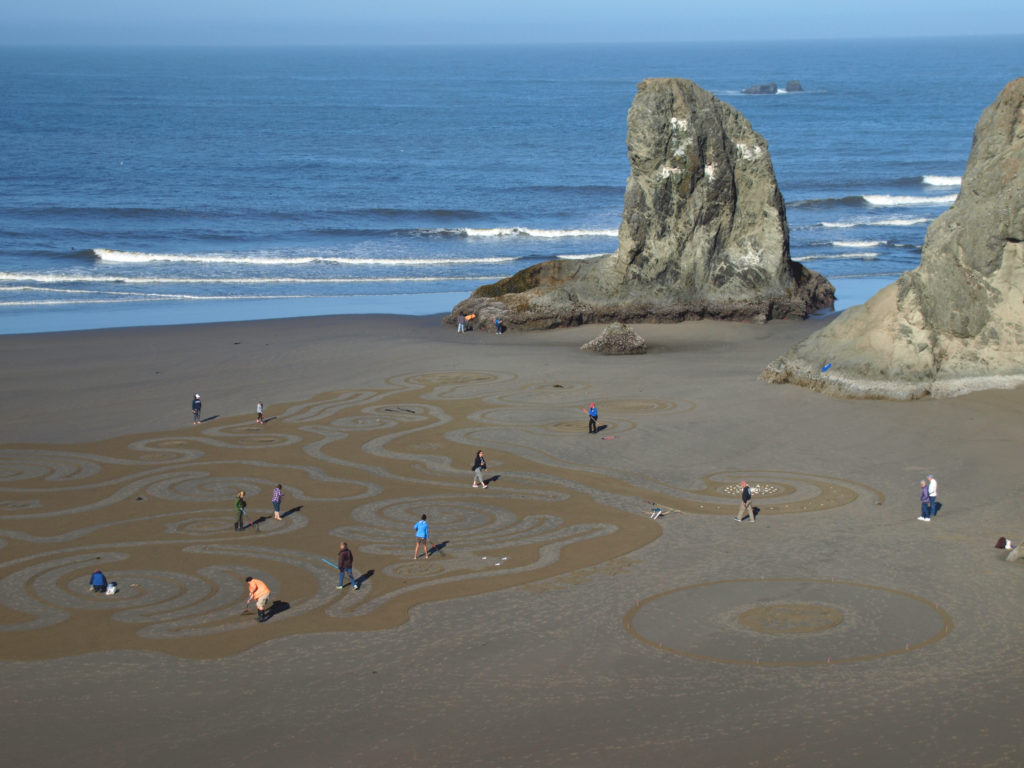 The Circles in the Sand labyrinths are created on the beach below the Face Rock Wayside in
The Circles in the Sand labyrinths are created on the beach below the Face Rock Wayside in 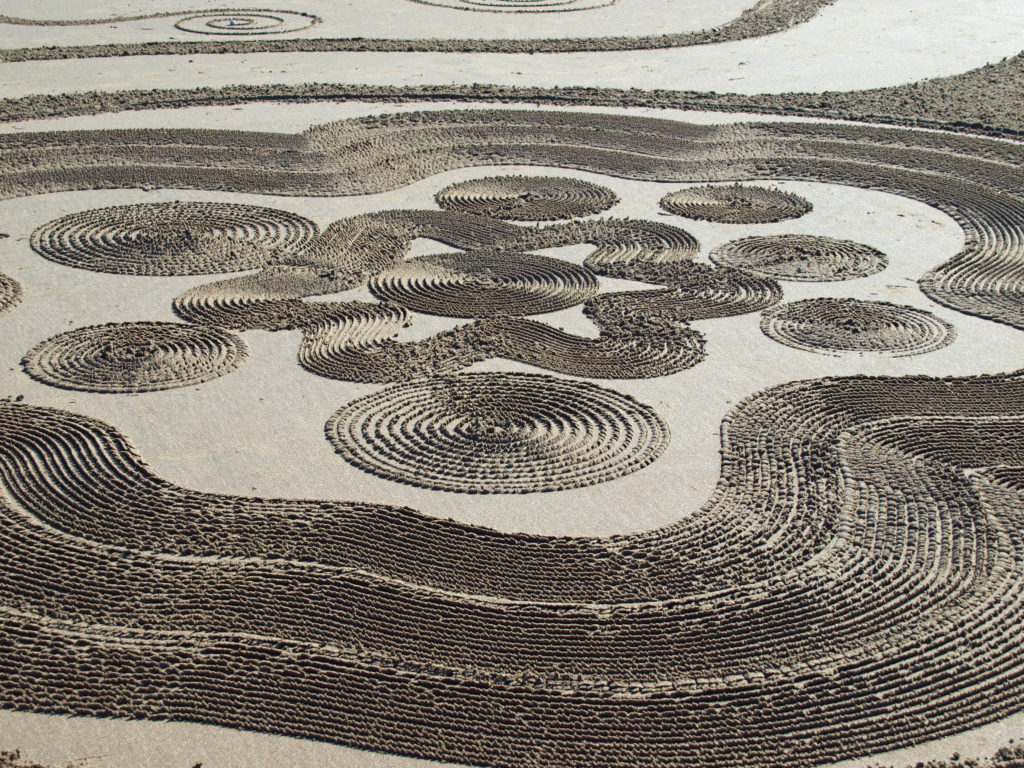
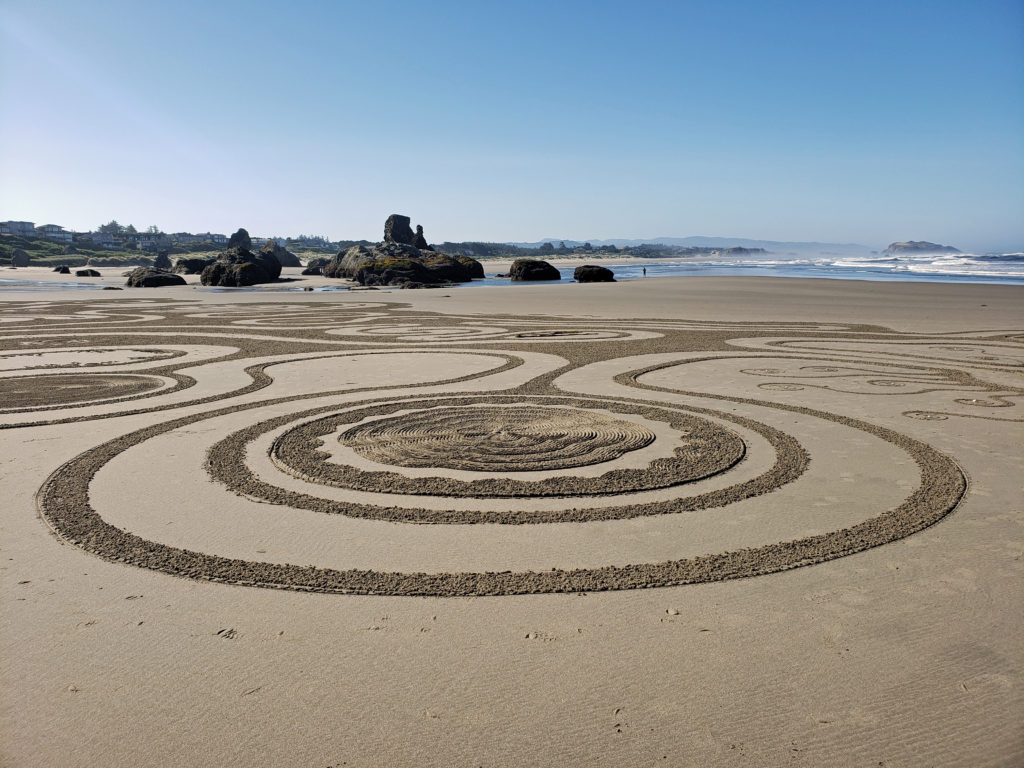 Together with the rock formations at Coquille Point, a short distance north of the Face Rock Wayside, this stretch of beach is truly spectacular, well worth a visit at any time of the year. Combining a visit with the opportunity to experience Circles in the Sand makes for a unique and memorable experience.
Together with the rock formations at Coquille Point, a short distance north of the Face Rock Wayside, this stretch of beach is truly spectacular, well worth a visit at any time of the year. Combining a visit with the opportunity to experience Circles in the Sand makes for a unique and memorable experience.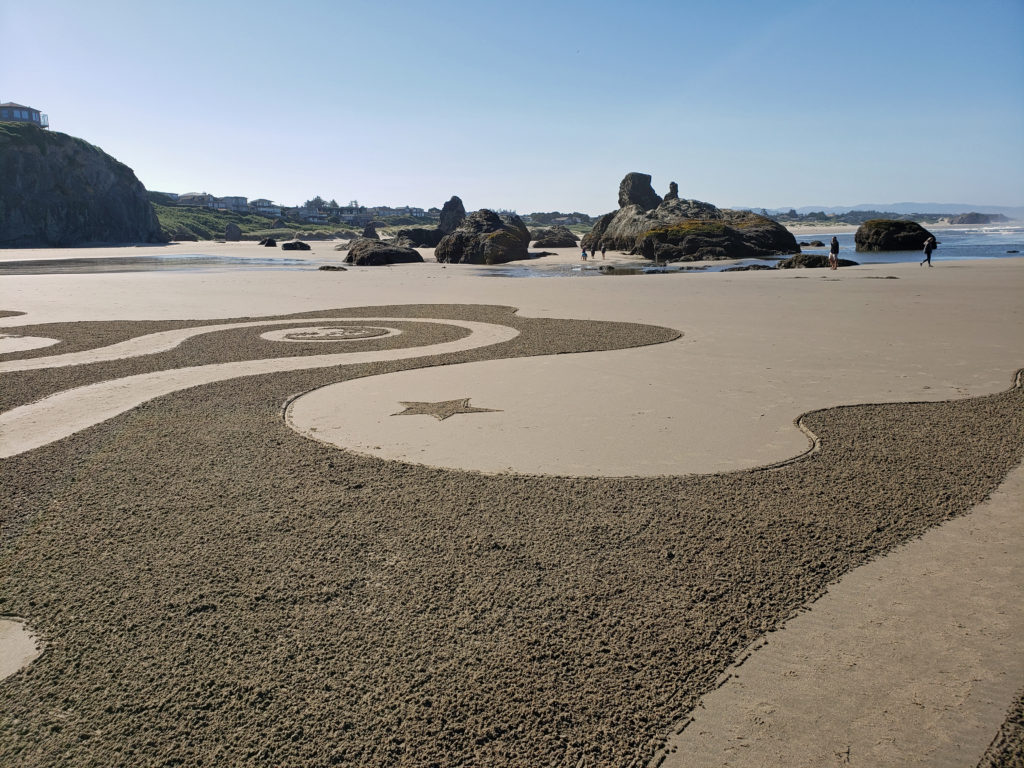
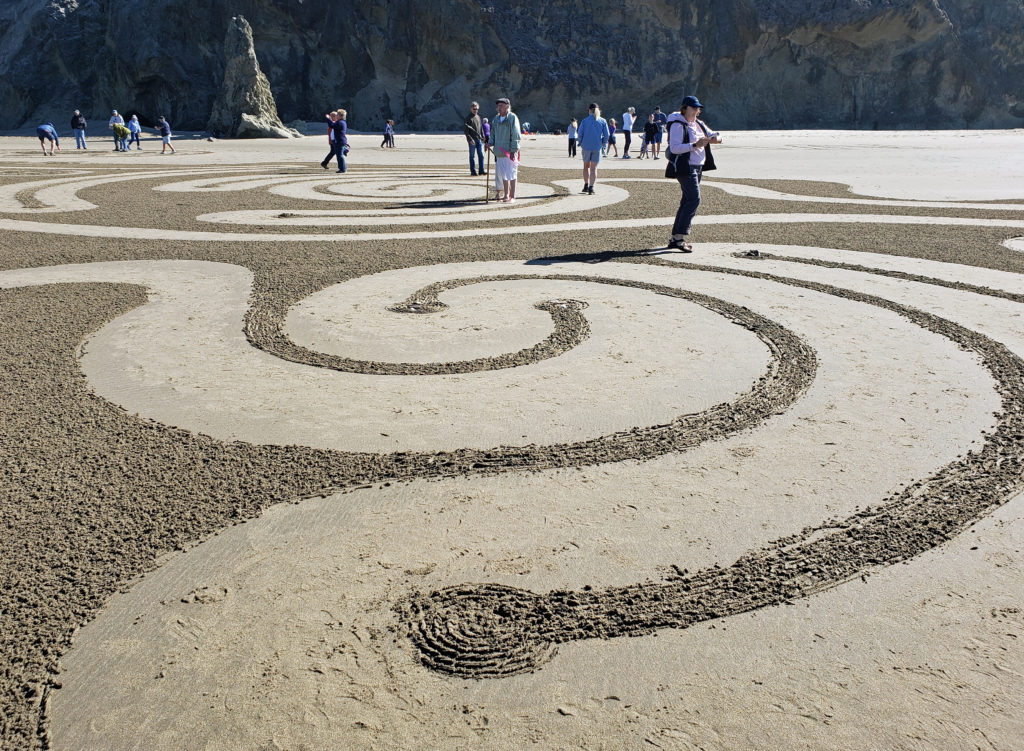
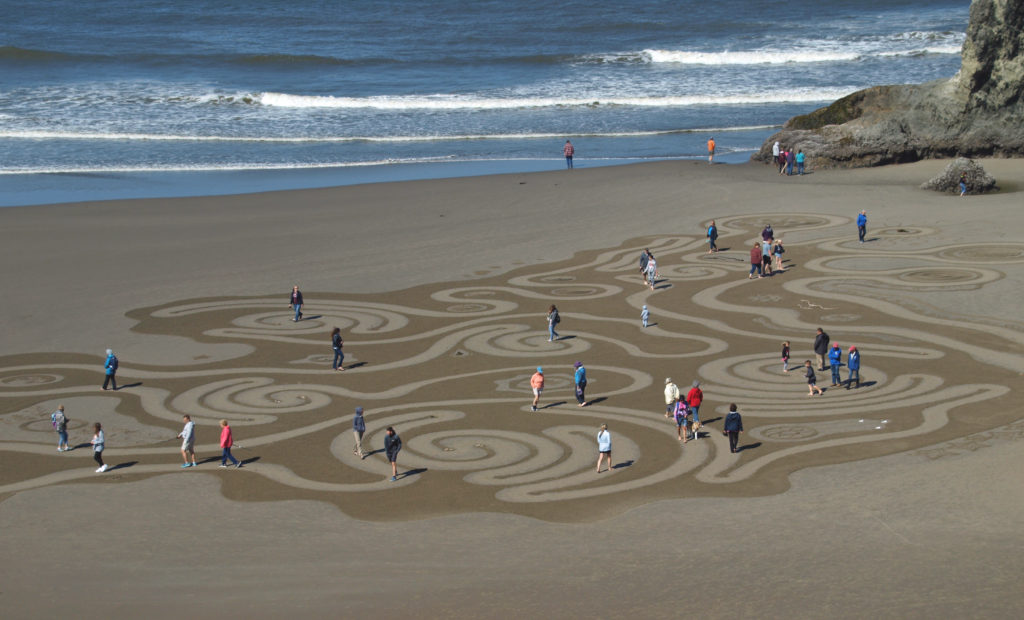
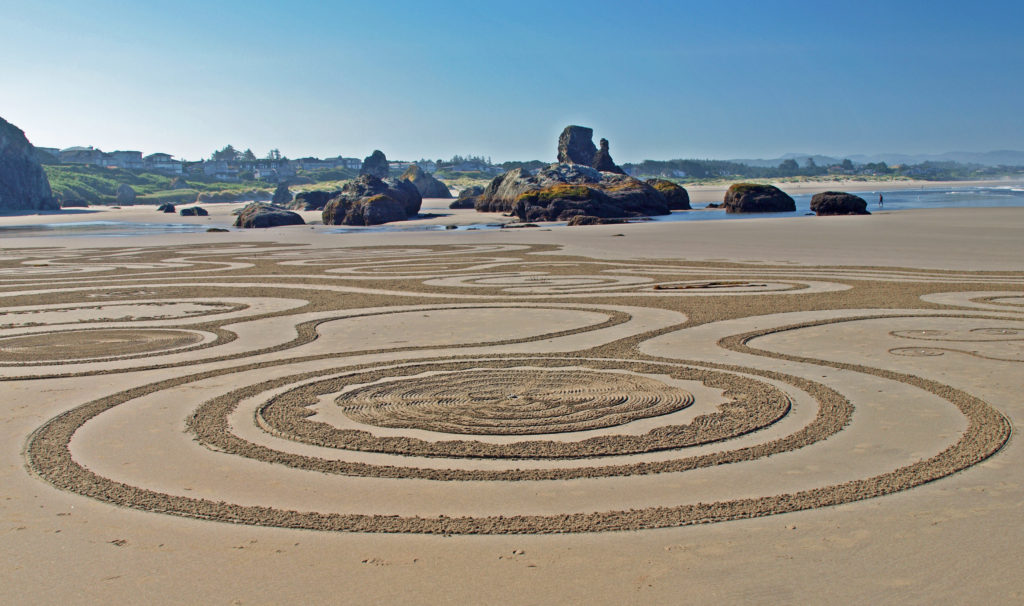 Originally posted July 24, 2019. Updated and re-posted June 18, 2022.
Originally posted July 24, 2019. Updated and re-posted June 18, 2022.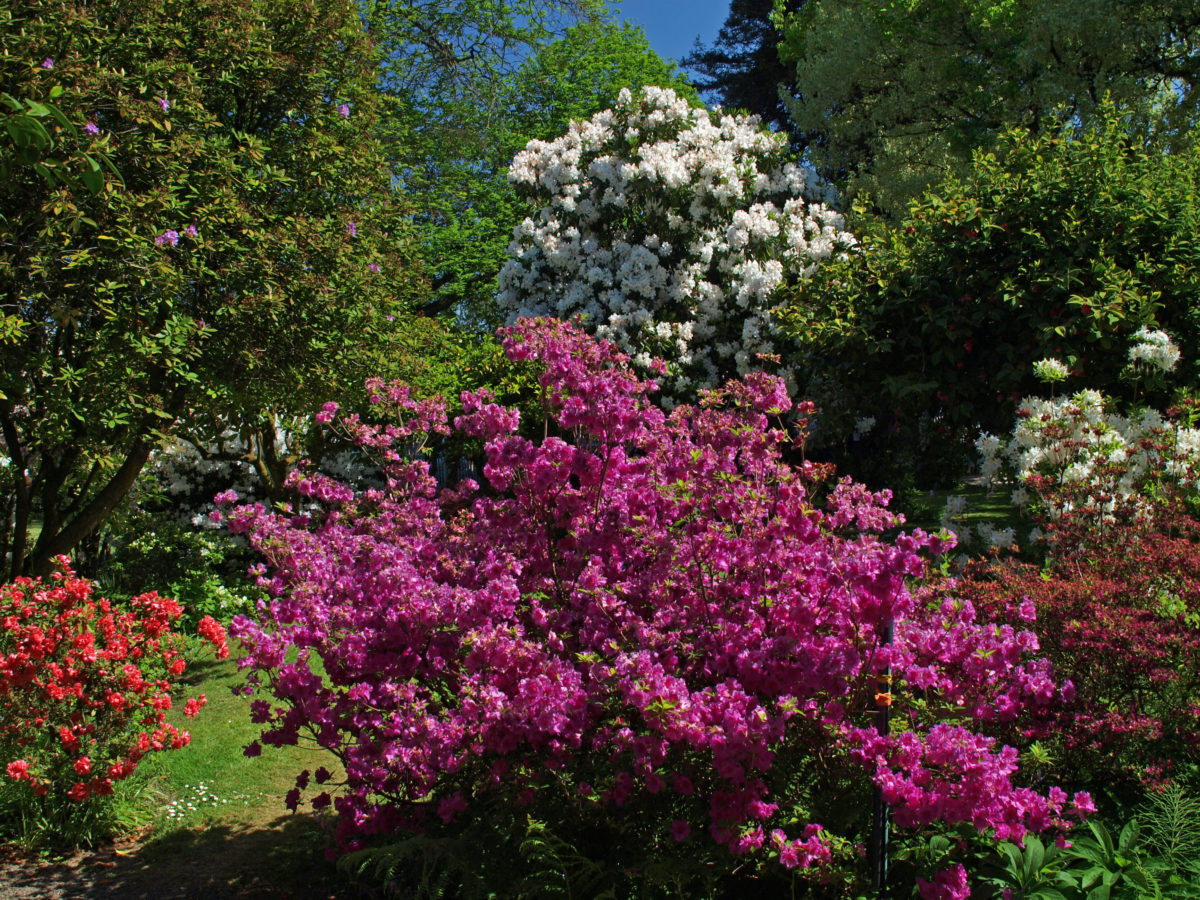
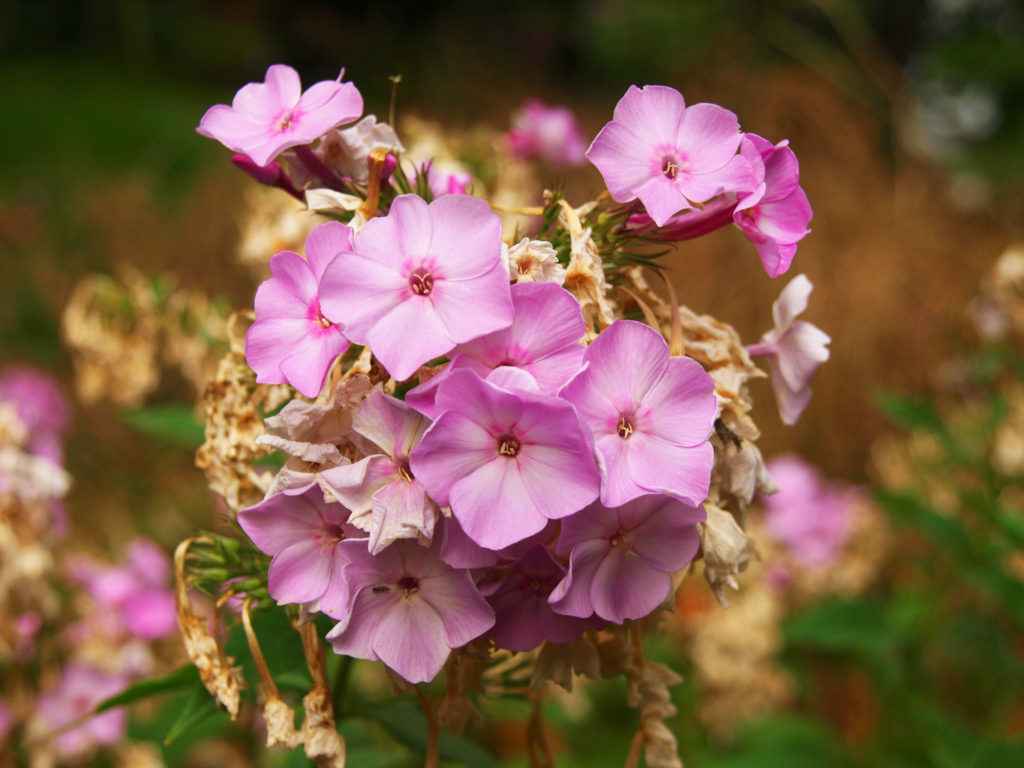
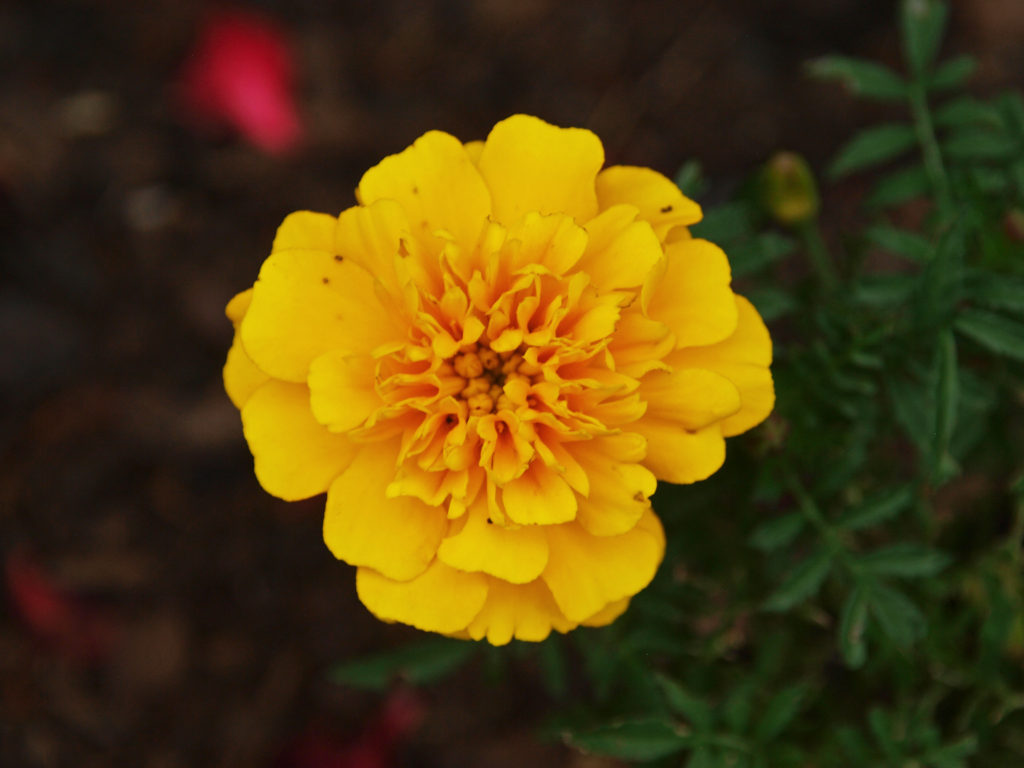
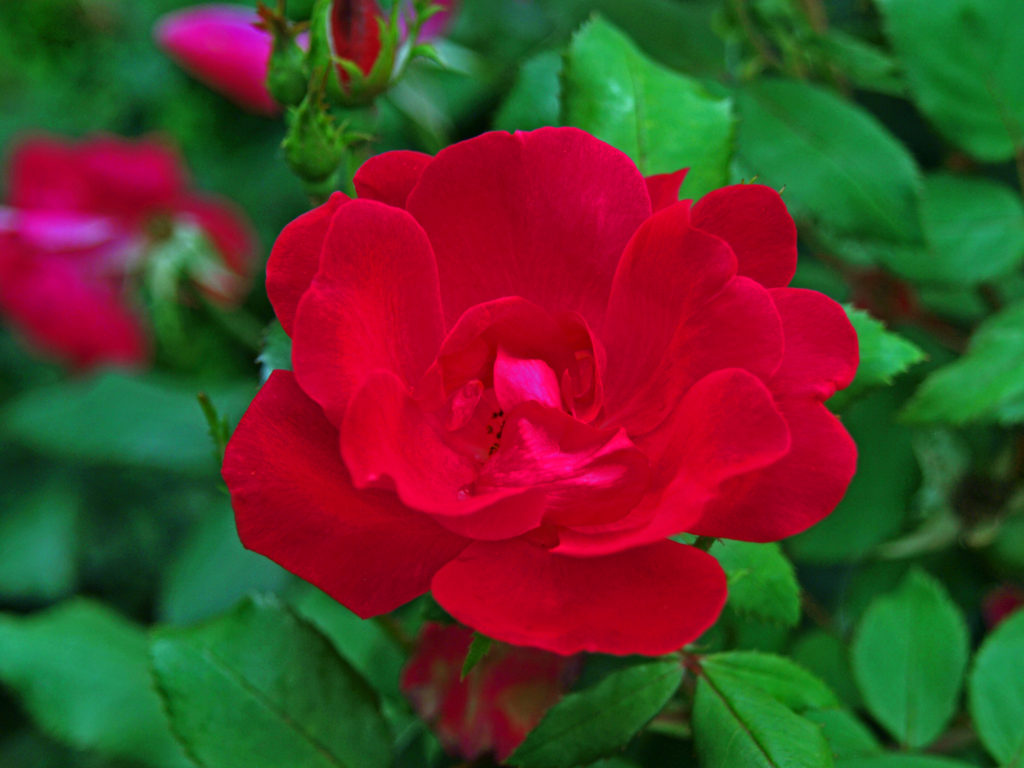
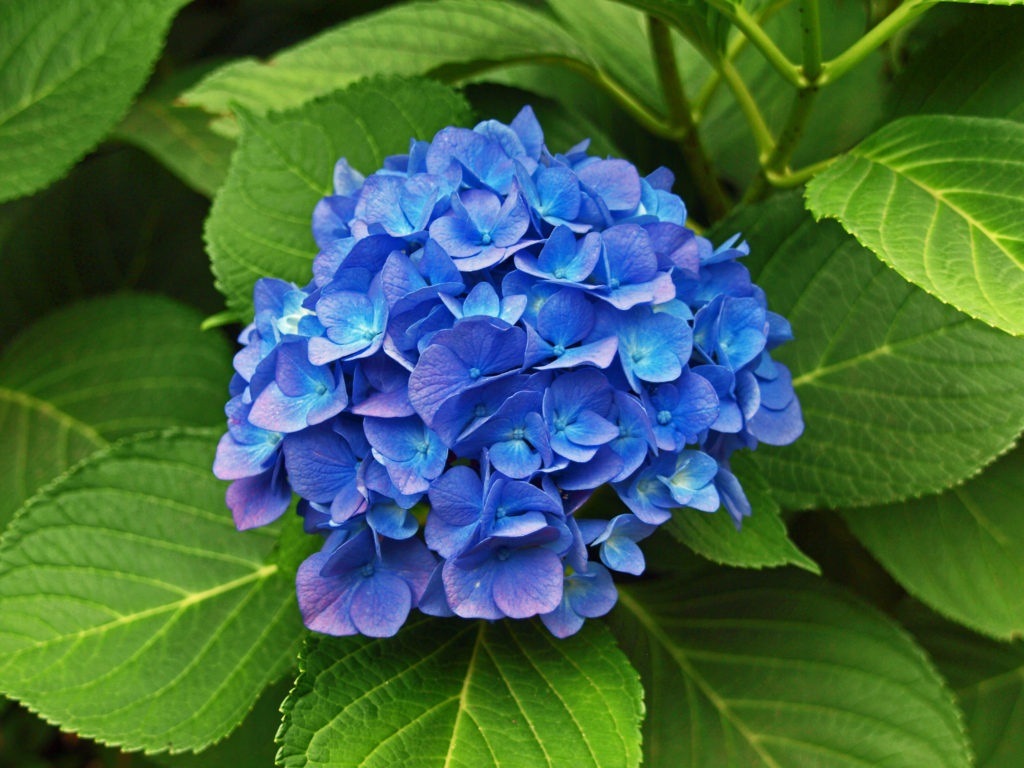
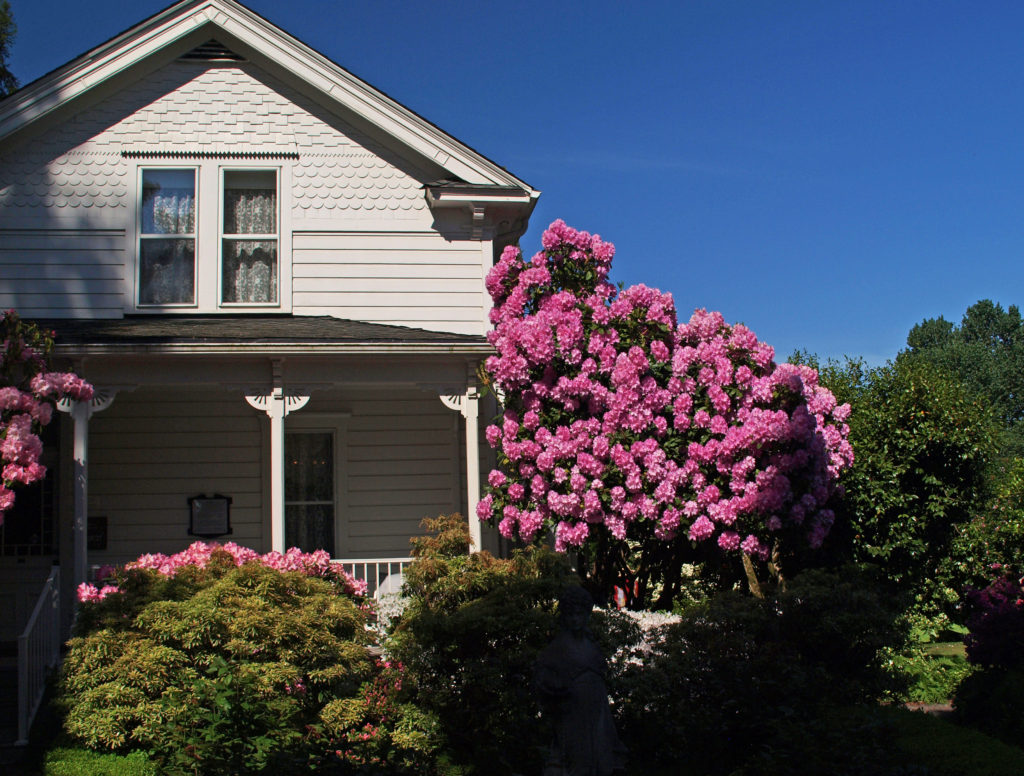
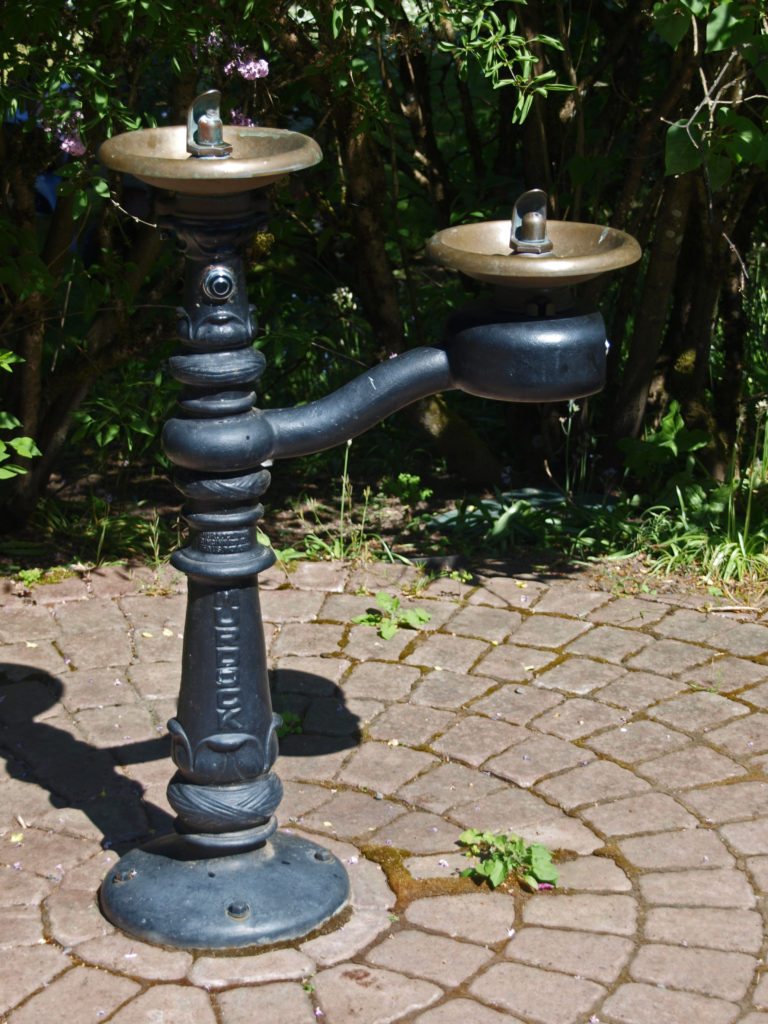
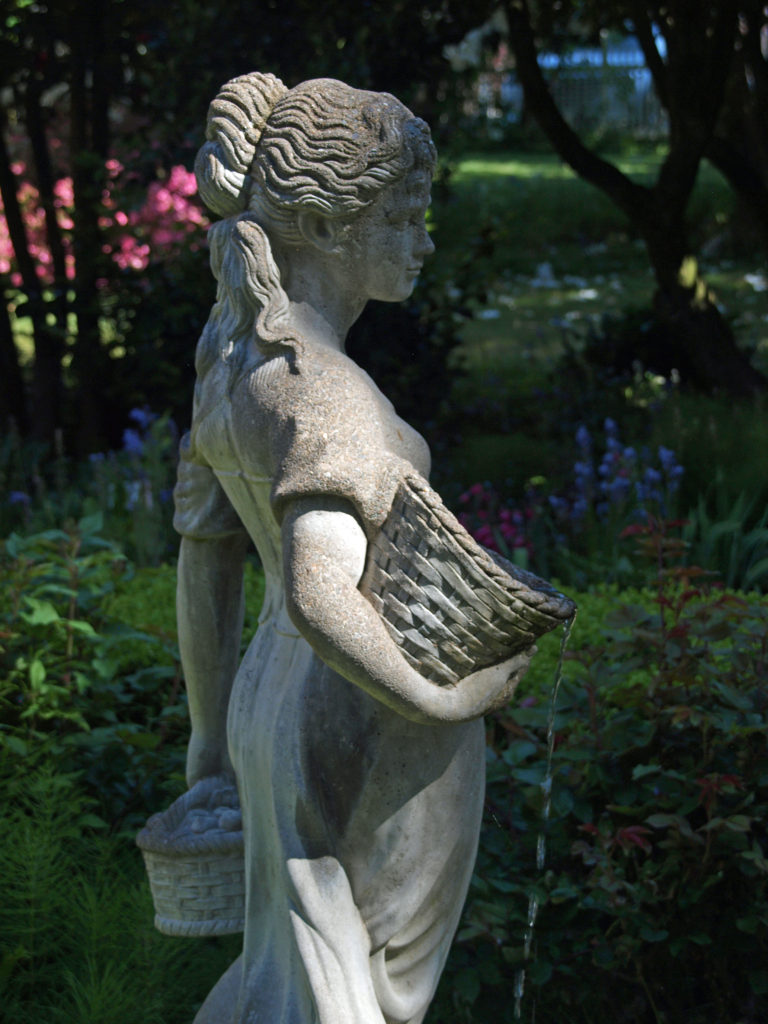
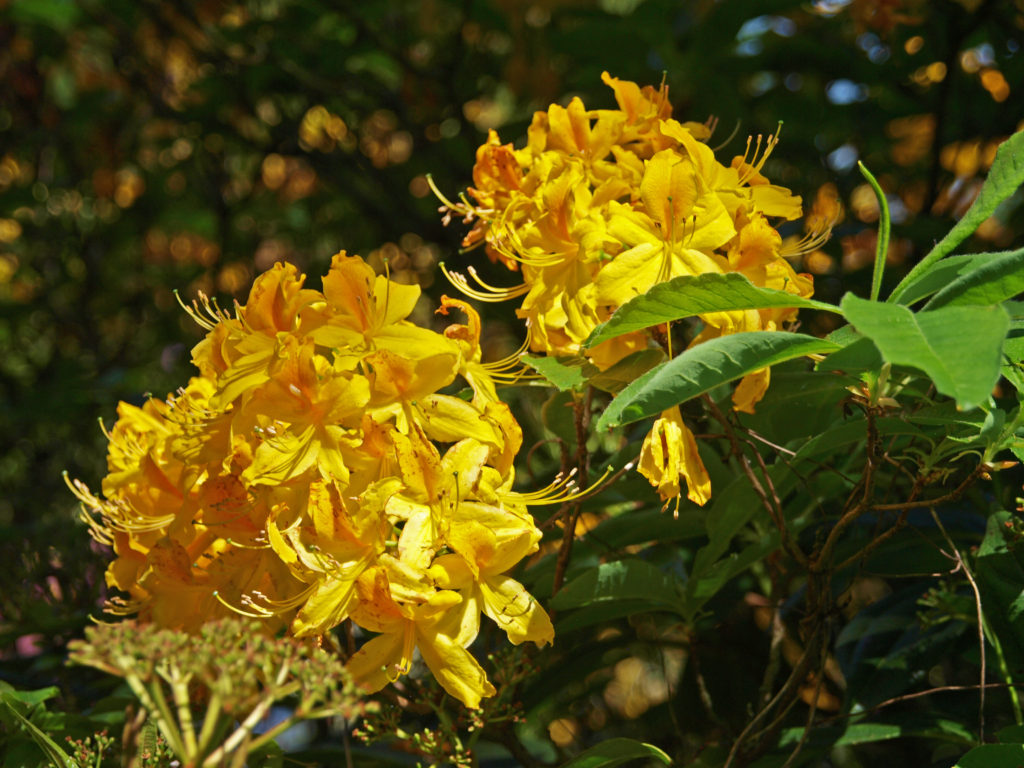
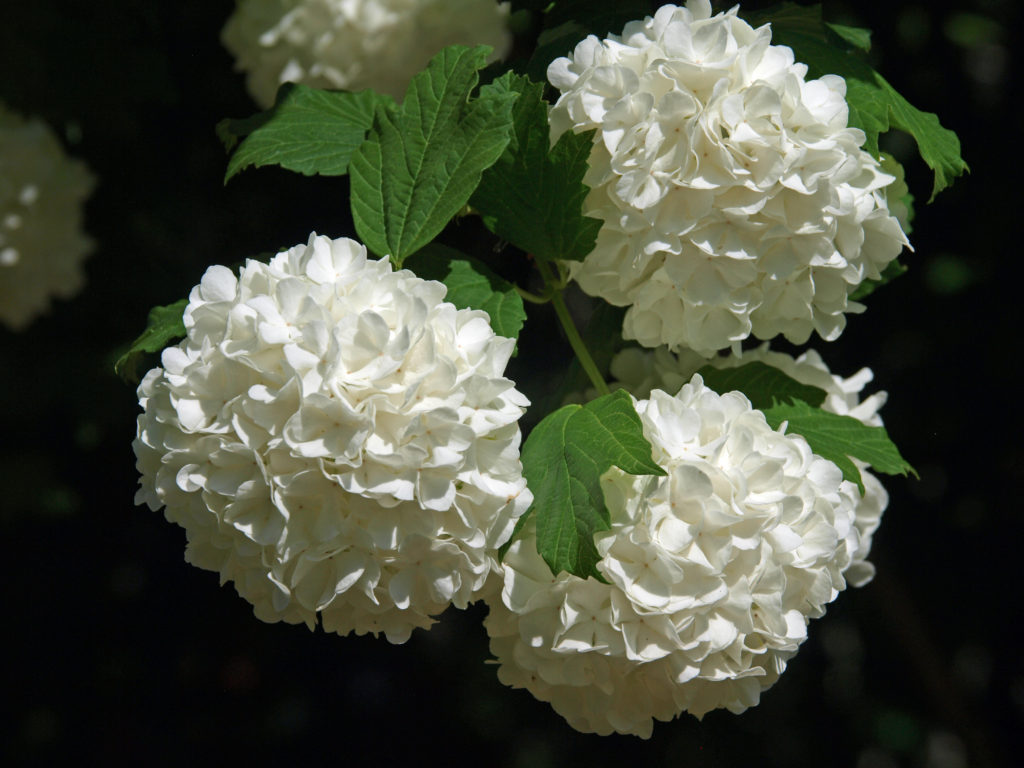
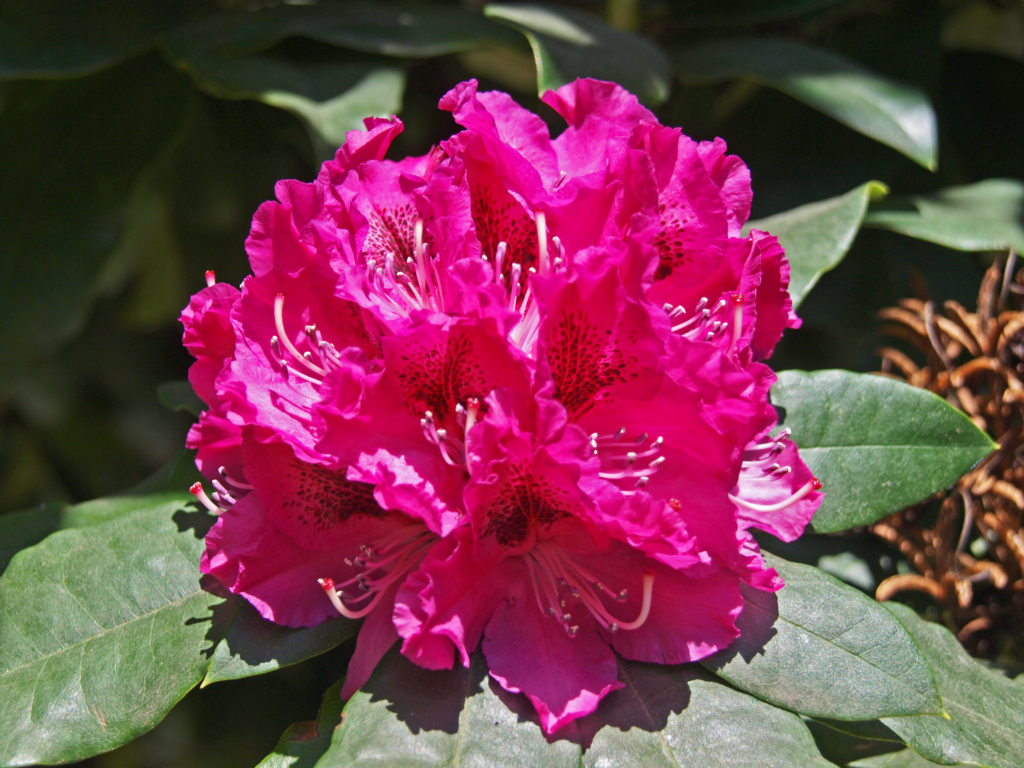

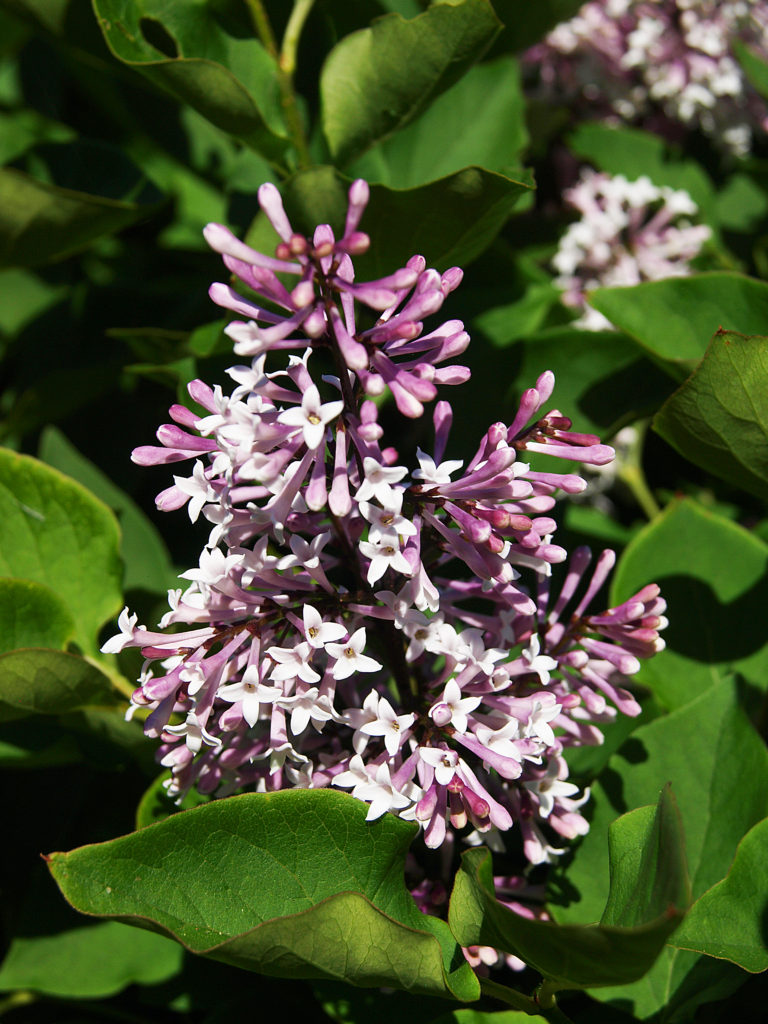
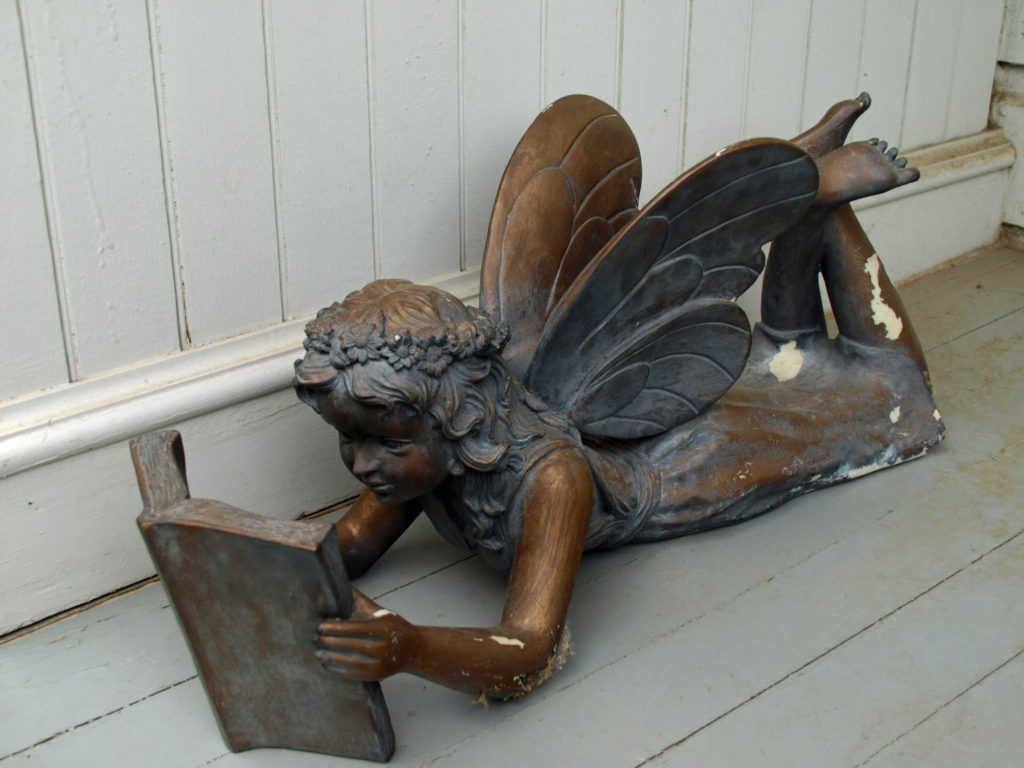 After Hulda’s death, her family put the farm up for sale. The local garden society succeeded in having Hulda’s gardens declared a state and national historic site to prevent them from being bulldozed for a proposed industrial site.
After Hulda’s death, her family put the farm up for sale. The local garden society succeeded in having Hulda’s gardens declared a state and national historic site to prevent them from being bulldozed for a proposed industrial site.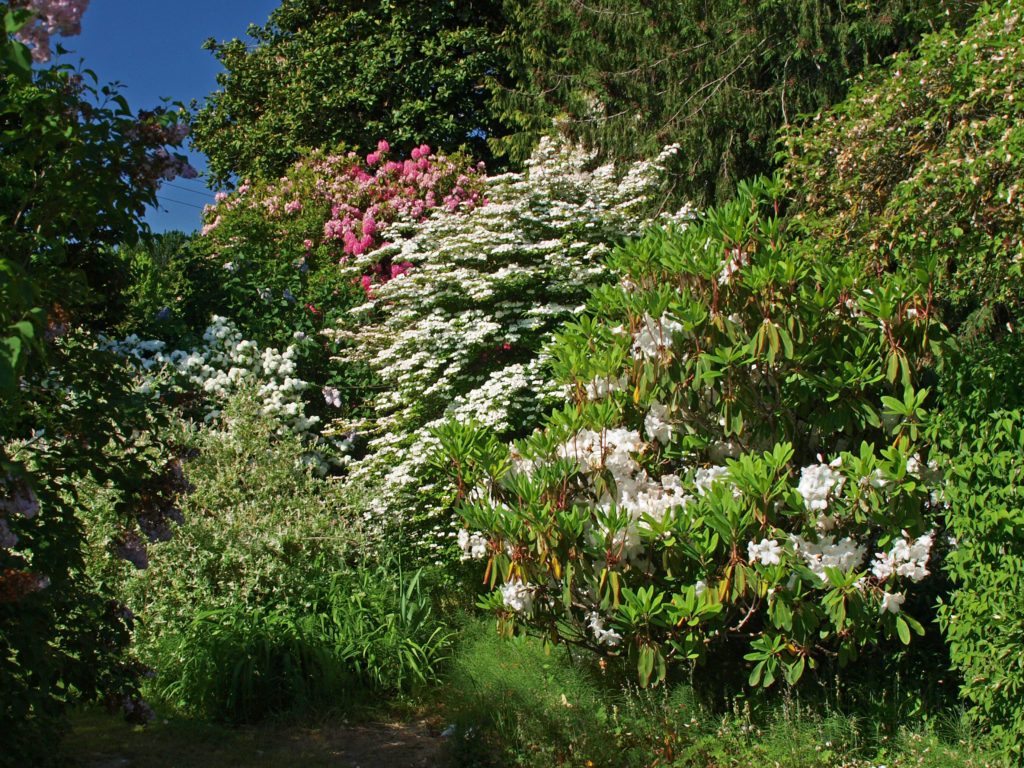
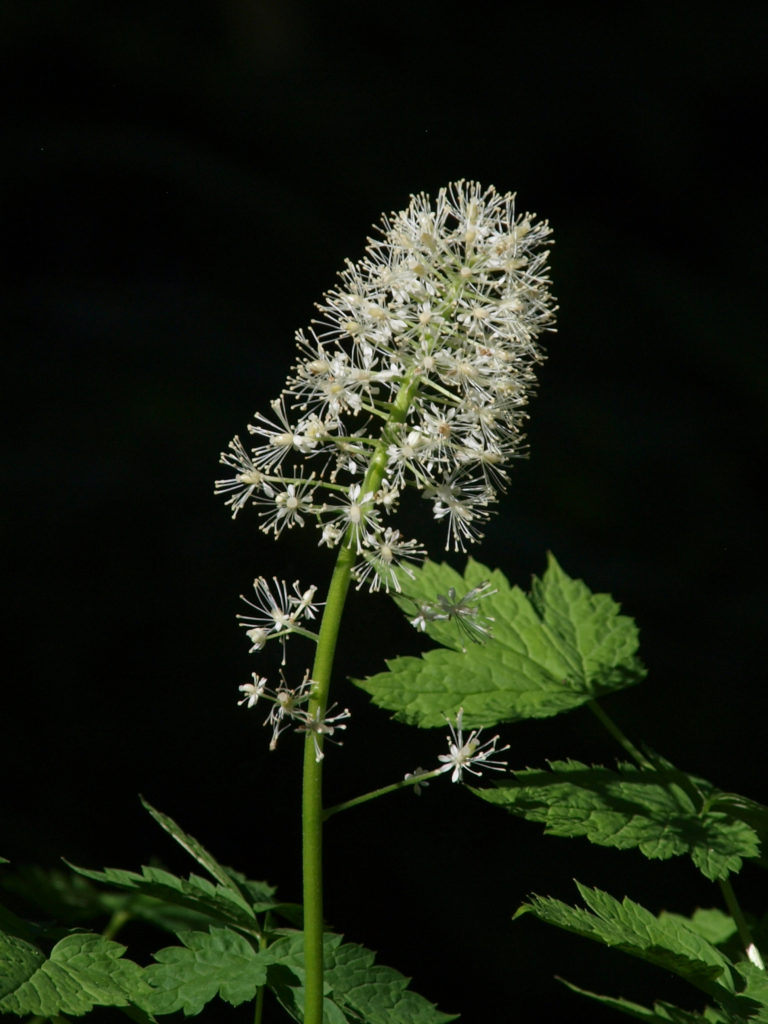
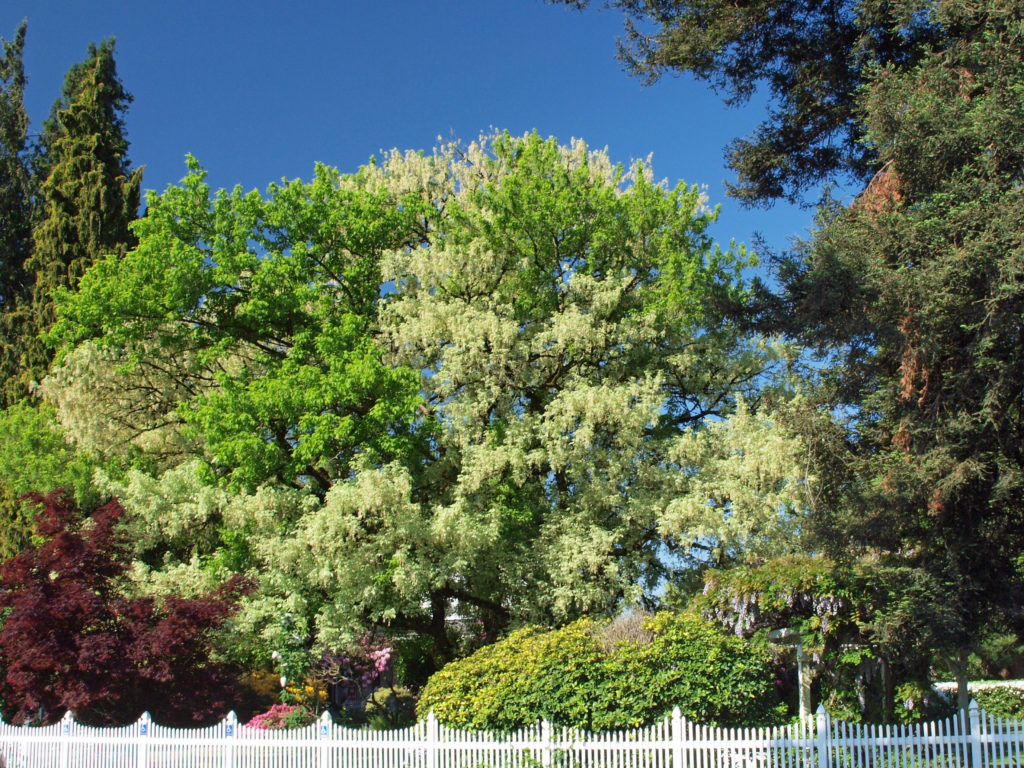
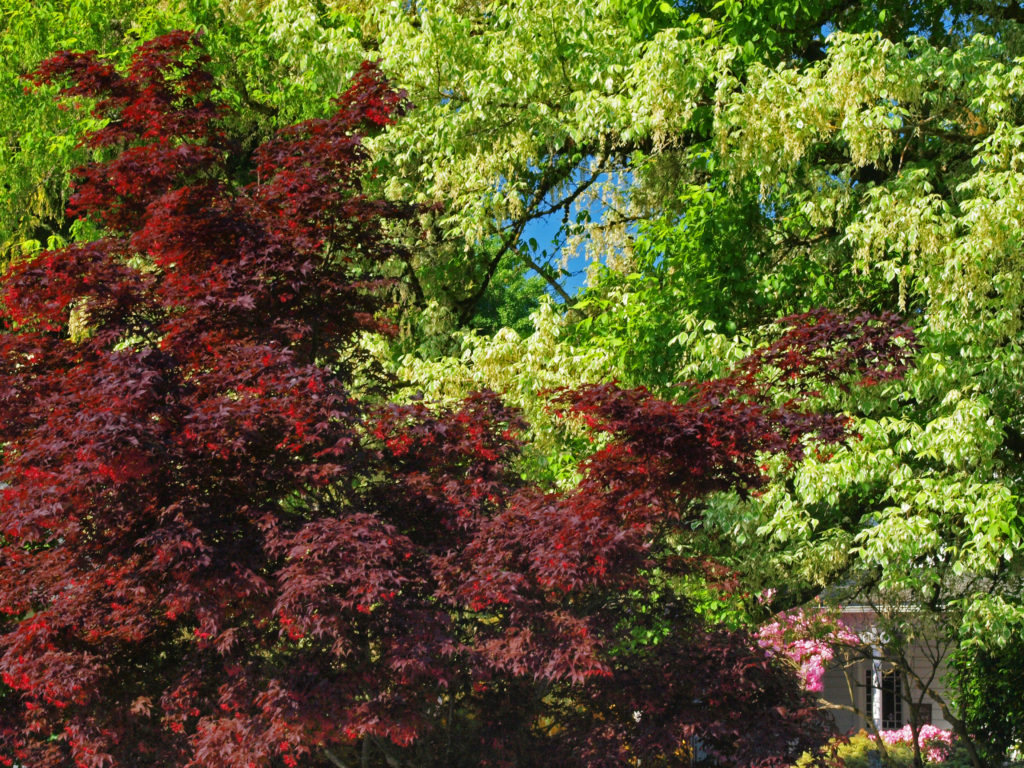
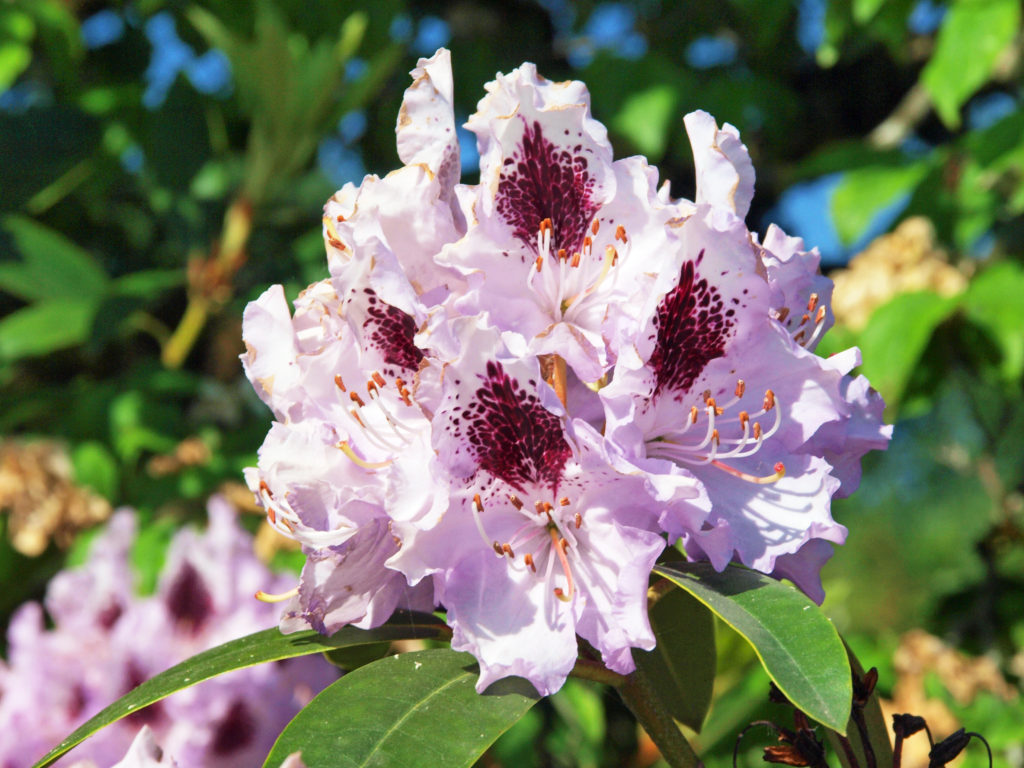
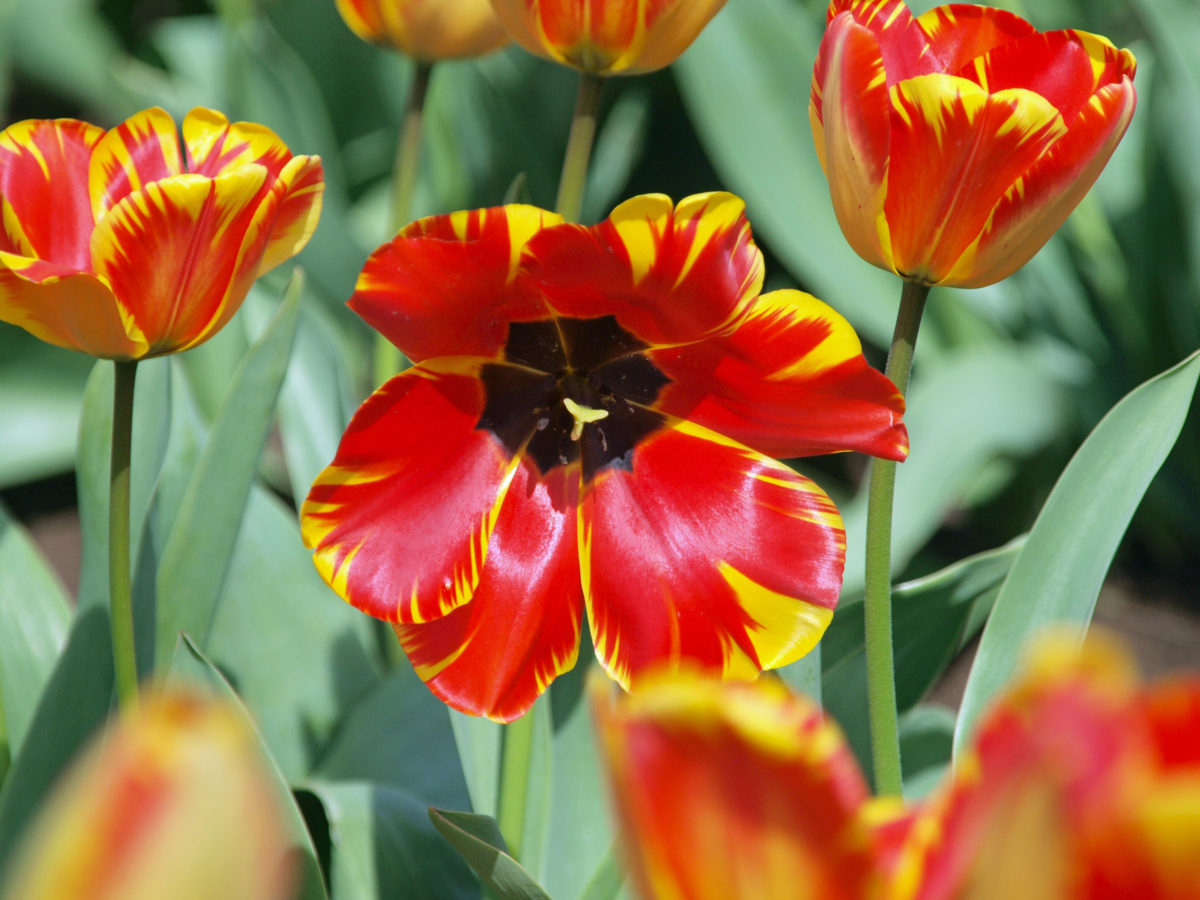
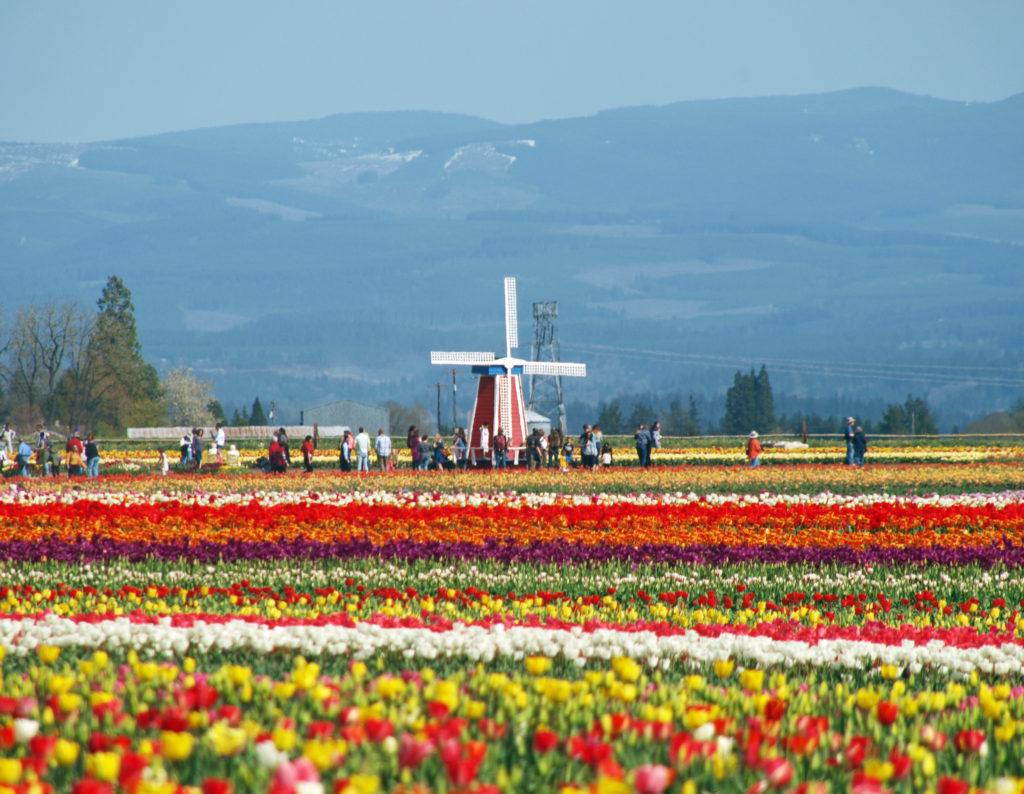
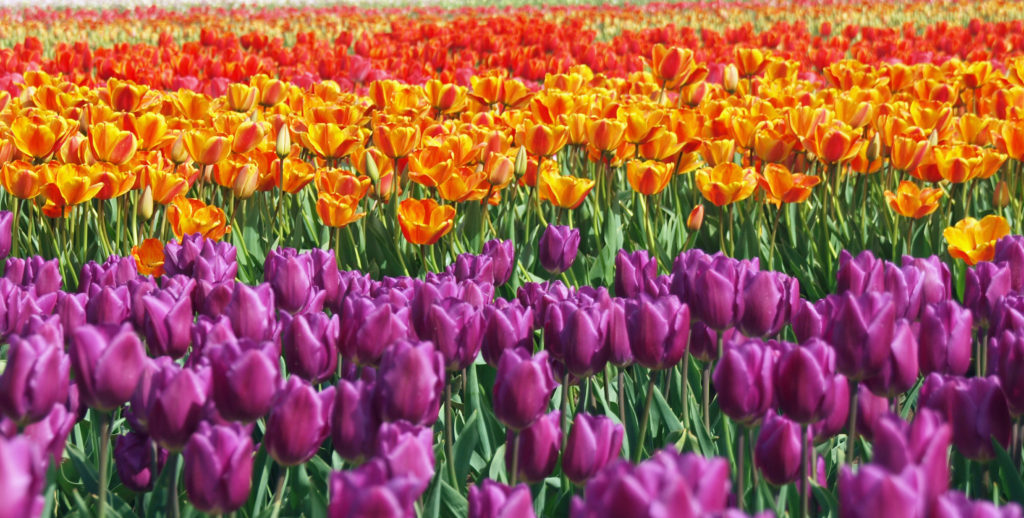
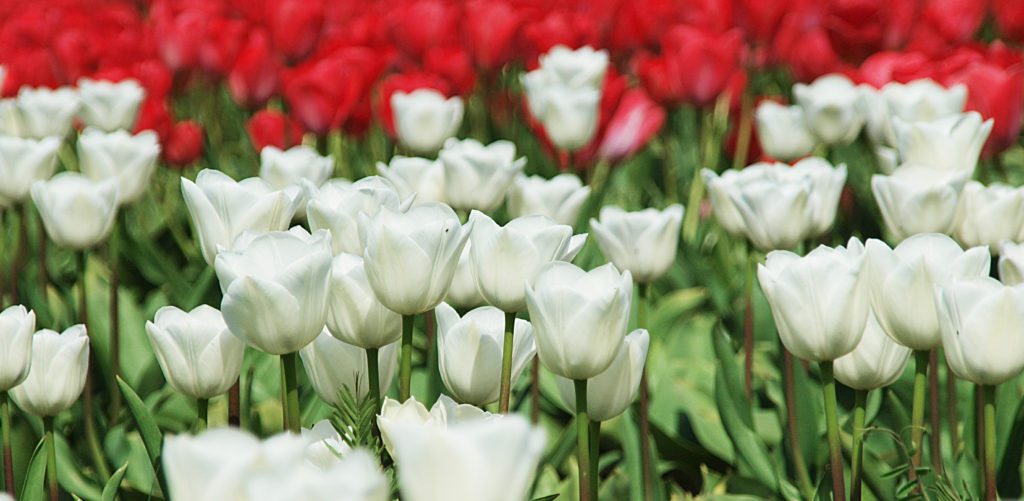
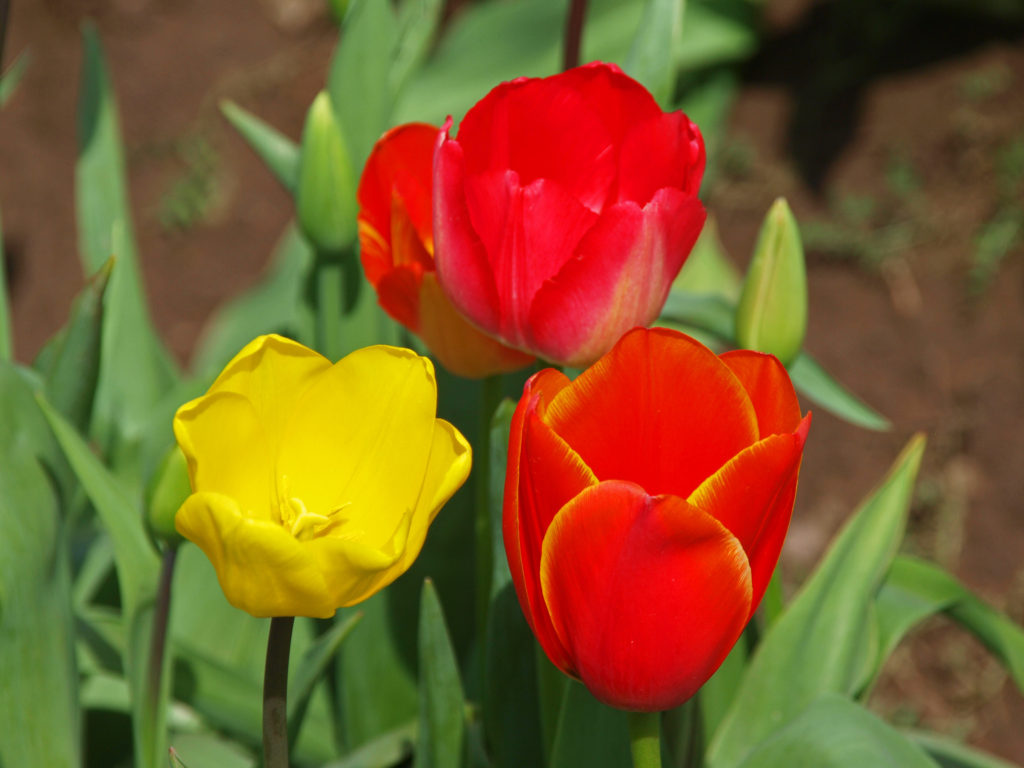 Photographers and early risers can purchase sunrise passes for $25 that allows entry to the farm at 5am. Drone operators can purchase a drone pass for $10 (sunrise day pass or season pass required) that allows drone flights from 5-8am. All tickets must be purchased online. Tickets can be purchased through the
Photographers and early risers can purchase sunrise passes for $25 that allows entry to the farm at 5am. Drone operators can purchase a drone pass for $10 (sunrise day pass or season pass required) that allows drone flights from 5-8am. All tickets must be purchased online. Tickets can be purchased through the 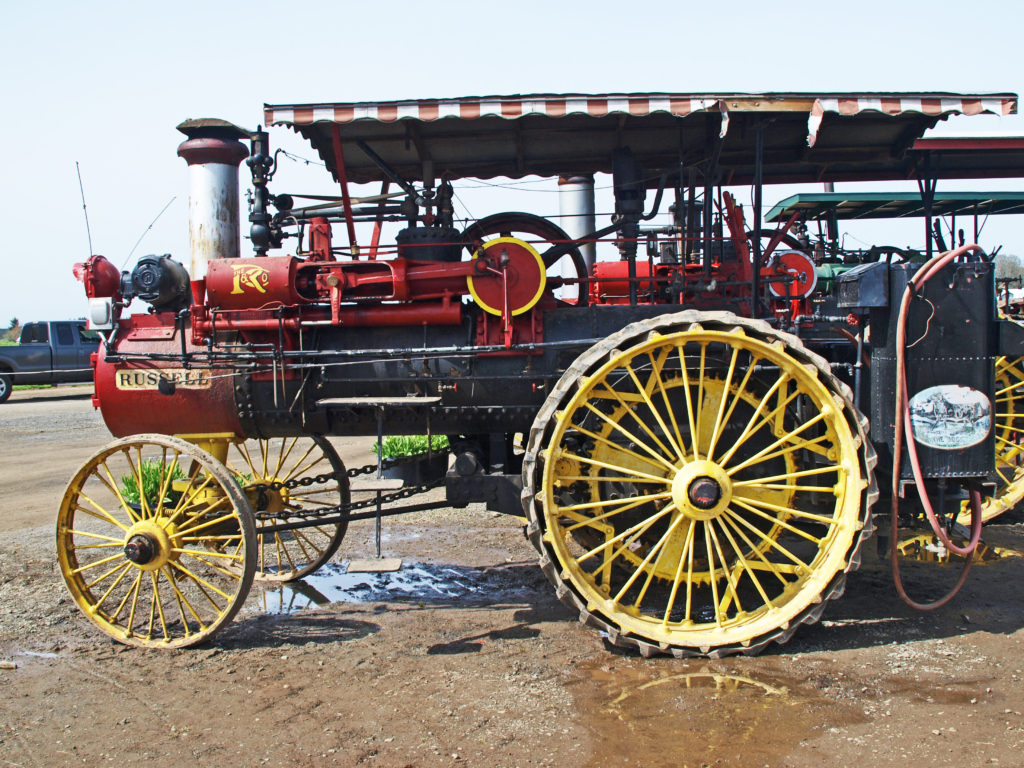
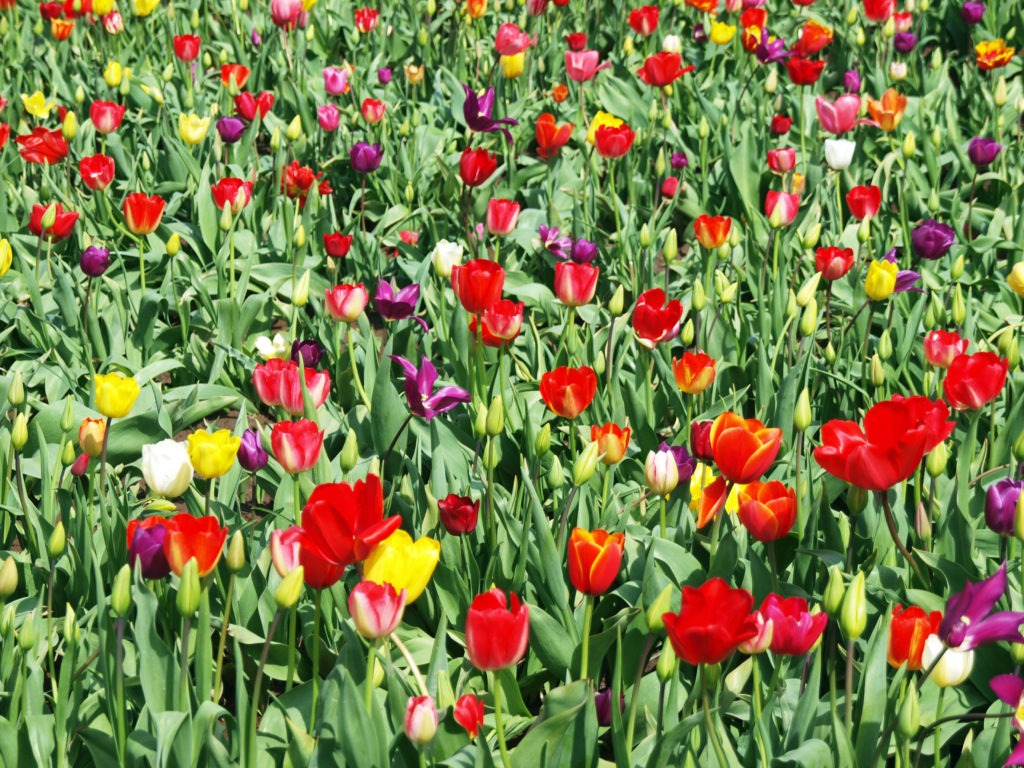 Tickets include parking, and transportation from the parking lot to the fields is available for those with mobility issues. And there are tram and hay wagon rides that run from the main building through the fields. There is also a tulip tour train ($10 per person) that runs from the main building around the fields, with photo stops, that runs from noon to 5pm daily.
Tickets include parking, and transportation from the parking lot to the fields is available for those with mobility issues. And there are tram and hay wagon rides that run from the main building through the fields. There is also a tulip tour train ($10 per person) that runs from the main building around the fields, with photo stops, that runs from noon to 5pm daily. 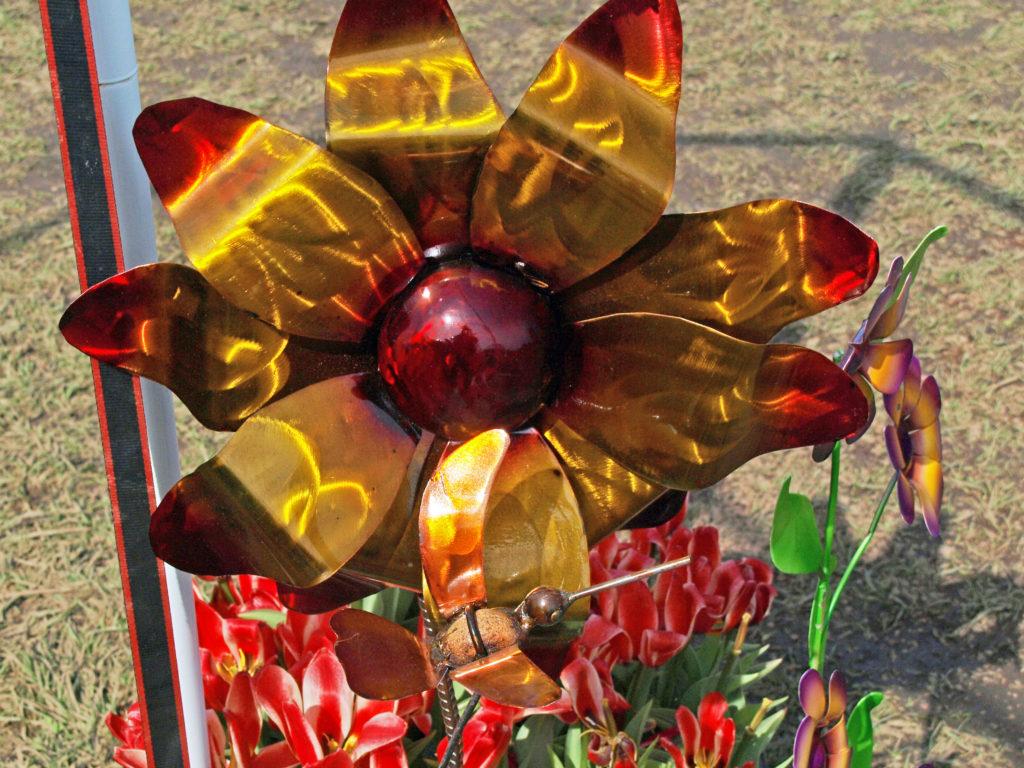
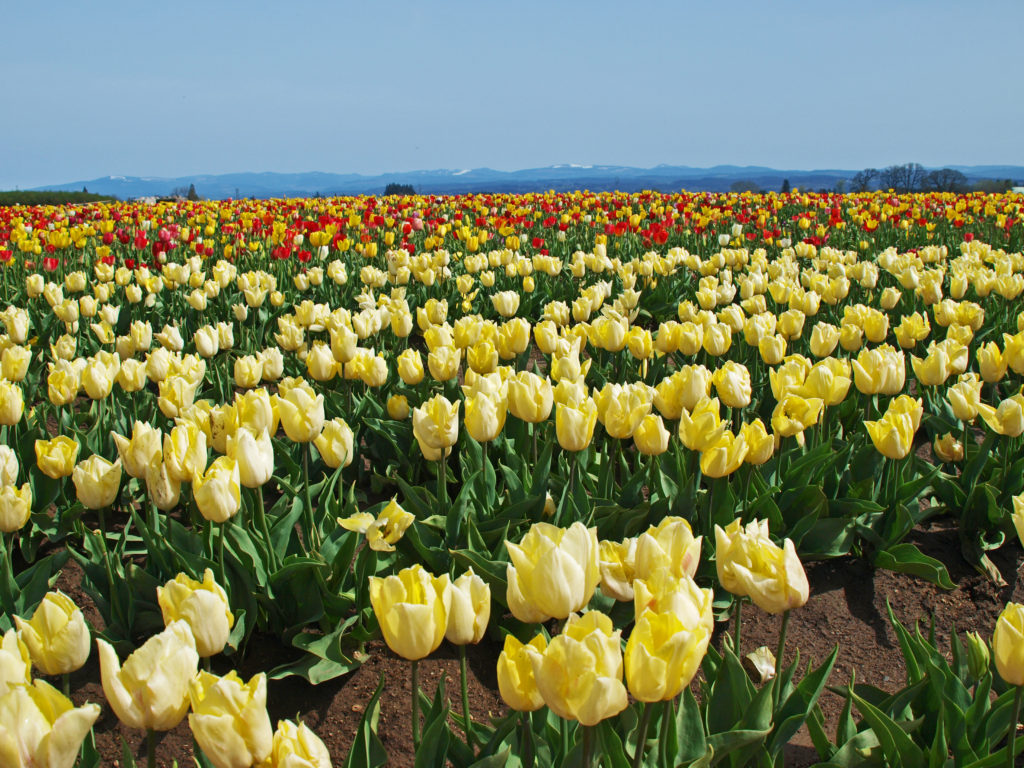
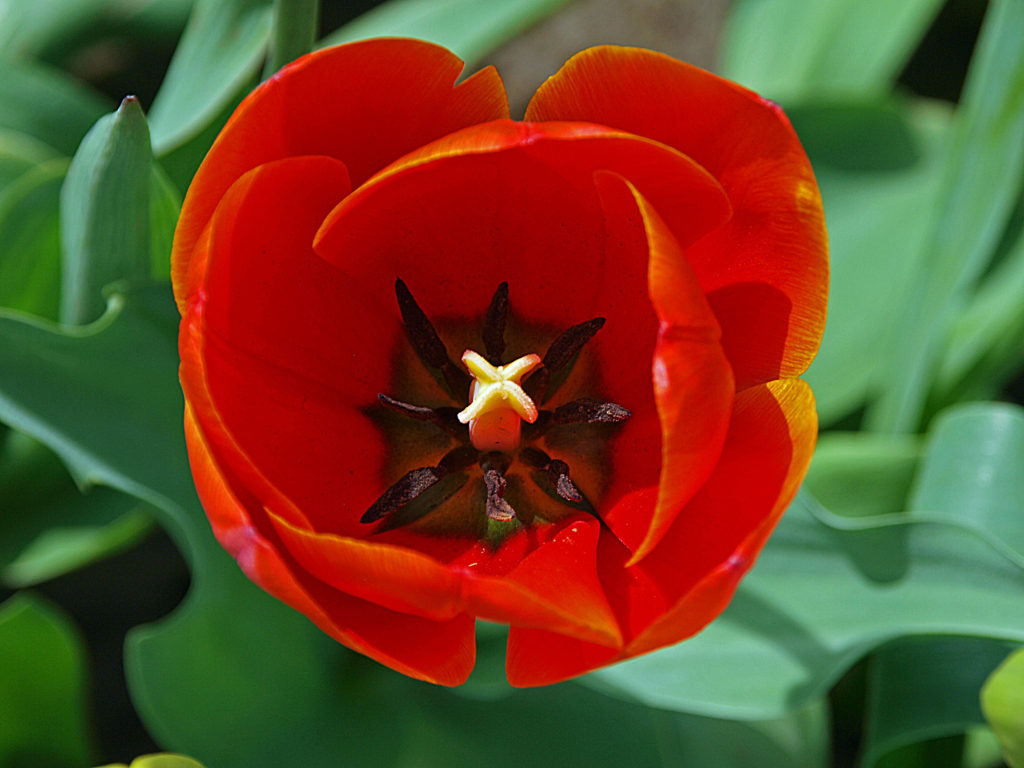 Tethered hot air balloon flights are also available on weekends (adults 12+ $20, children 5-11 $10). Untethered early morning flights flights are also available starting at $229 per person with a two person minimum. All balloon flights are weather dependent. Check the Wooden Shoe webpage for details on balloon flights and other events and activities.
Tethered hot air balloon flights are also available on weekends (adults 12+ $20, children 5-11 $10). Untethered early morning flights flights are also available starting at $229 per person with a two person minimum. All balloon flights are weather dependent. Check the Wooden Shoe webpage for details on balloon flights and other events and activities.
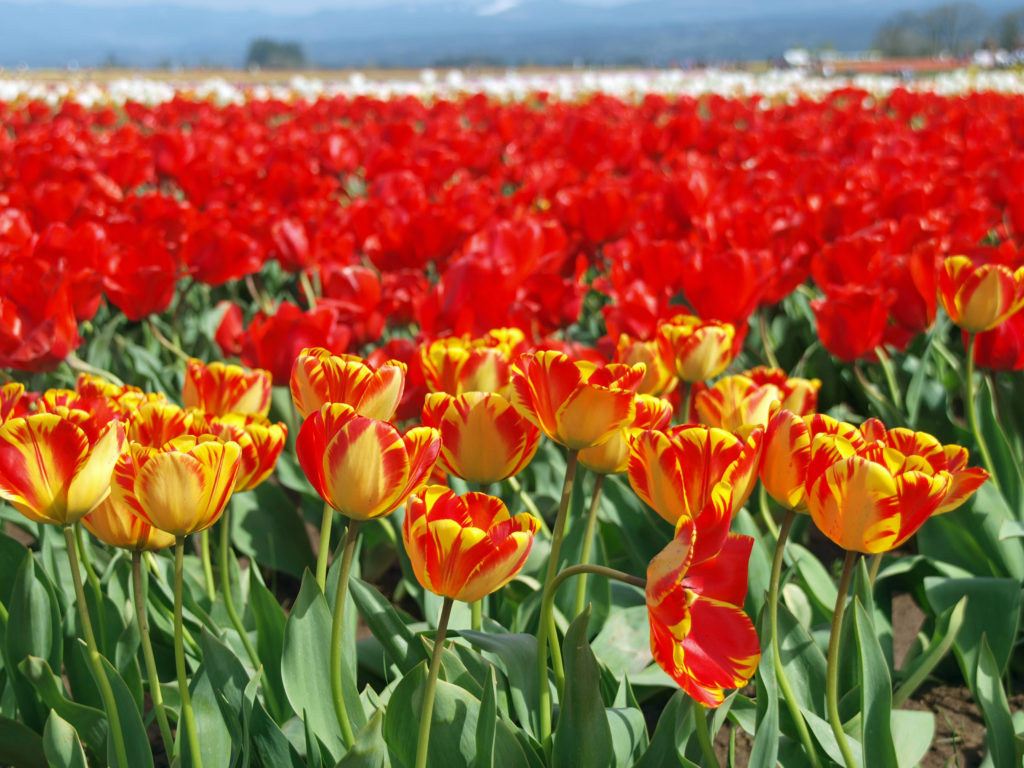 Cut flowers and potted bulbs are available for purchase at the farm, and flower bulbs can be ordered for fall delivery.
Cut flowers and potted bulbs are available for purchase at the farm, and flower bulbs can be ordered for fall delivery. 